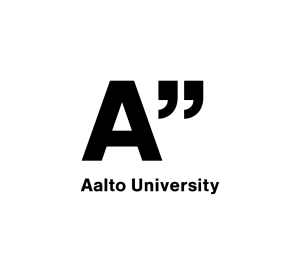
The Aalto School of Arts, Design and Architecture is a Nordic leader in higher education for design, fashion, games, media, architecture, film, art education and art. We produce world-class research in art education, design and design thinking, digital media and visual culture, urban planning, architecture and landscape architecture. We educate students to be global citizens, contributing to their communities with imaginative, collaborative, compassionate and unconventional approaches to some of the most pressing challenges facing the world today.
Facebook
LinkedIn
Twitter
Instagram
YouTube
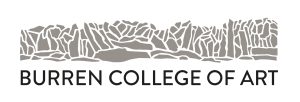 Founded in 1994, Burren College of Art is located in the West of Ireland in the rural region of the Burren – an area famous for its natural beauty and unique ecosystem. We are an internationally recognized Irish non-profit college specializing in undergraduate, postgraduate and alternative approaches to fine art education. Our postgraduate programmes are accredited by the National University of Ireland, Galway and welcome students from all over the world. Our undergraduate programme is designed for students in North America who wish to study abroad in Ireland for one to two semesters. Our workshops and residency programmes welcome international practitioners, and our Creative Difference and Leadership programmes are designed to educate non-artists in the principles and procedures of creative processes.
Founded in 1994, Burren College of Art is located in the West of Ireland in the rural region of the Burren – an area famous for its natural beauty and unique ecosystem. We are an internationally recognized Irish non-profit college specializing in undergraduate, postgraduate and alternative approaches to fine art education. Our postgraduate programmes are accredited by the National University of Ireland, Galway and welcome students from all over the world. Our undergraduate programme is designed for students in North America who wish to study abroad in Ireland for one to two semesters. Our workshops and residency programmes welcome international practitioners, and our Creative Difference and Leadership programmes are designed to educate non-artists in the principles and procedures of creative processes.
The MFA/MA in Art & Ecology was launched in 2013 as the first postgraduate degree in this field in Europe. This highly prescient and innovative programme is an interdisciplinary, research-based programme designed for students who wish to develop an ecologically focused artistic practice. Graduate students develop key skills in producing work in studio and field-based contexts, investigate how social and earth ecologies coexist within the unique context of the Burren, and have the opportunity to participate in collaborative or community based initiatives.
Students work with BCA’s core faculty team alongside environmental scientists and local community based organisations to develop critical enquiry through arts practice. Graduates produce a final exhibition of work engaging the dynamic between ecology and arts practice and demonstrating an embodiment of the social, cultural and theoretical concerns shaping the relationship between contemporary art and ecological thinking.
www.burrencollege.ie
Facebook
Instagram
YouTube
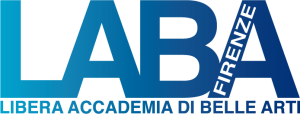 Dipartimento Design Laba Firenze
Dipartimento Design Laba Firenze
Understanding complexity or almost. Four stories of Laba projects
Design research, new languages for a new project.
Words are things: design has built the lexicon of our society. In the coming years, also in relation to the pandemic whose parable we do not yet know, its role will be decisive because objects will increasingly take centre stage, not only for their practical function but especially for their symbolic and ritual significance. A transformation is taking place that is not only economic, but also social and cultural. Darwin argued that ‘It is not the most intelligent species that survives, nor the strongest. It is the one most susceptible to change’. The most innovative design is research from ancient knowledge, the most surprising applications of 3D creations. Picking up on a reflection by Maldonado on the identity of design, namely that “…design (…) emerges as a ‘total social phenomenon’. That is, it belongs to that category of phenomena that cannot be examined in isolation, but always in relation to other phenomena with which they constitute a single connective tissue…”. The cultural dynamics of our time are becoming increasingly complex and entangled. Trying to understand the thread that holds them together appears to be a risky but not futile operation. In order to do so, it is necessary to abandon the usual disciplinary boundaries, it is necessary to annex to the territory of a specialist’s gaze even the naive reflection of those who risk linguistic hybridisation, opening up onto an undefined field lacking in unambiguous and detailed instincts. This interweaving of spaces, bodies, languages, histories, materials and affections is the territory with which the world of design is measured. Using, also, the objects that populate it as privileged cultural and expressive catalysts. And this is the key to understanding the Laba projects in this exhibition, a research that is part of my process of development, but at the same time an opportunity to explore a territory, a suspended condition, on the borders of art and life. A place of tension where all relations, all relationships with the sphere of the everyday are capable of creating an operational potential, determining a multiple environment affirmed solely by a sense of plurality. The discipline of design can be thought of as a large territory; just like any artistic form, it bases its cultural existence on diversity of expression.
Angelo Minisci
Coordinator Design Department Laba Florence
The LABA in Florence is an Academy of Fine Arts authorised by the MIUR. An Institute of Higher Artistic Education that has always focused on “innovative” courses, close to new technologies and involving the use of multimedia. The Academic Courses, equivalent to the degree, are structured on the 3+2 through the departments of Photography, Graphic Design & Multimedia, Visual Arts-Painting, Design, Fashion Design and Cinema and Audiovisual.
www.laba.biz
Instagram
Facebook
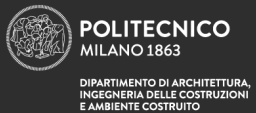 Scientific Director: Ingrid Paoletti (Professore Associato in Tecnologia dell’Architettura)
Scientific Director: Ingrid Paoletti (Professore Associato in Tecnologia dell’Architettura)
Members: Massimiliano Nastri (Associate Professor in Architectural Technology), Saverio Pasquale Spadafora (Technical Supervisor), Maria Anishchenko (PhD Student), Olga Beatrice Carcassi (PhD), Giorgio Castellano (PhD Student), Danilo Casto, Marta D’Alessandro (PhD Student), Gokhan Dede (PhD Student), Andrea Giglio (PhD Student), Giulia Grassi (PhD), Valeria Marsaglia (PhD Student)
The Material Balance Research group within the ABC Department – Architecture, Construction Engineering and Built Environment at the Politecnico di Milano, welcomes the activities of analysis, both theoretical and applied, by researchers related to academic, productive and constructive realities in the international field. The work within the research group is determined through the multidisciplinary examination (cognitive and design, methodological and instrumental) of multiple areas related to technological evolution and the needs of environmental balances within the contemporary scenario. In this regard, the study around the scientific and disciplinary formulation of Material Balance Research is outlined in accordance with the fundamentals of ‘polytechnic culture’, promoting principles and procedures oriented towards the need to limit non-renewable resources, reduce polluting emissions and ‘transformation’ (of processes, technologies and materials) in order to limit impacts on the environment: these ethical and cultural references help to establish the strategies, criteria and areas of analysis and application, through the development of themes and objectives aimed at supporting innovation within the technological culture of design and technology of architecture.
www.materialbalance.polimi.it

Klasse für Alle is a new program of continuing education, created by the University of applied Arts Vienna to opening up their institutes and departments towards all those who are interested in discussing, reflecting upon, and redesigning of our society. The urgency of current existential dangers requires collective action and dialogue. We invite people of all ages, cultures and backgrounds, from all professional fields, with or without previous education, and with a diverse range of skills and interests, to work with us on building a present and future worth living. In Klasse für Alle, we will learn from and with each other, and with as little hierarchy as possible. Artists and other specialists (from both within and outside the University) will lead and accompany this learning. Mutual appreciation and respect for different opinions will form the basis for this cooperation.
www.klassefueralle.uni-ak.ac.at
Instagram
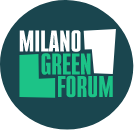
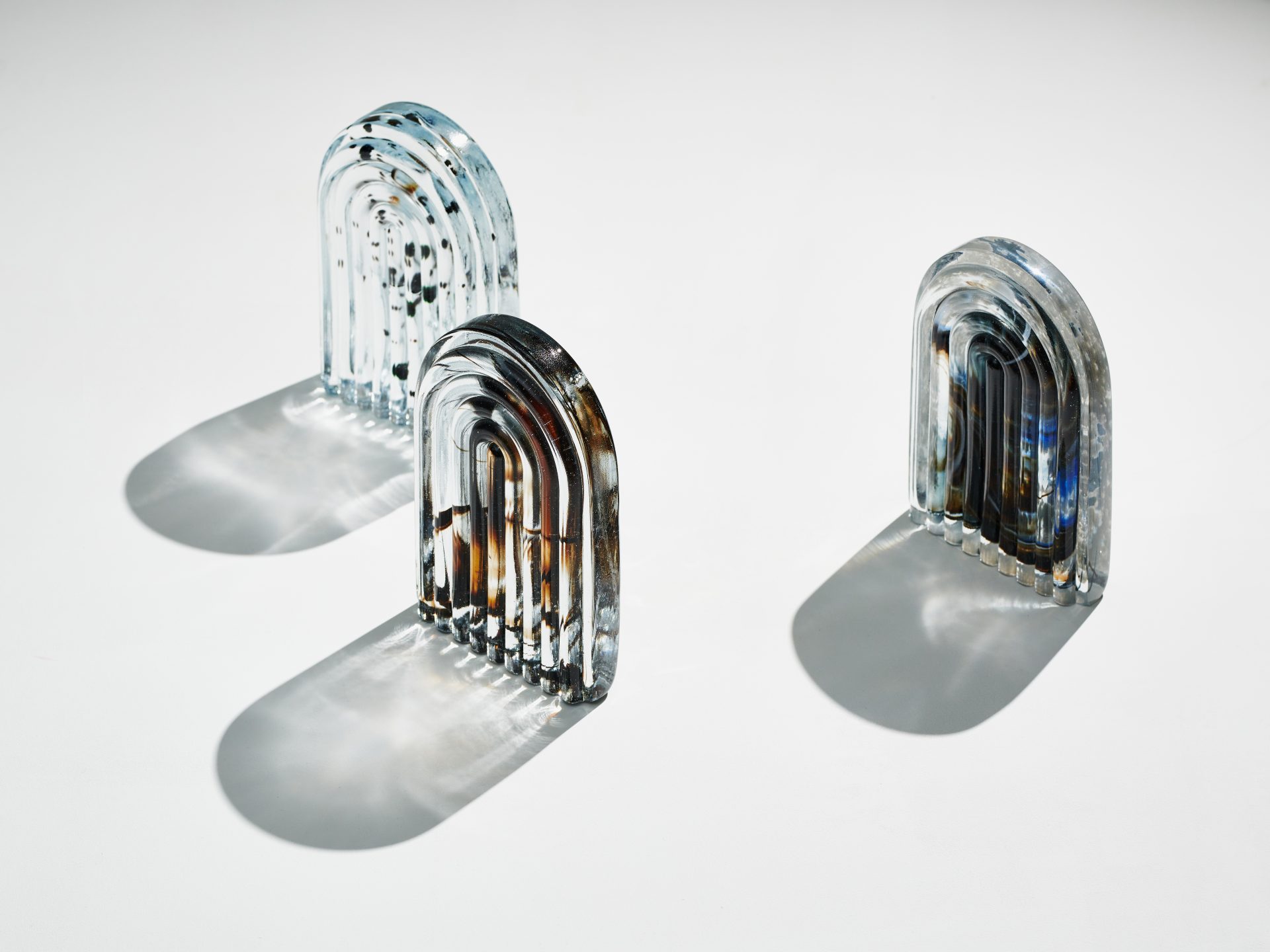
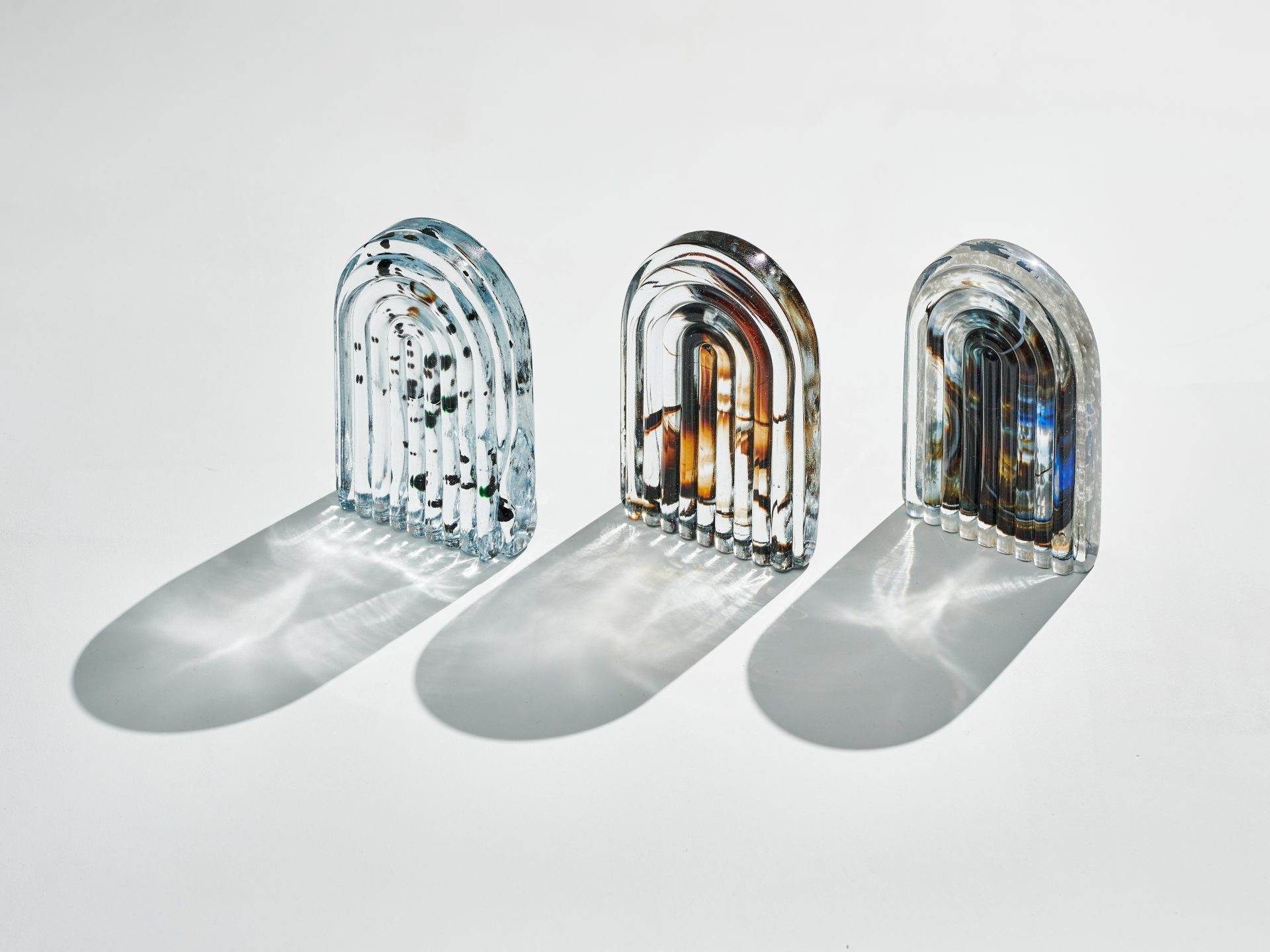
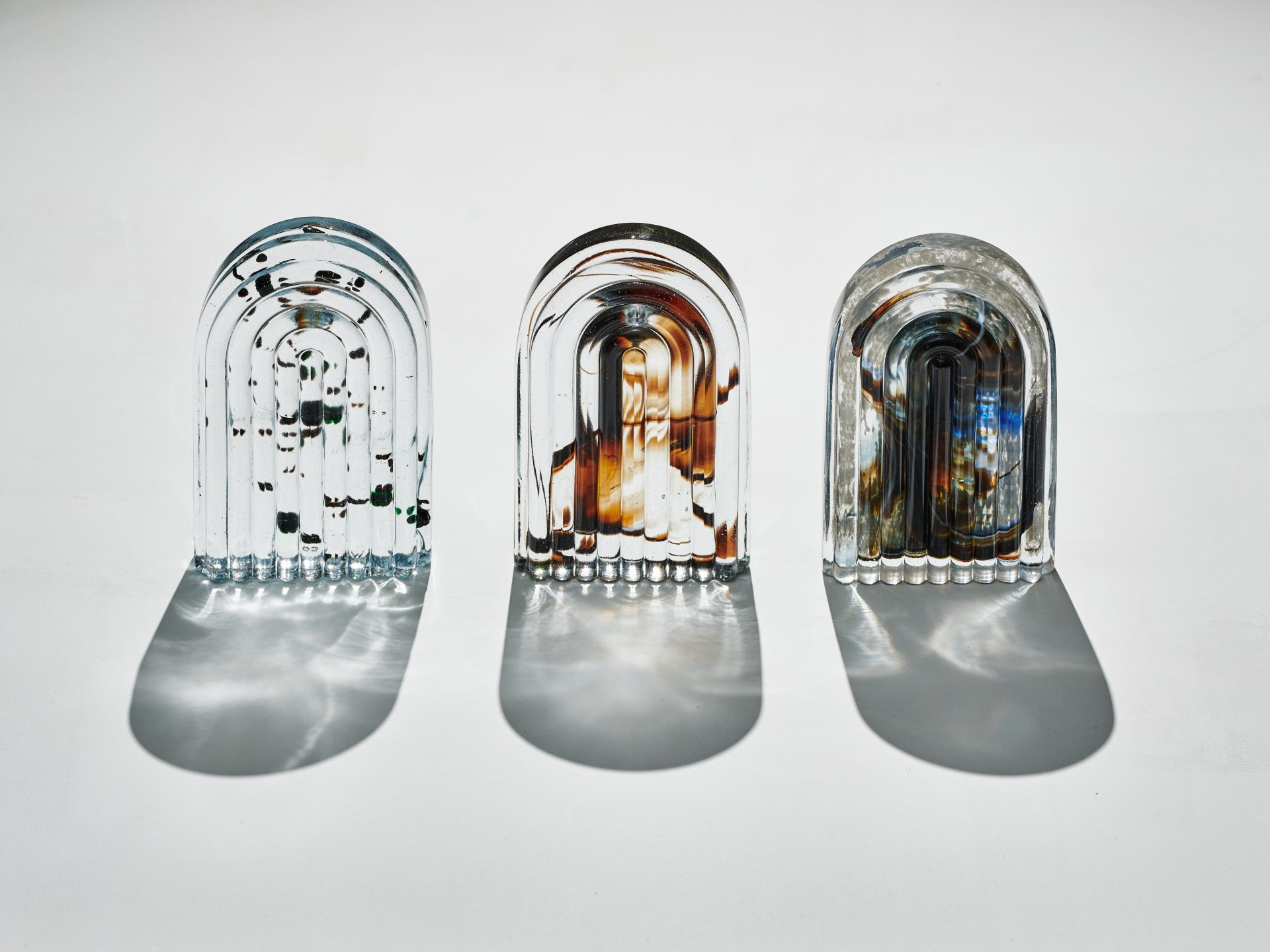
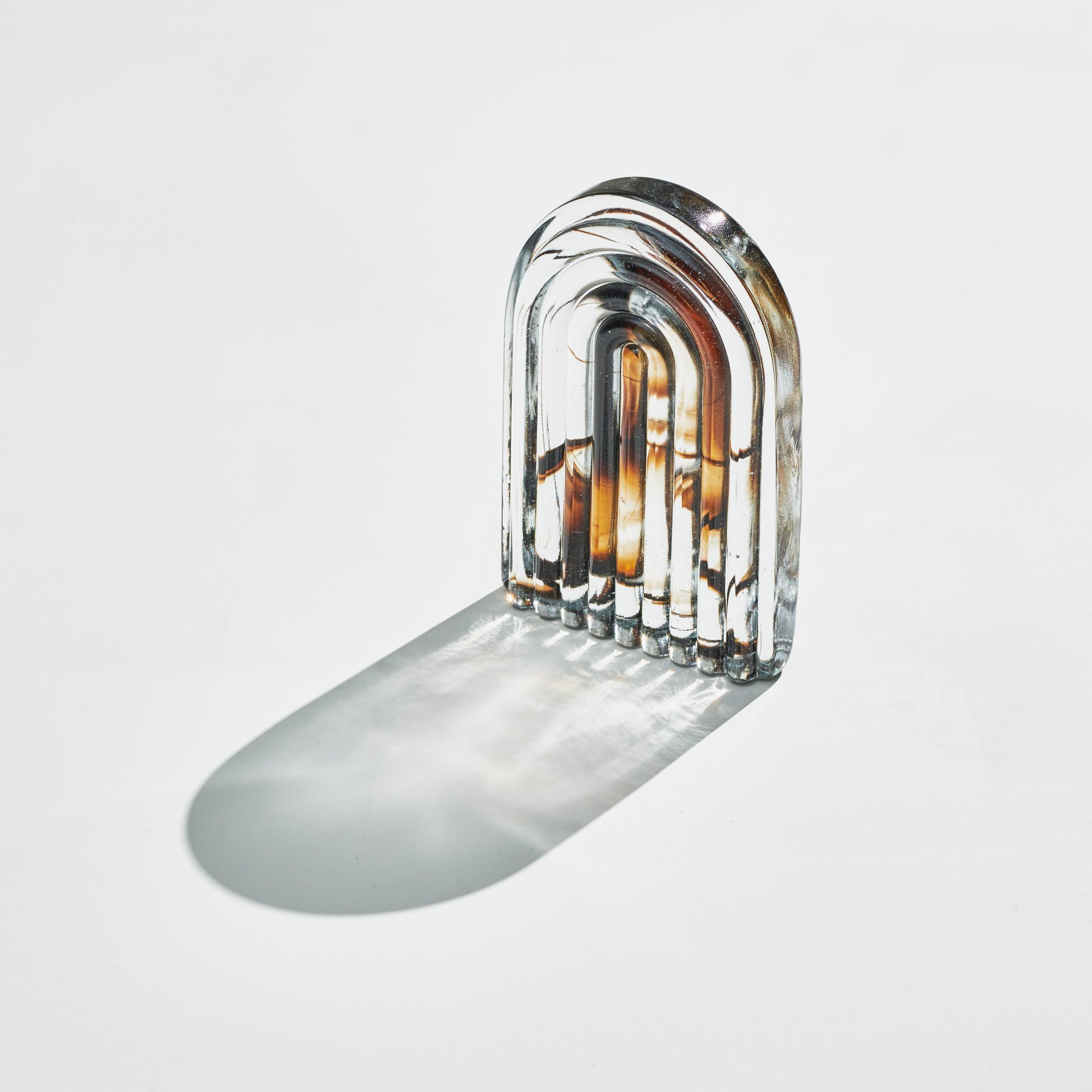
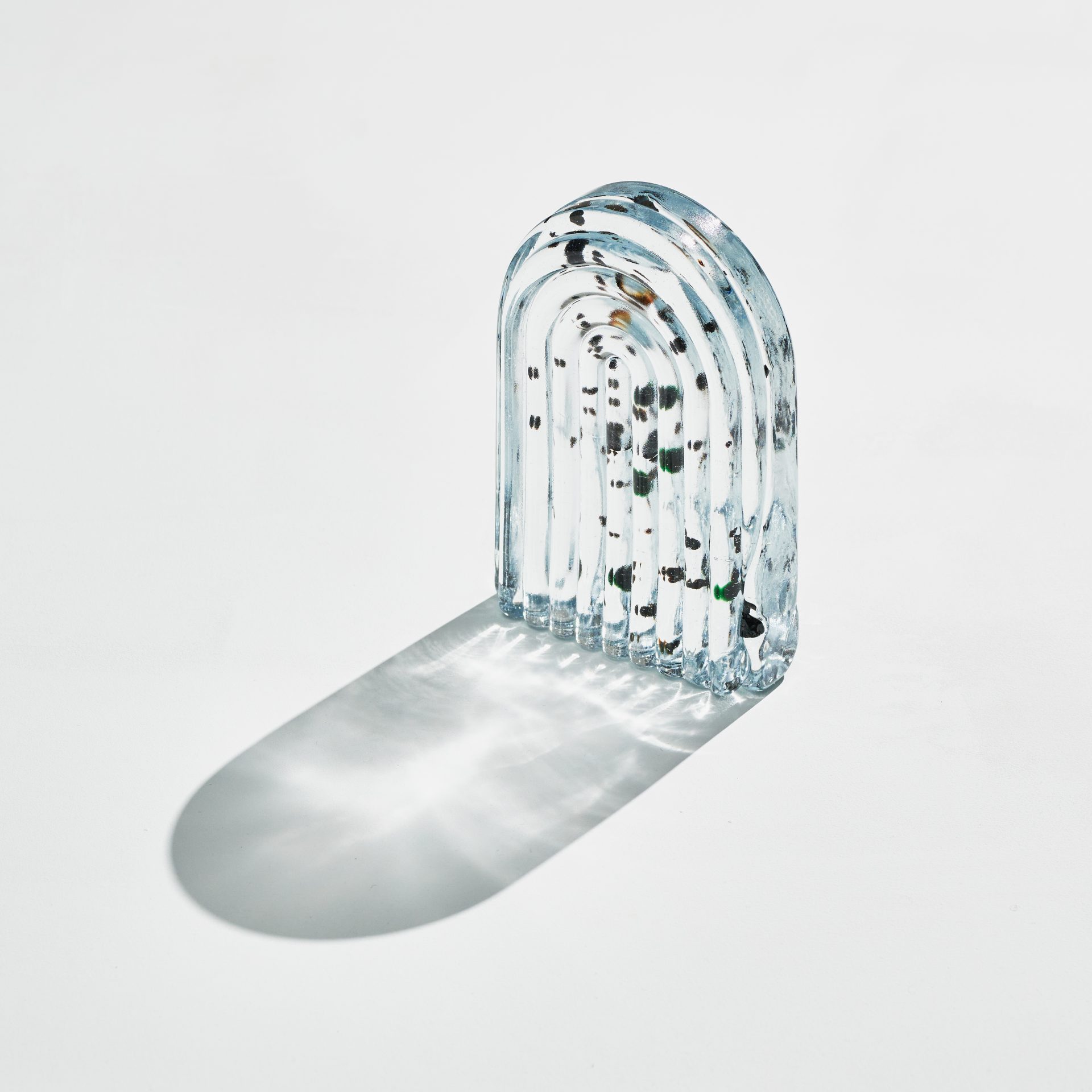
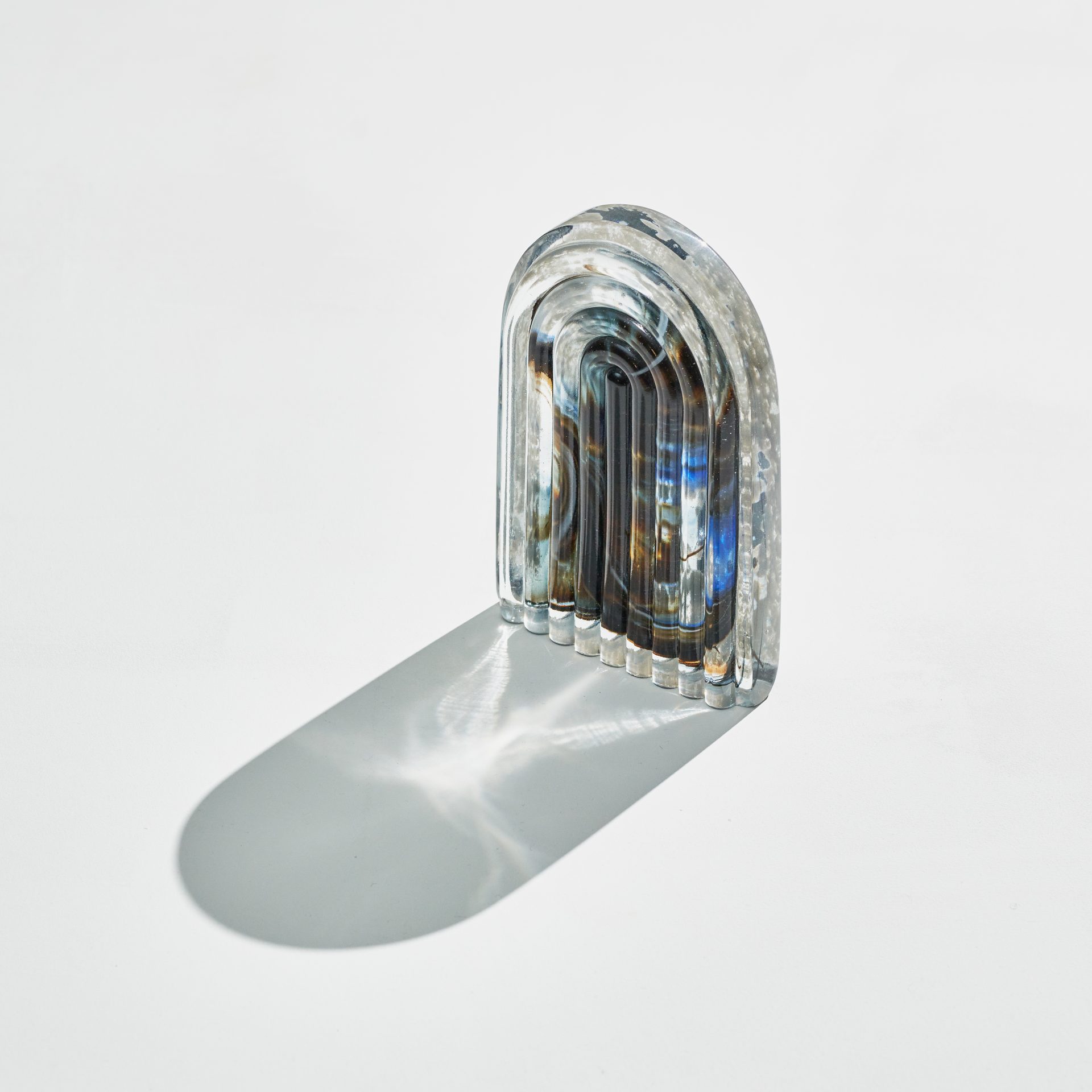
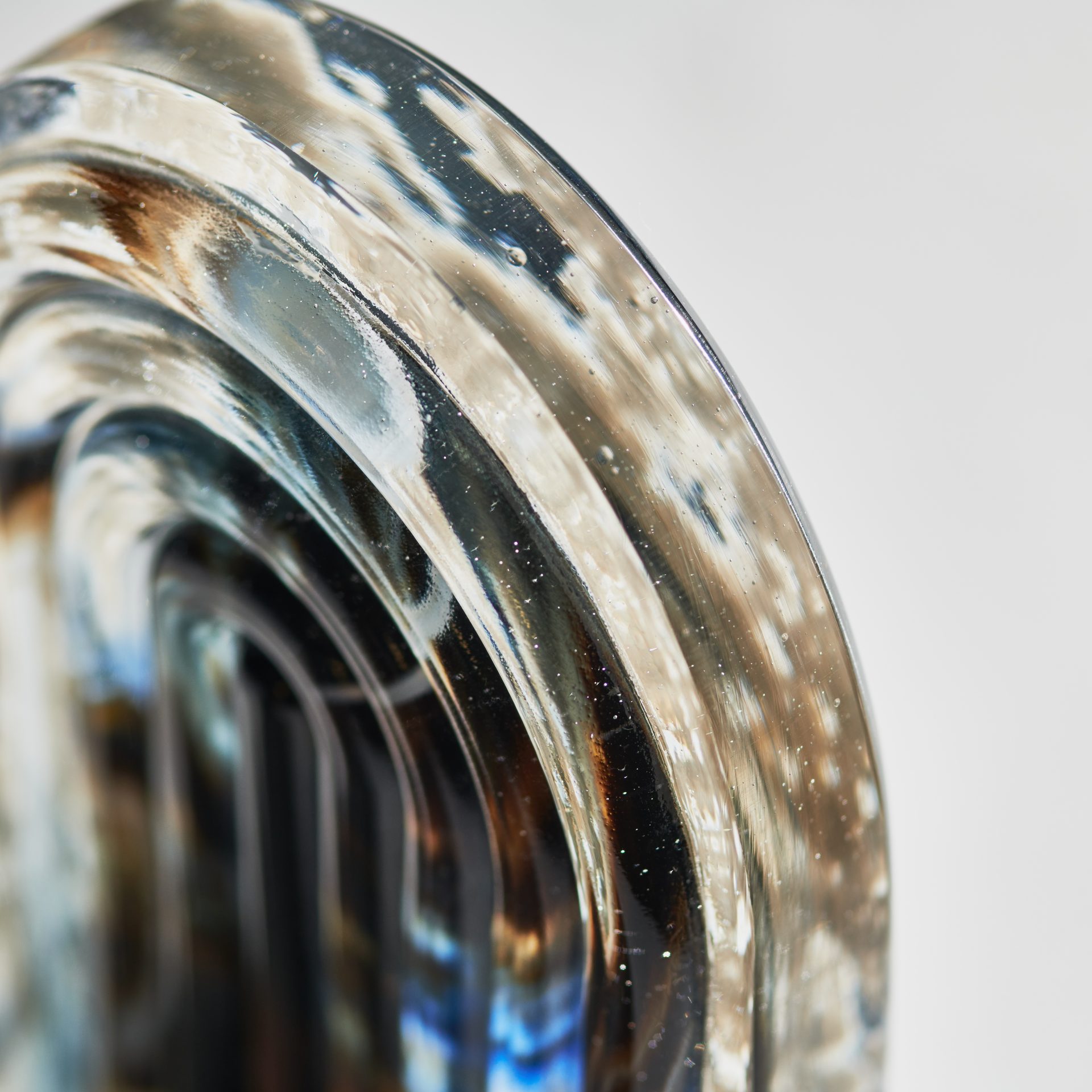
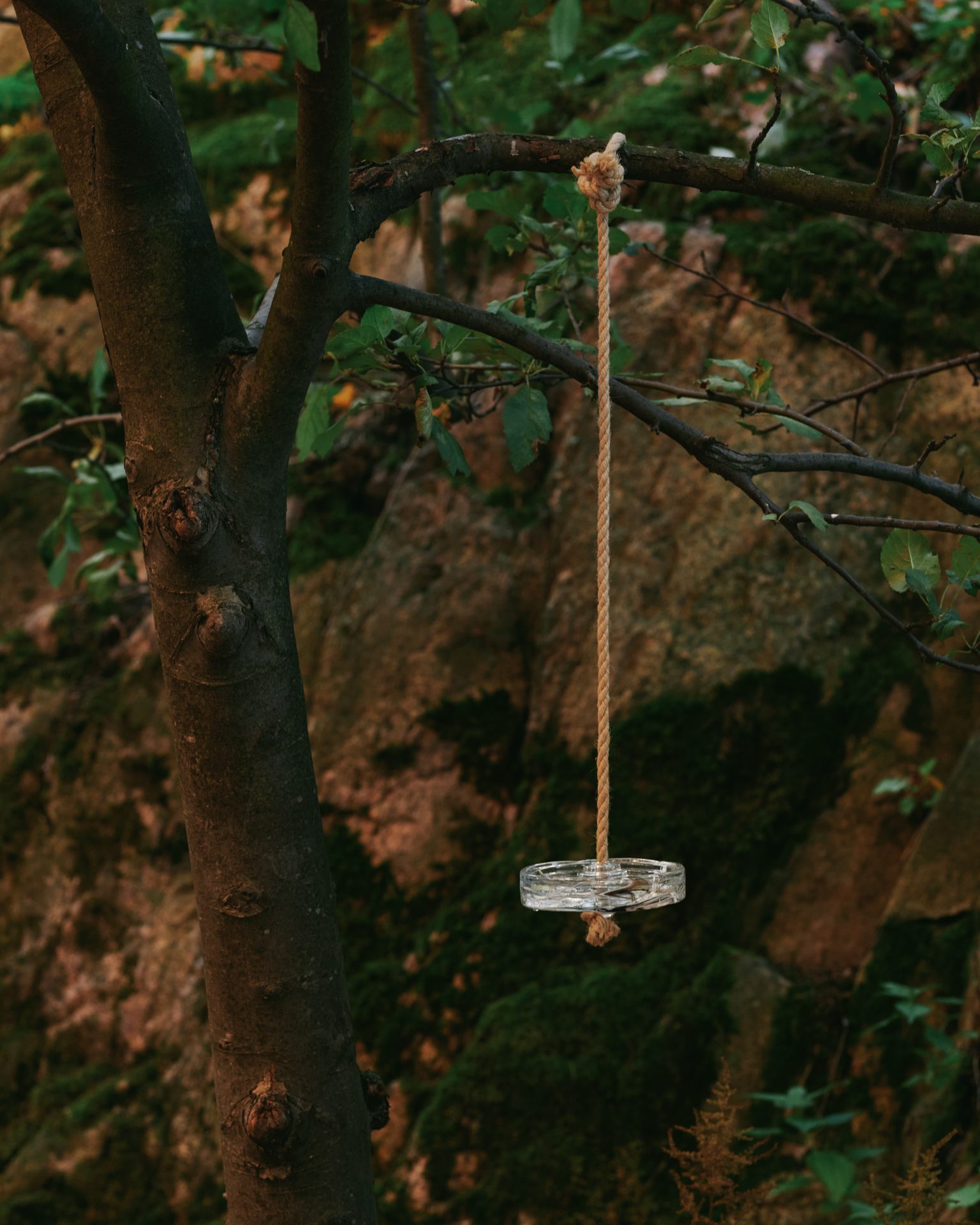
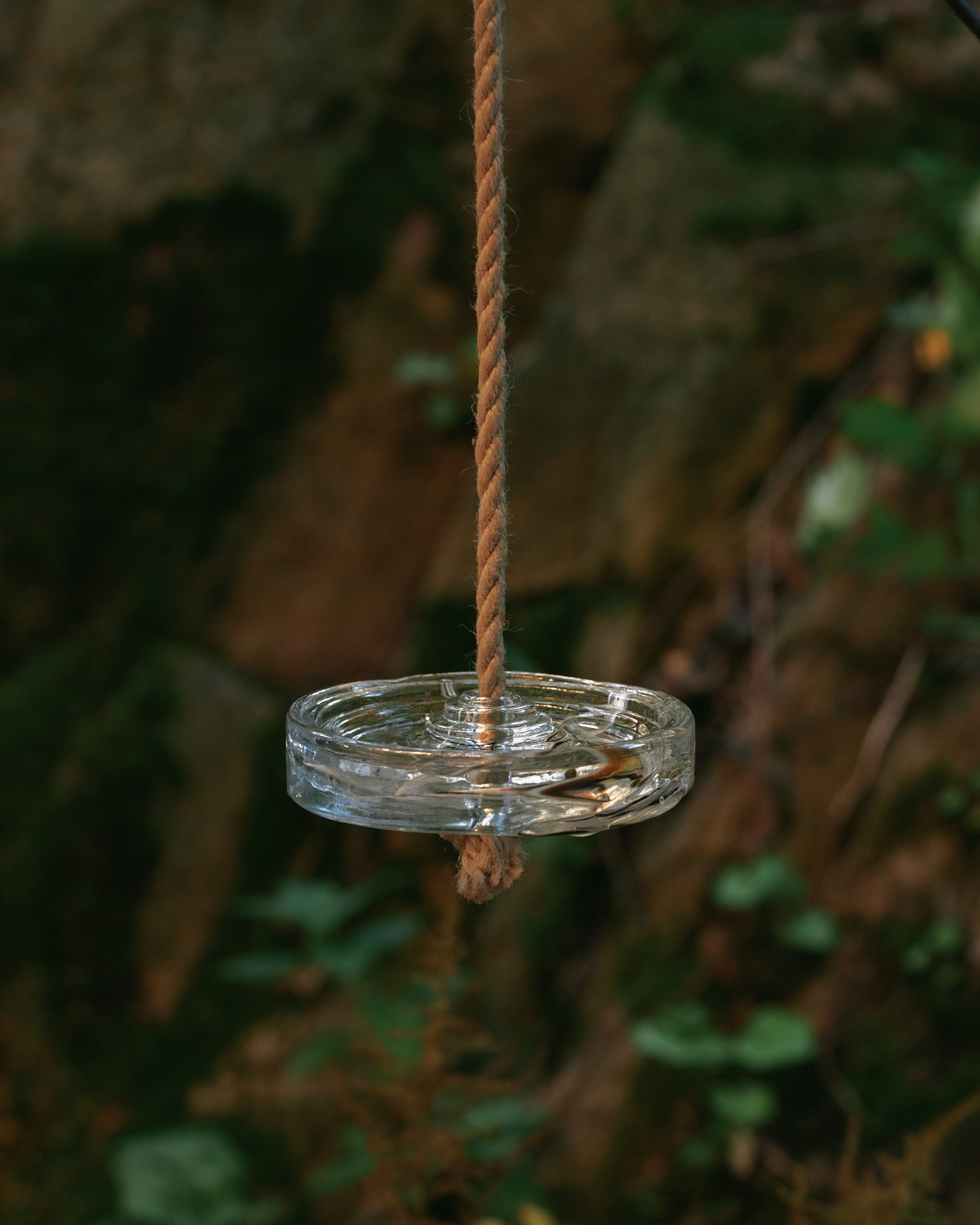
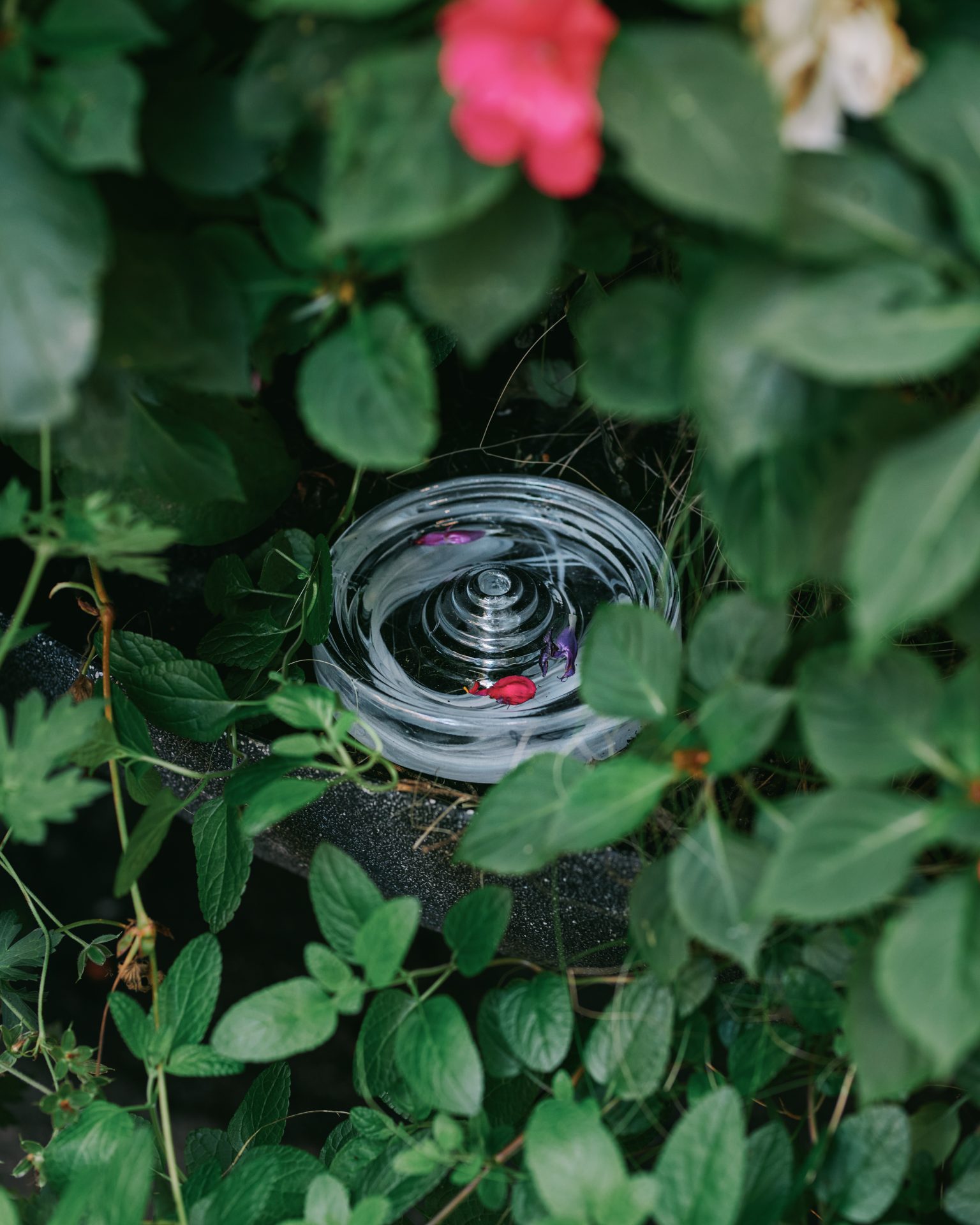
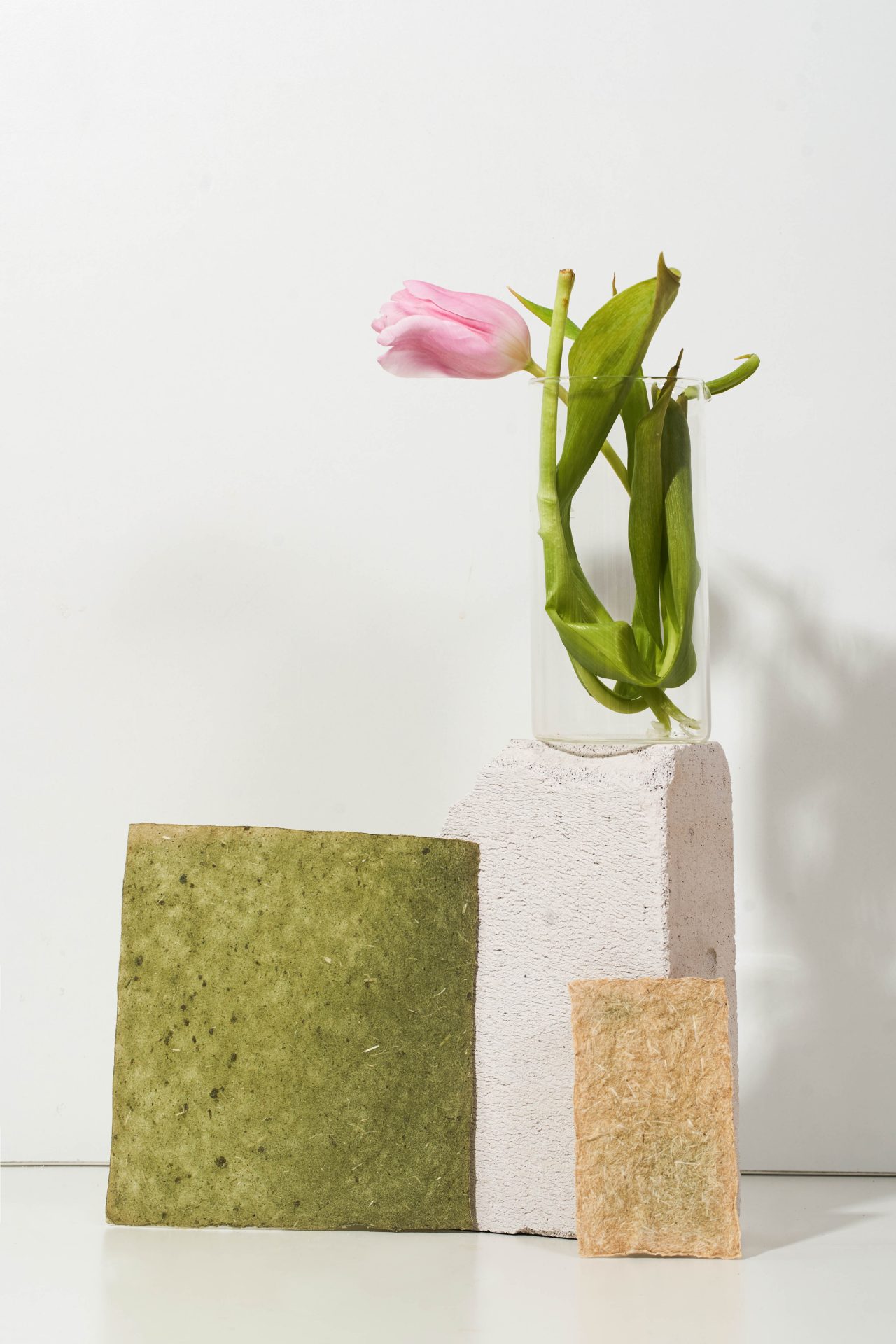
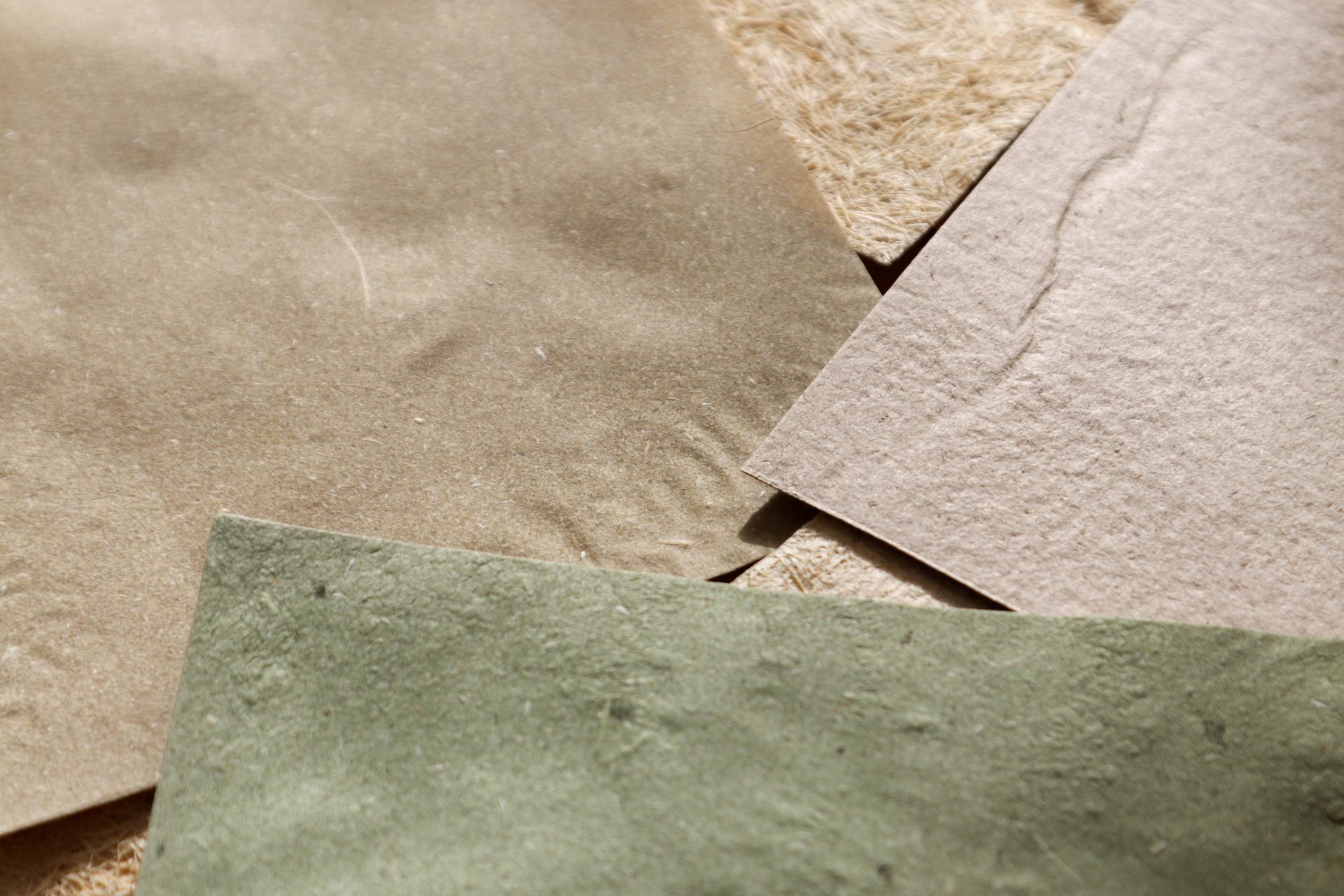
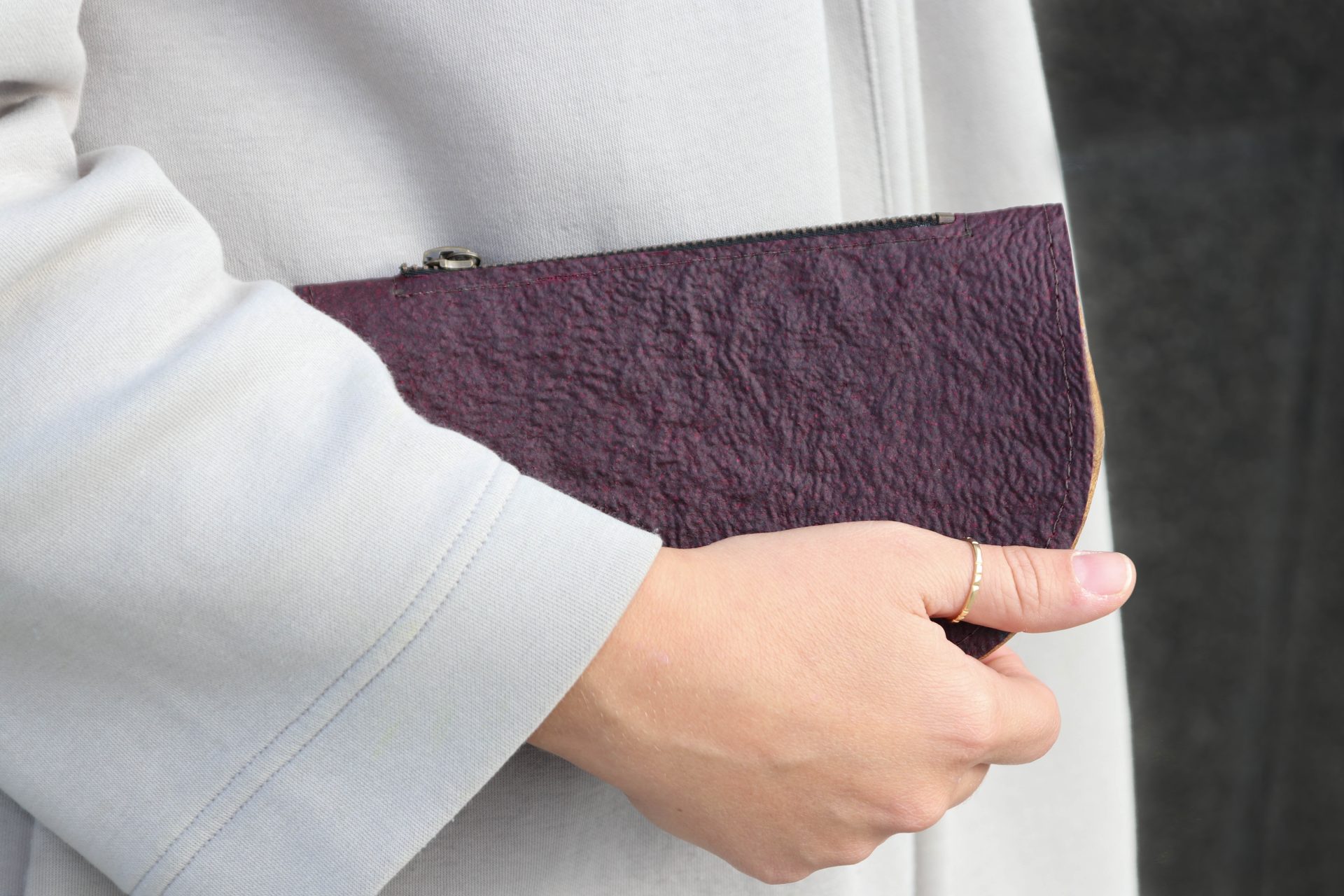
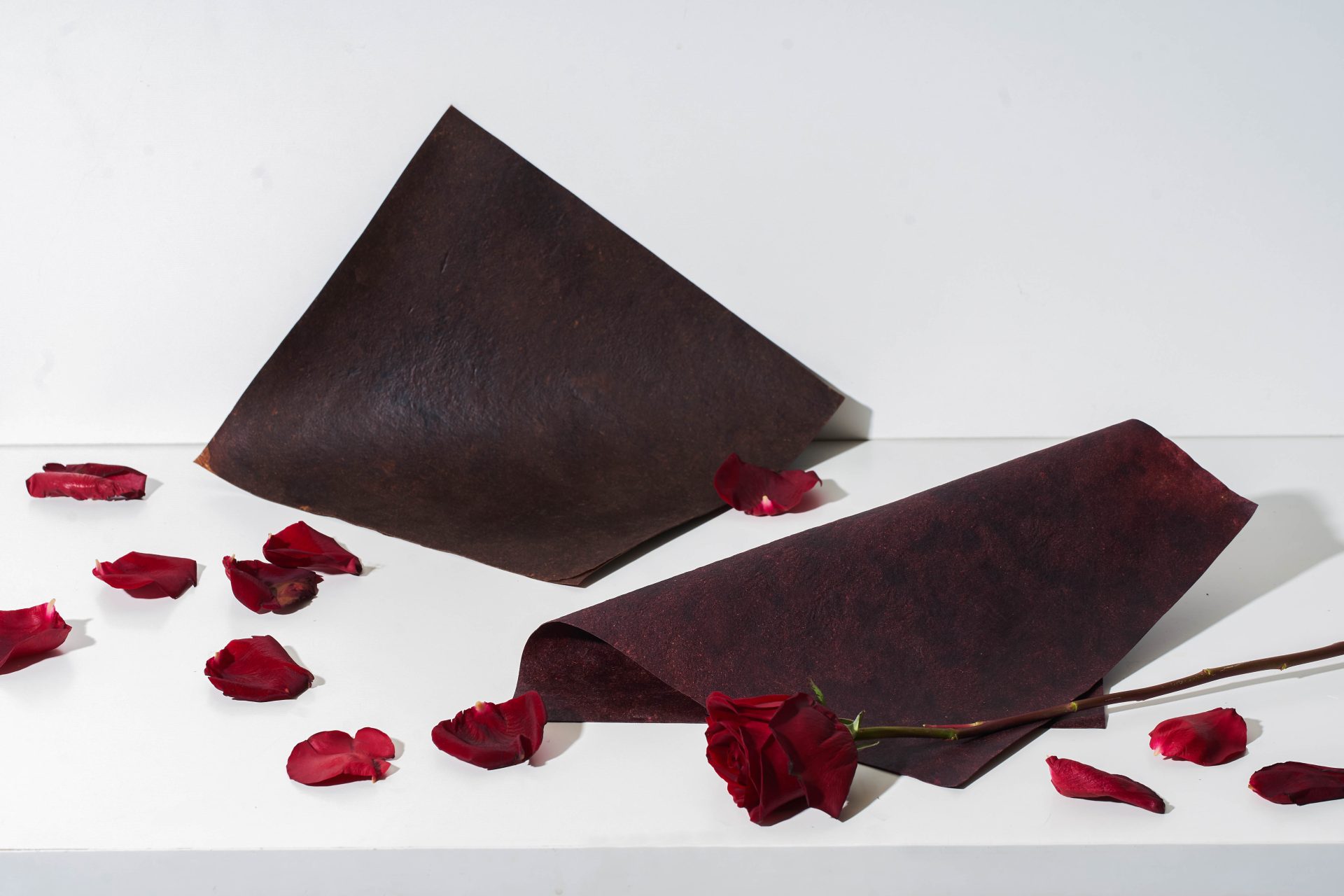
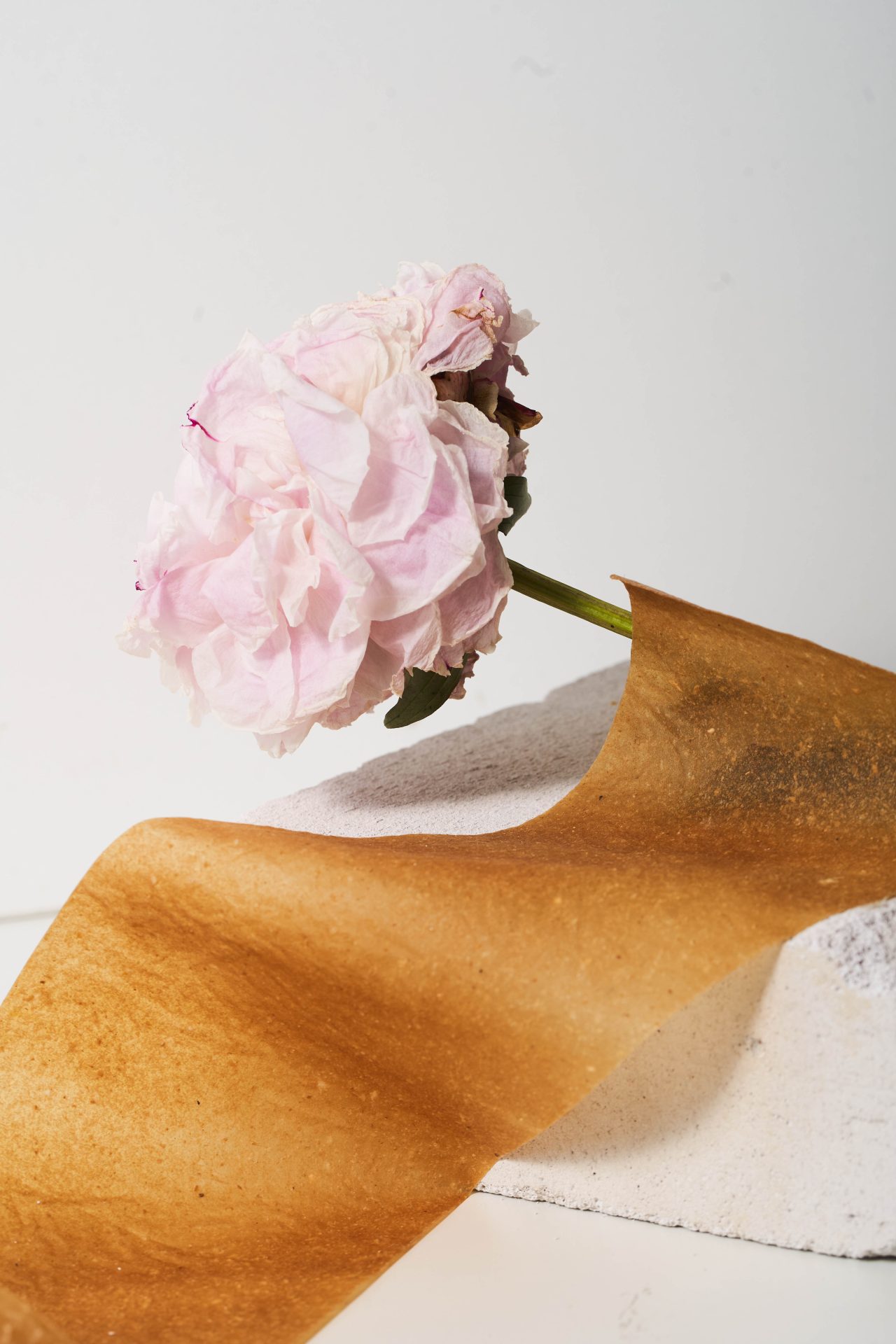
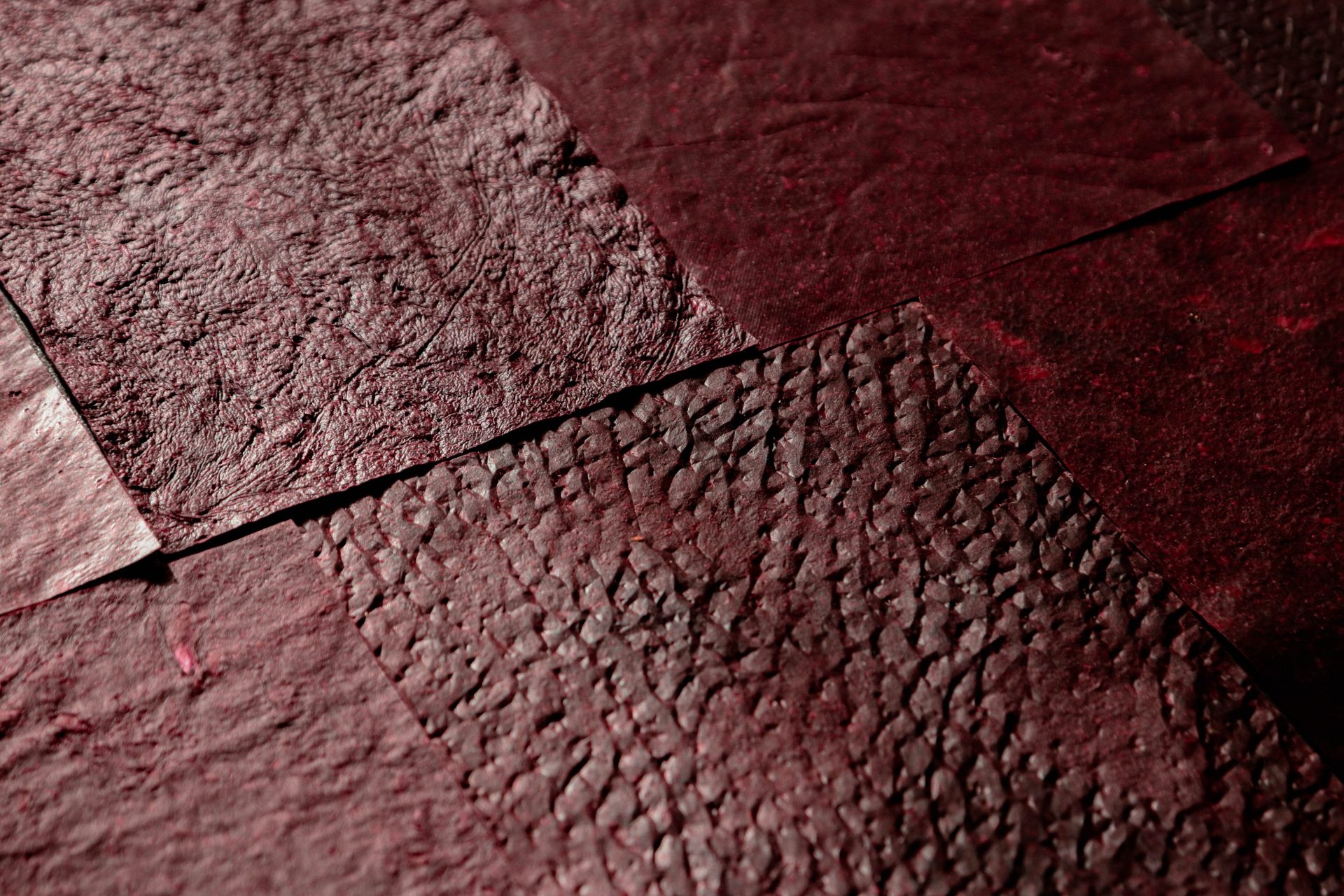
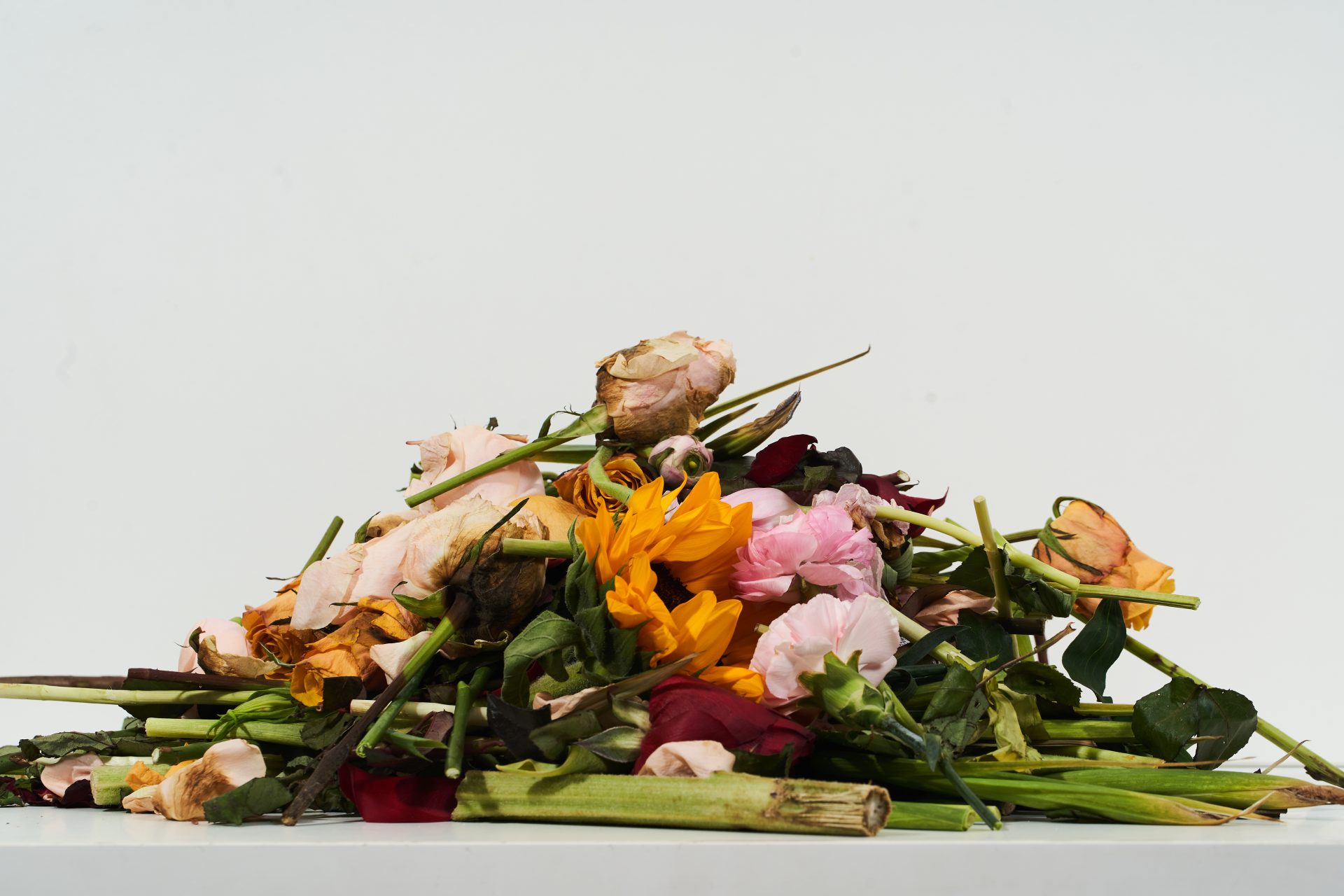
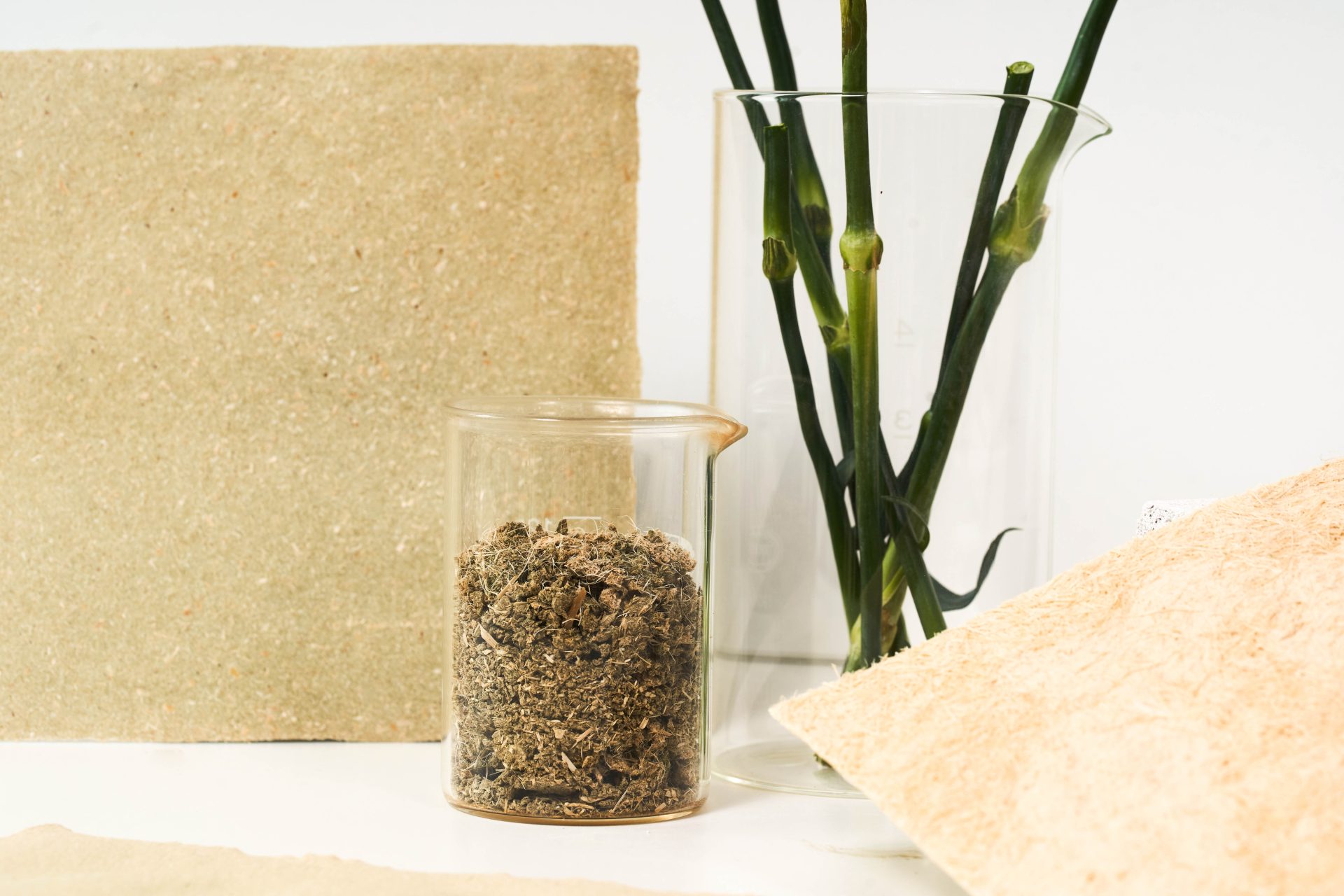
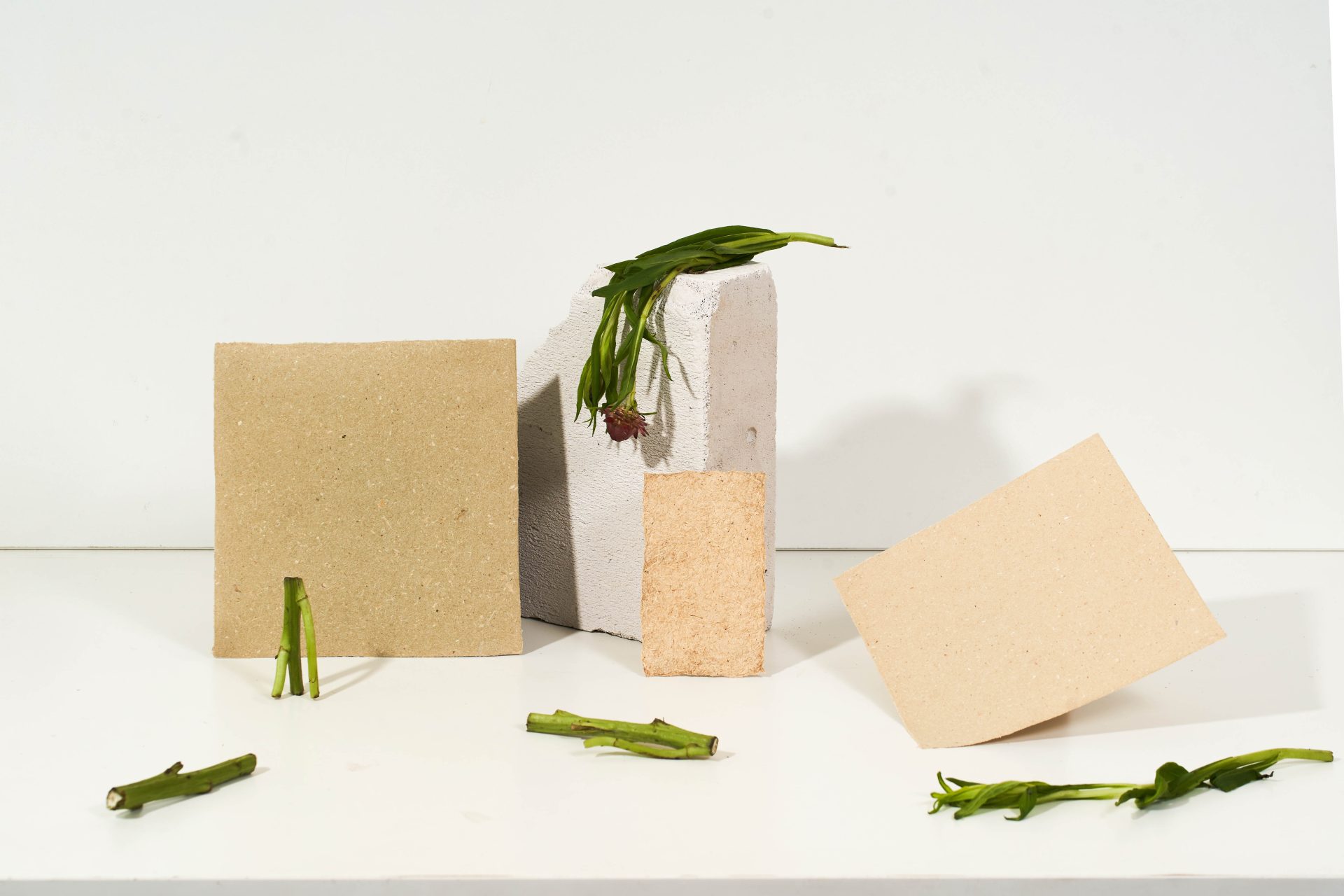








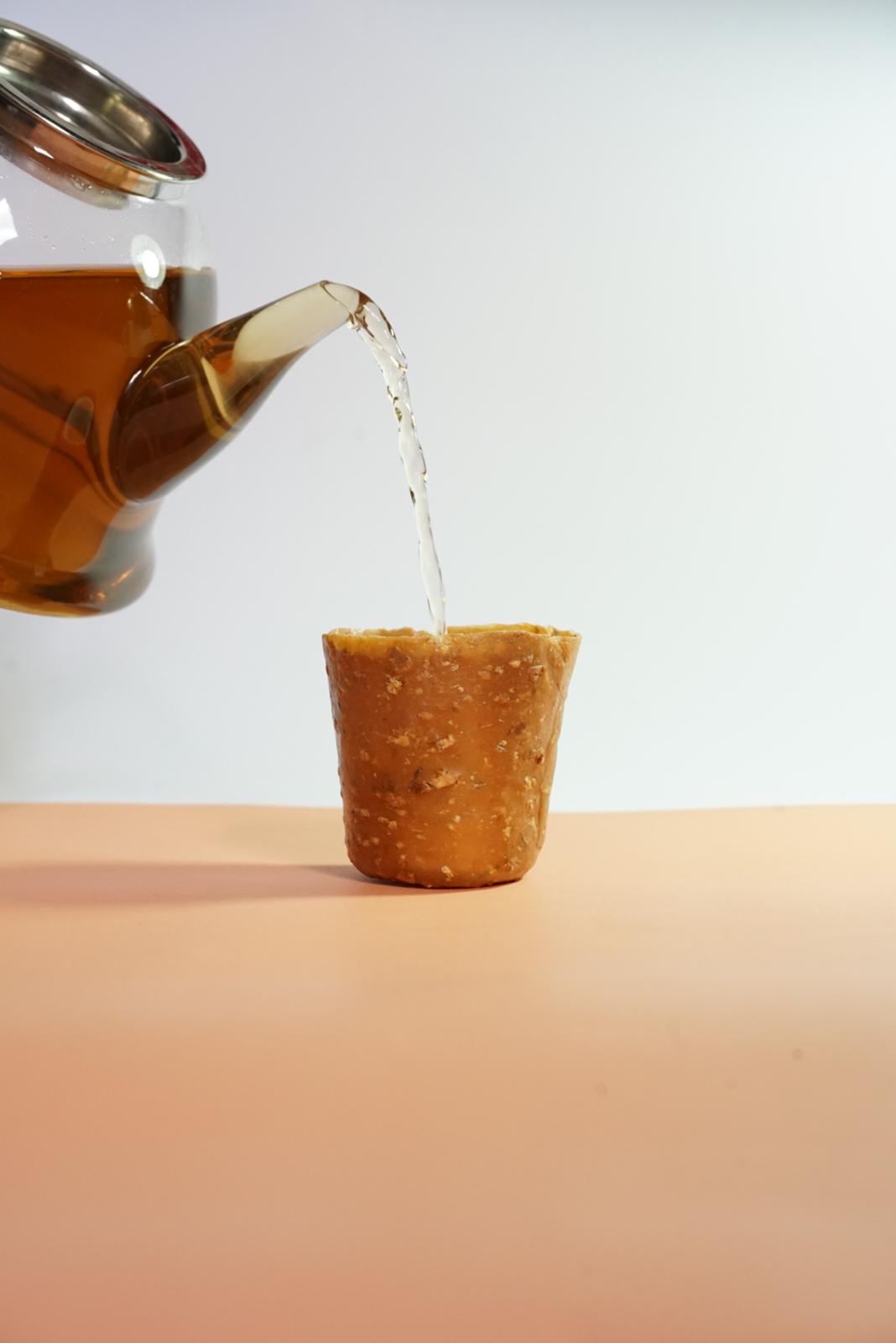
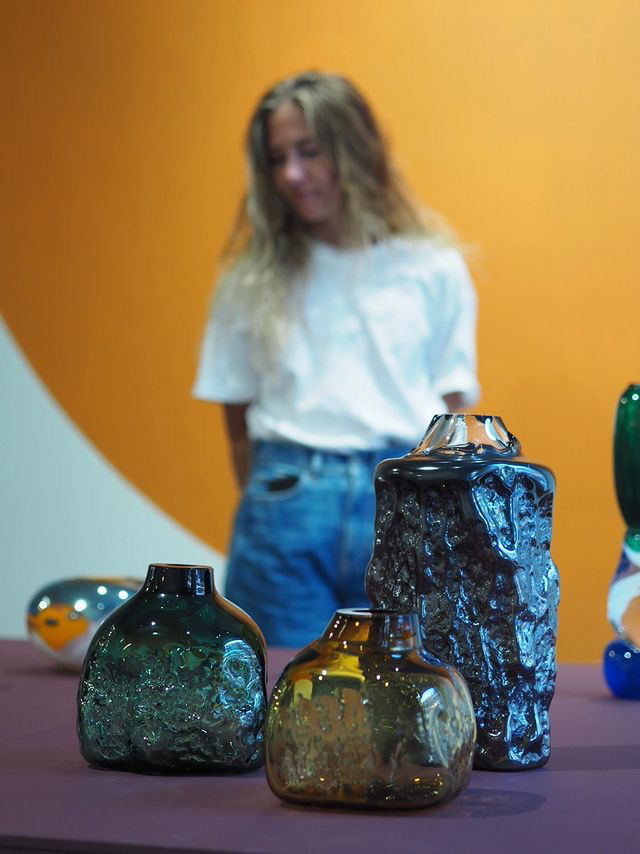
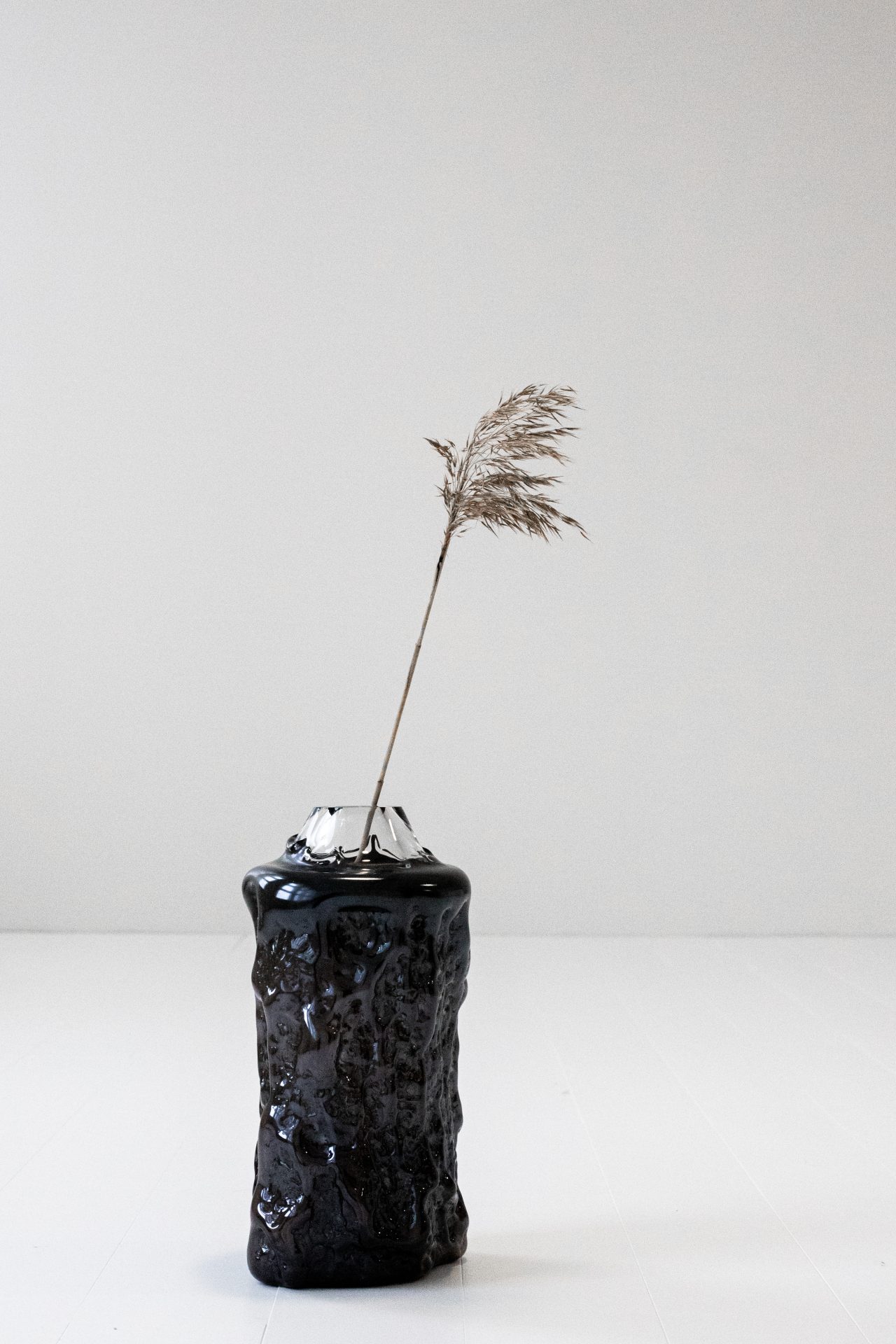
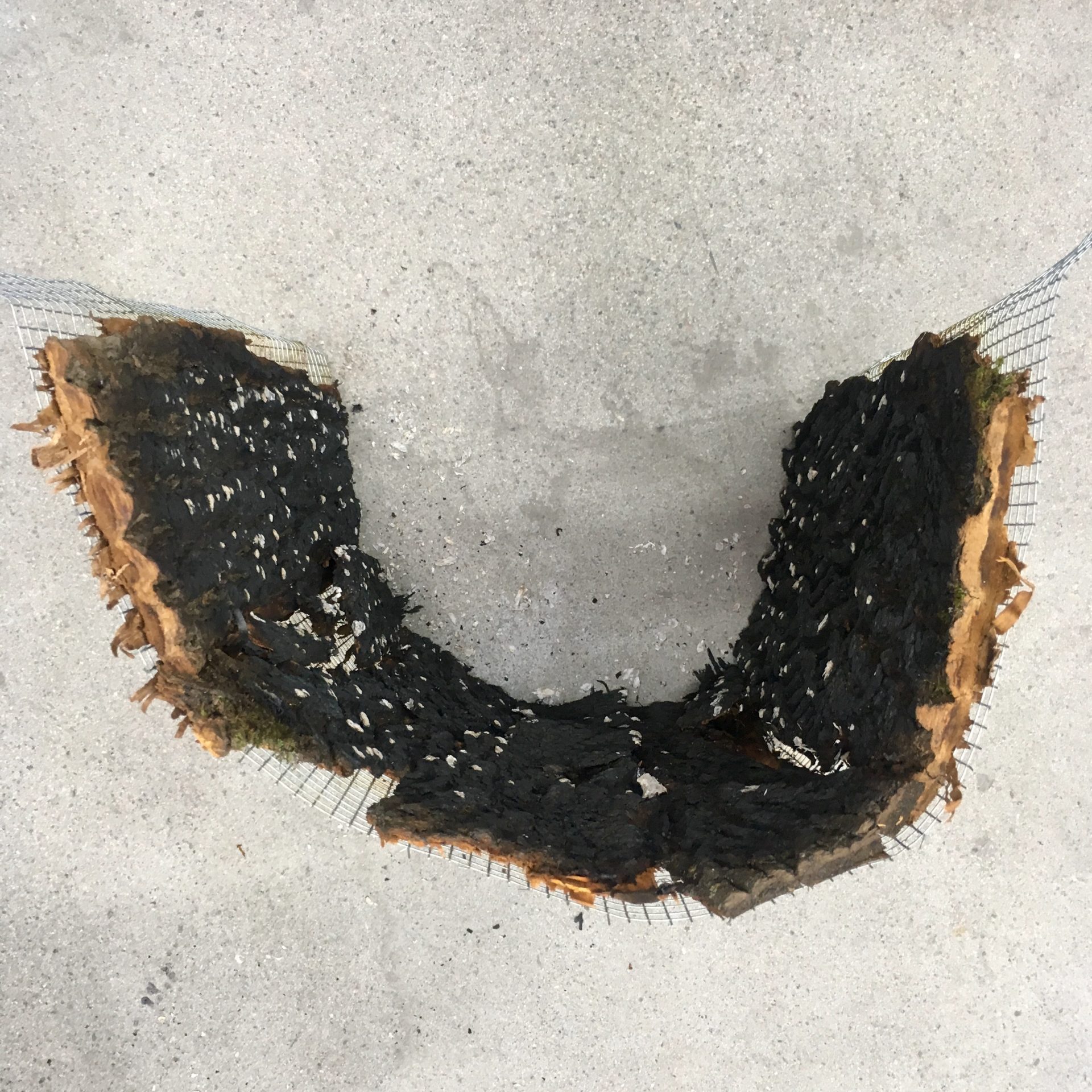
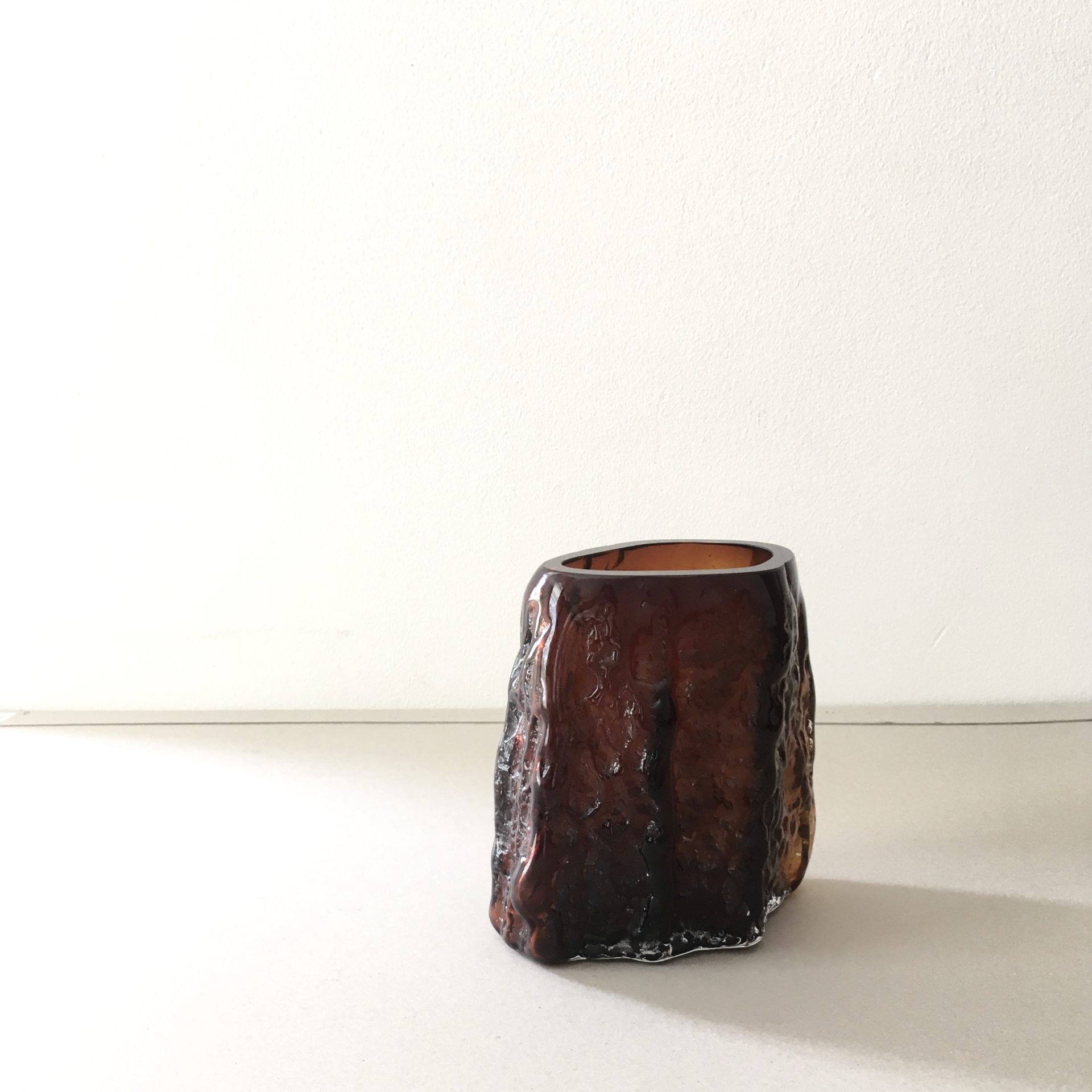
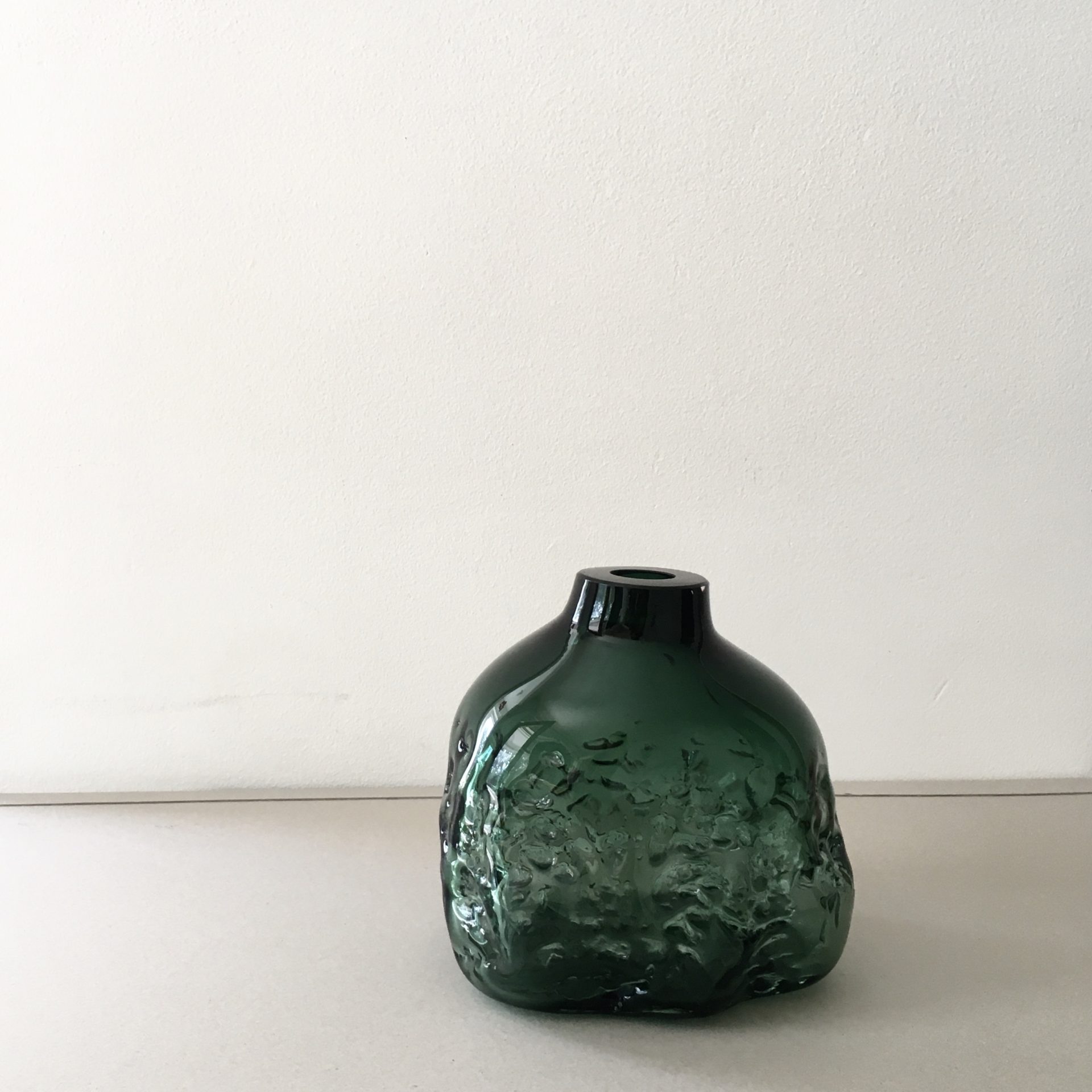


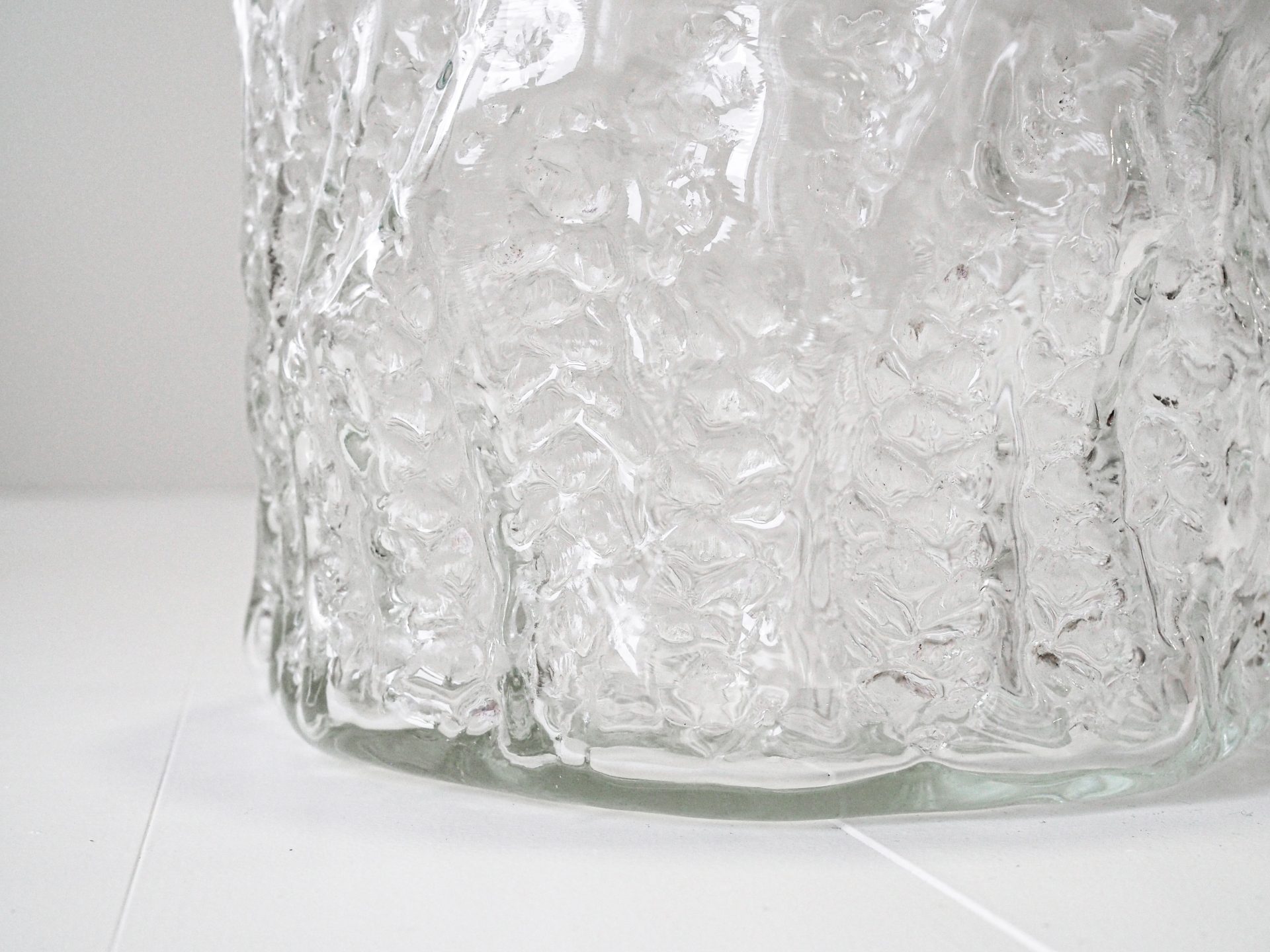
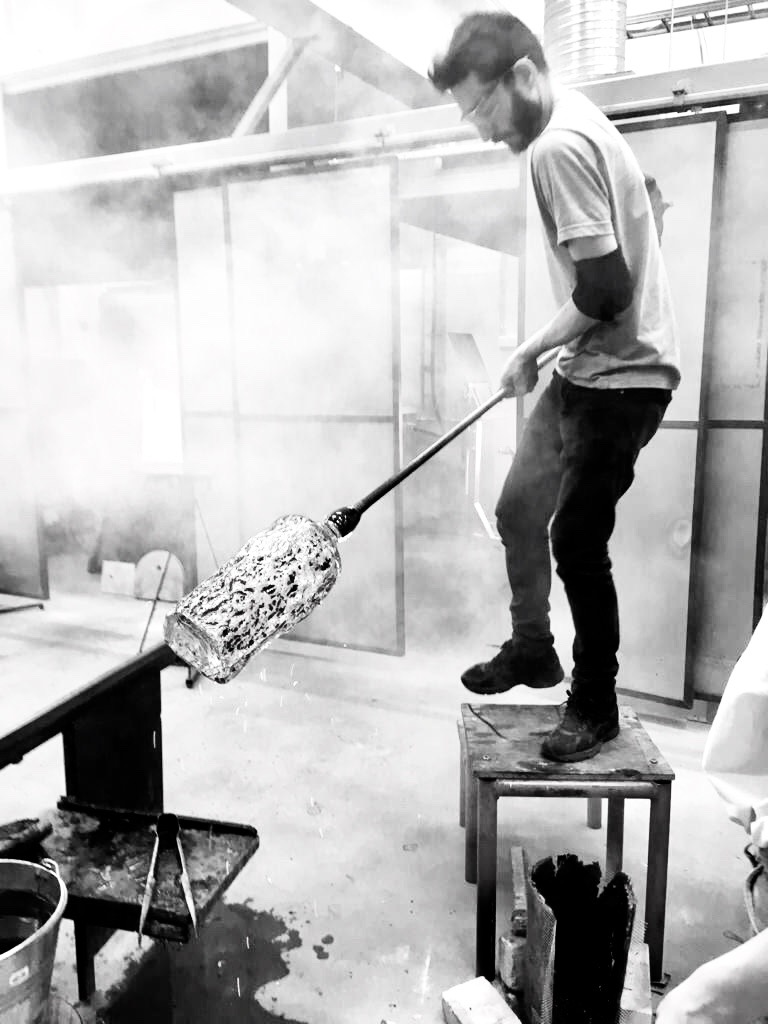
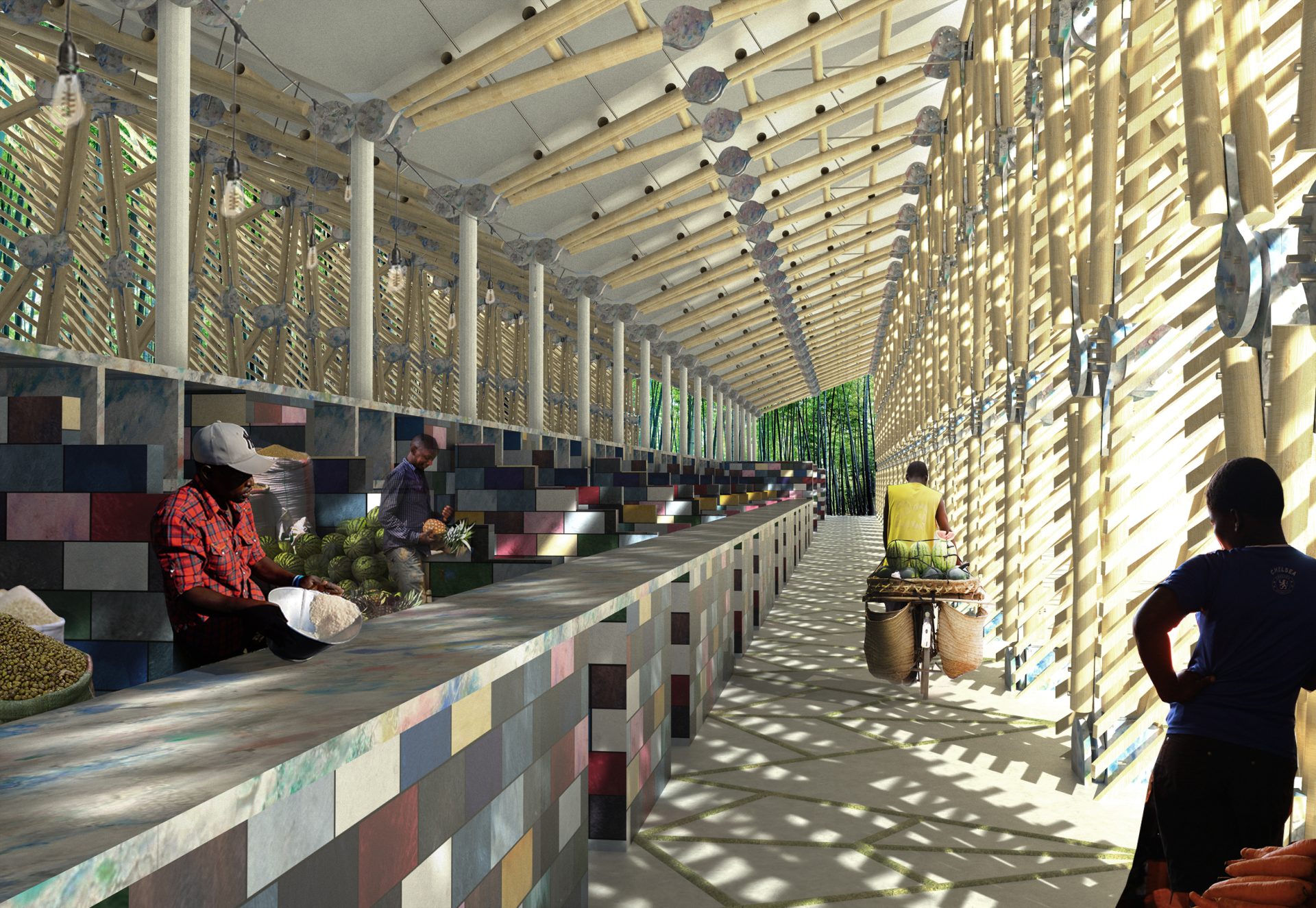
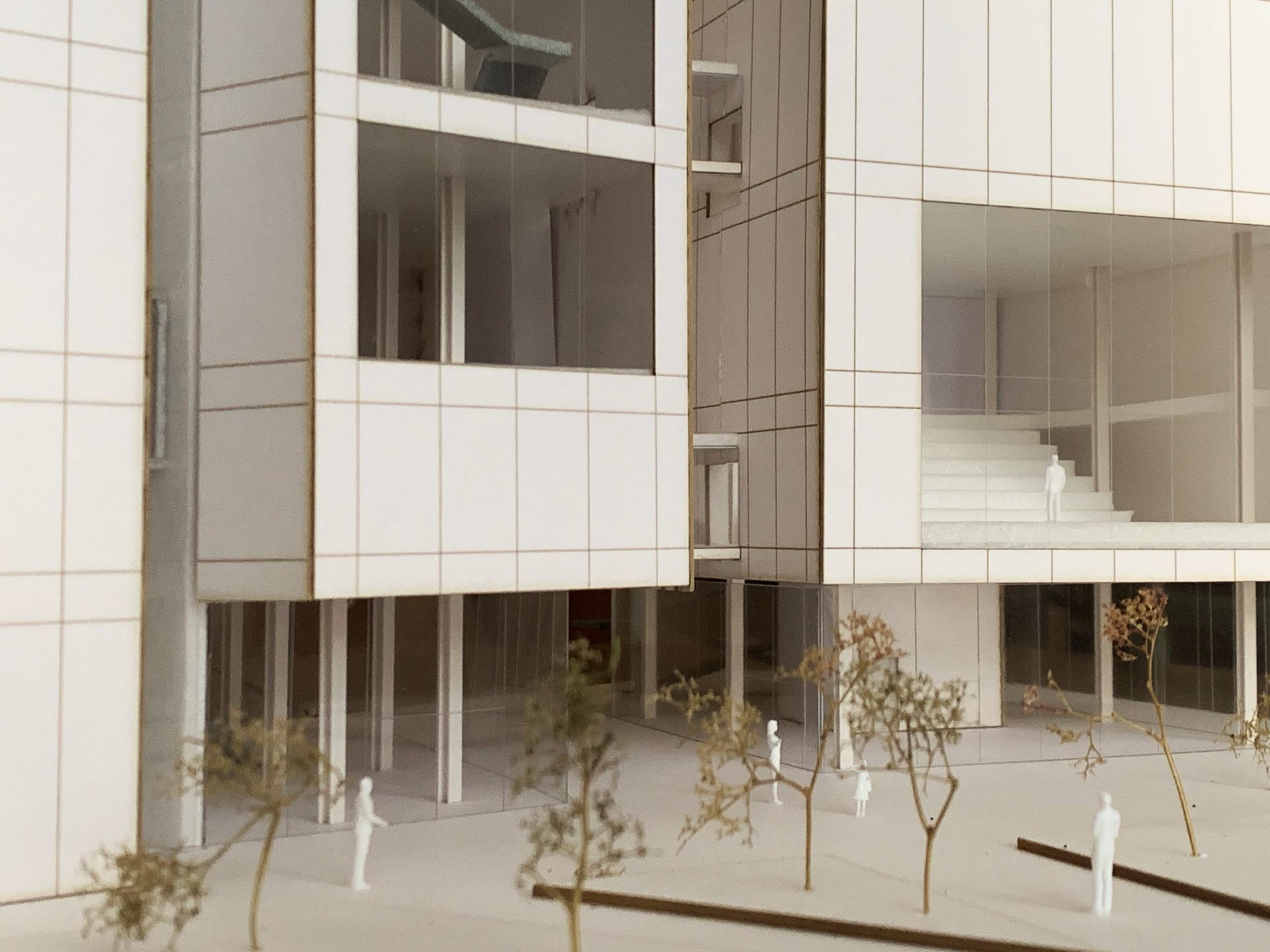








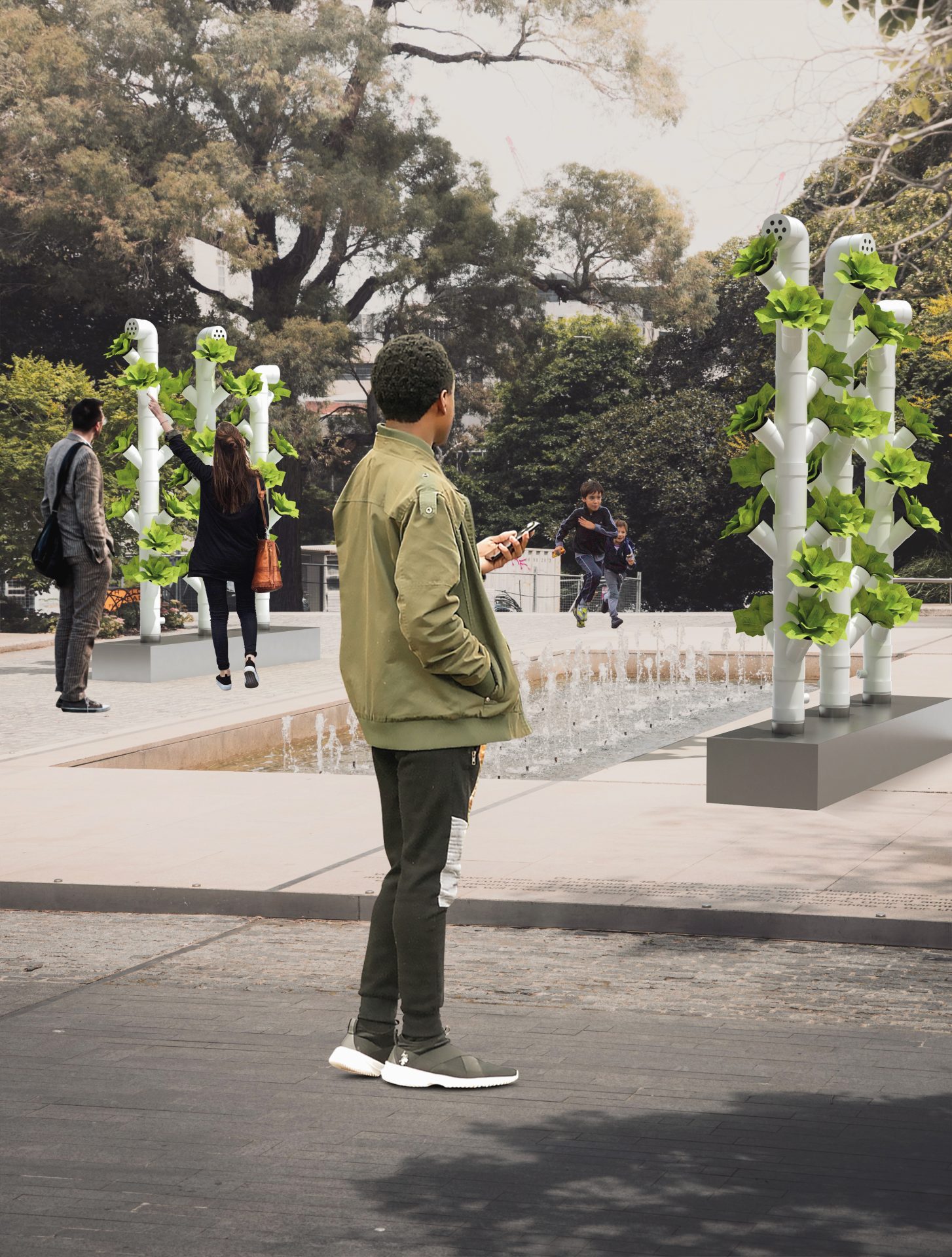
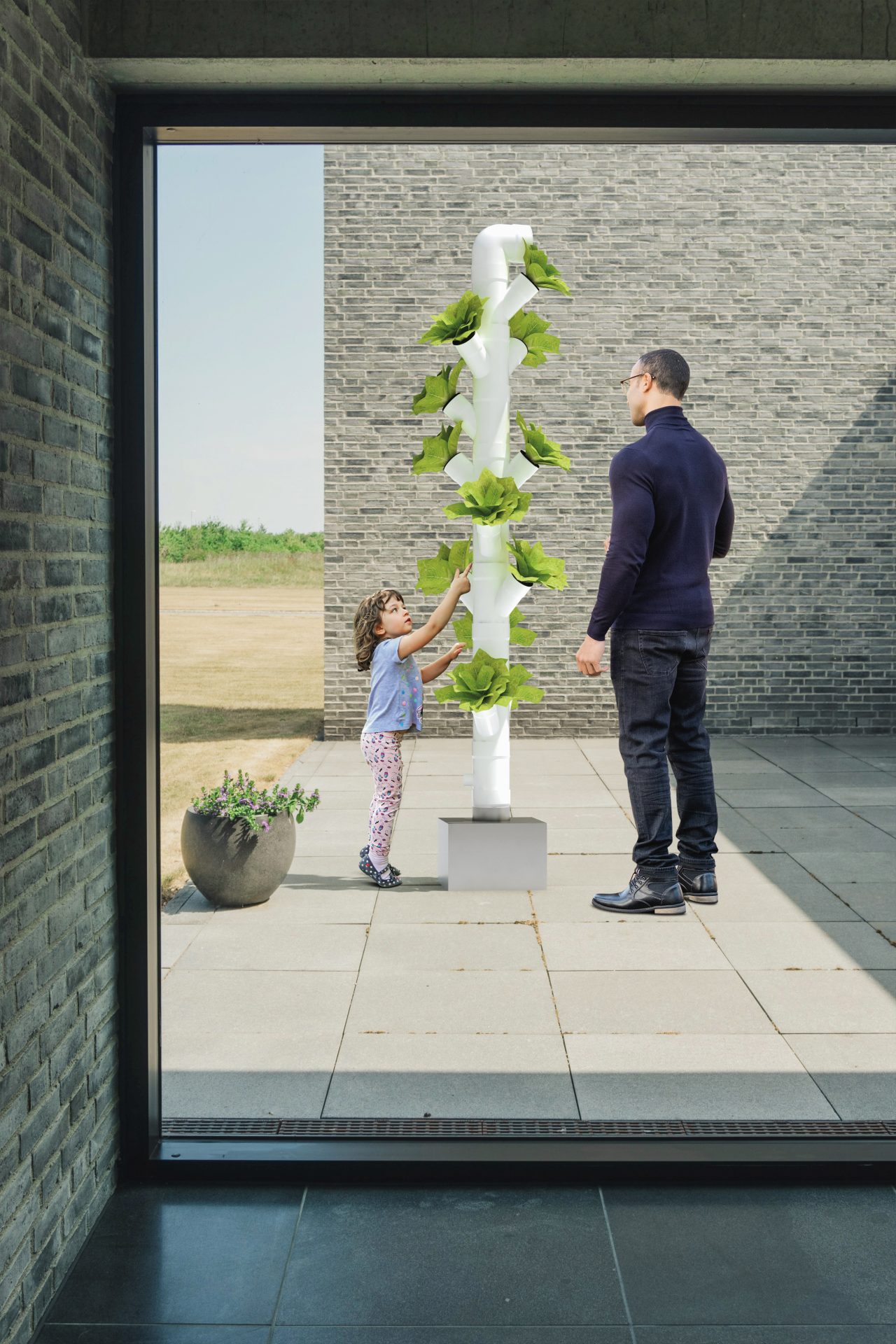


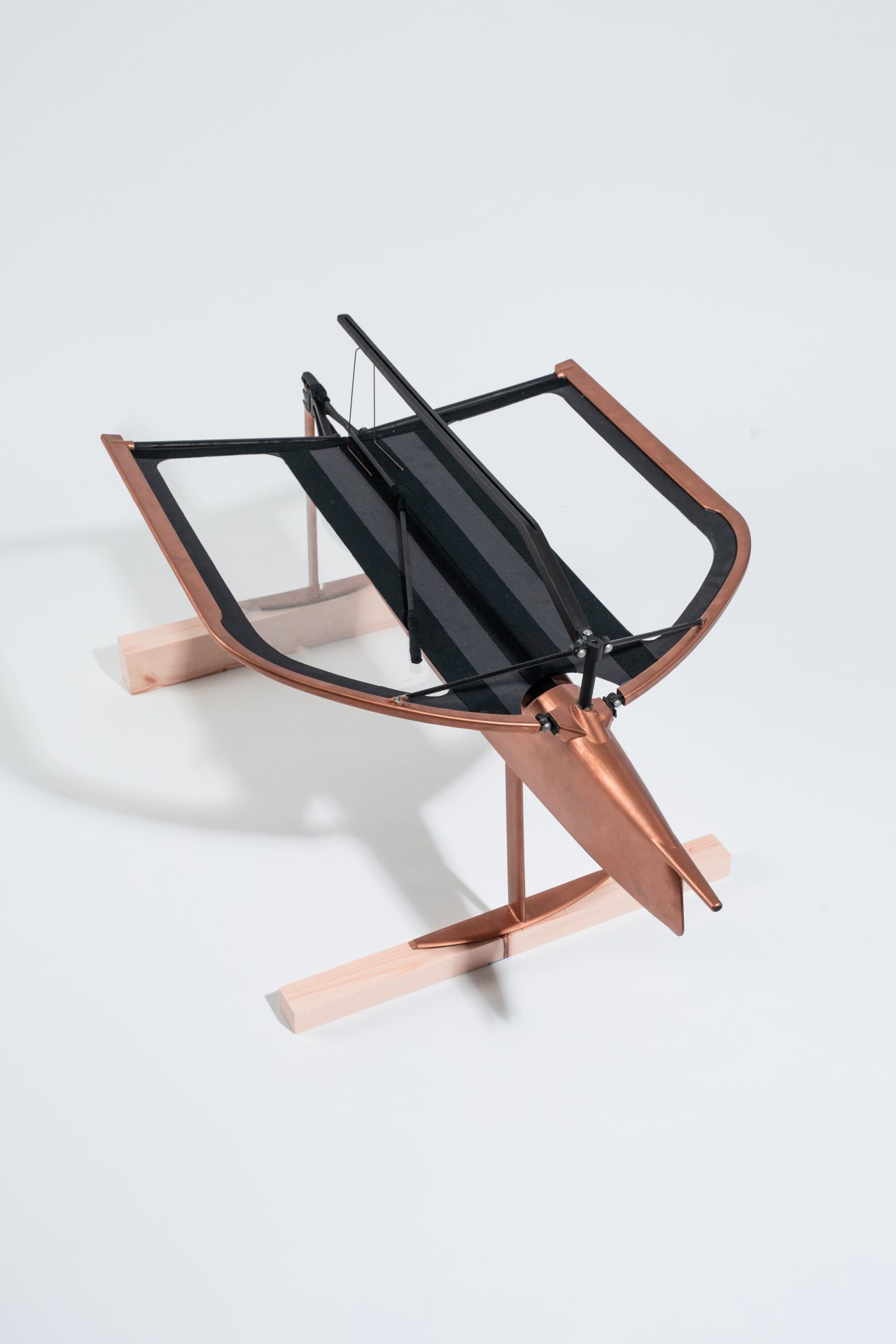
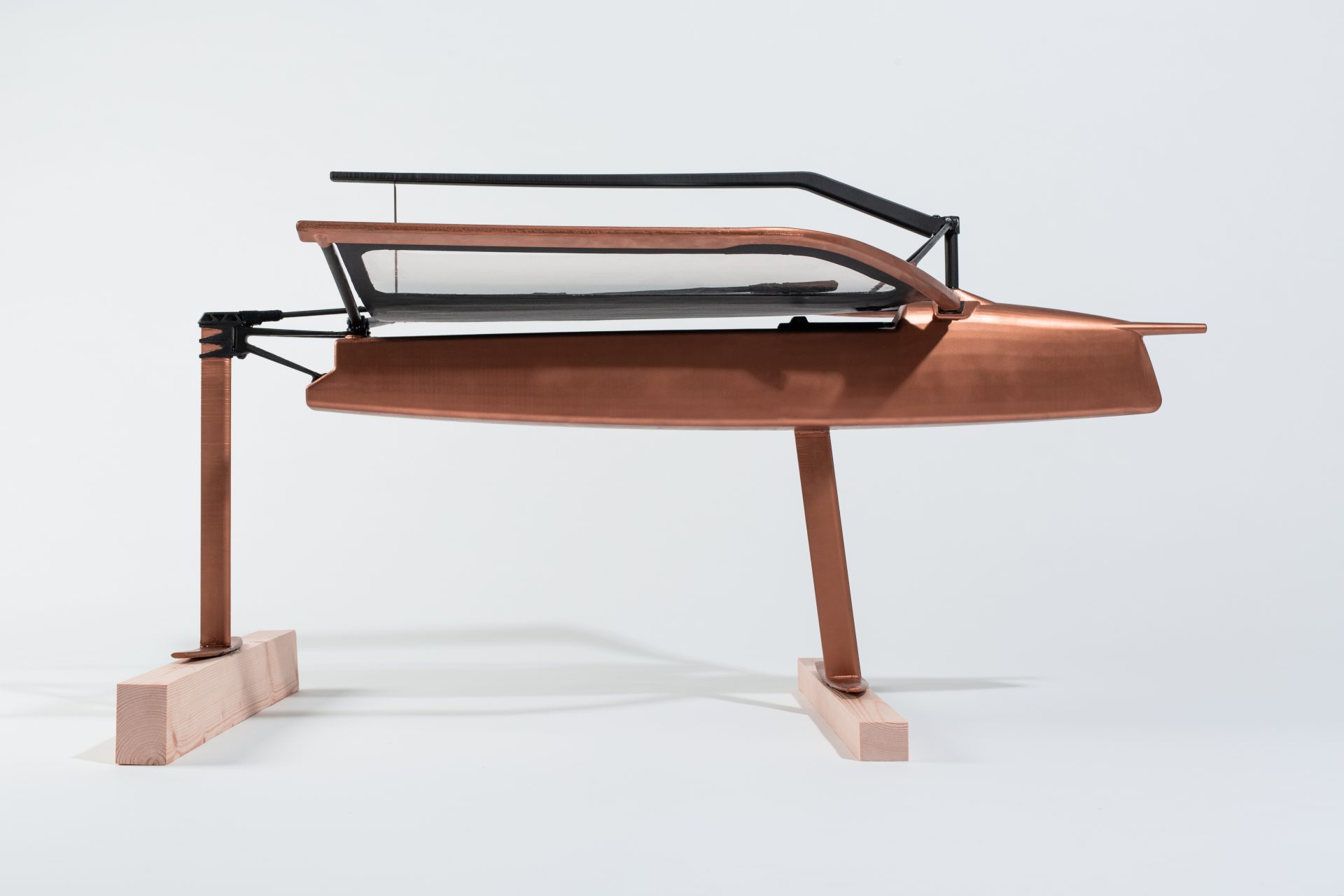
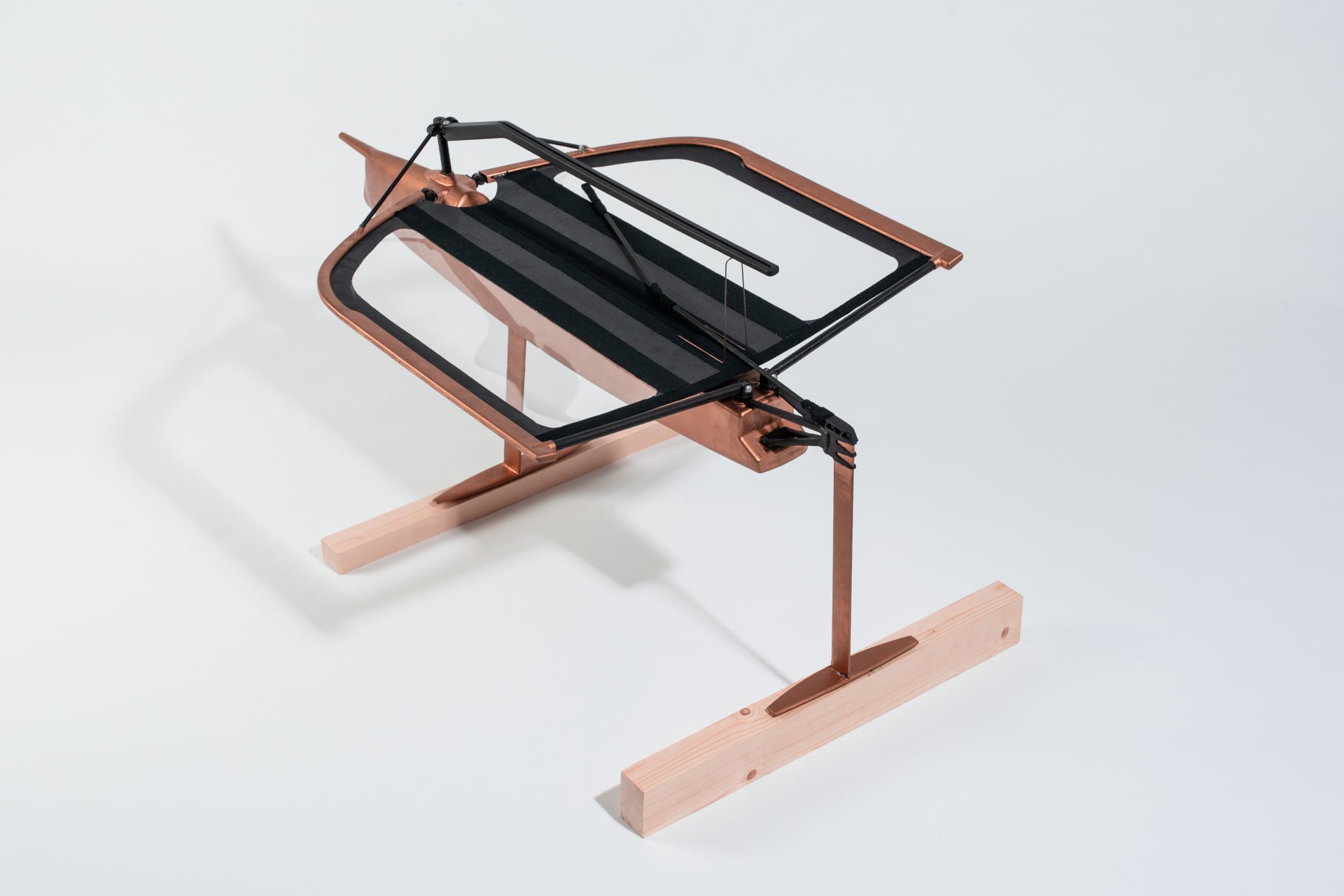
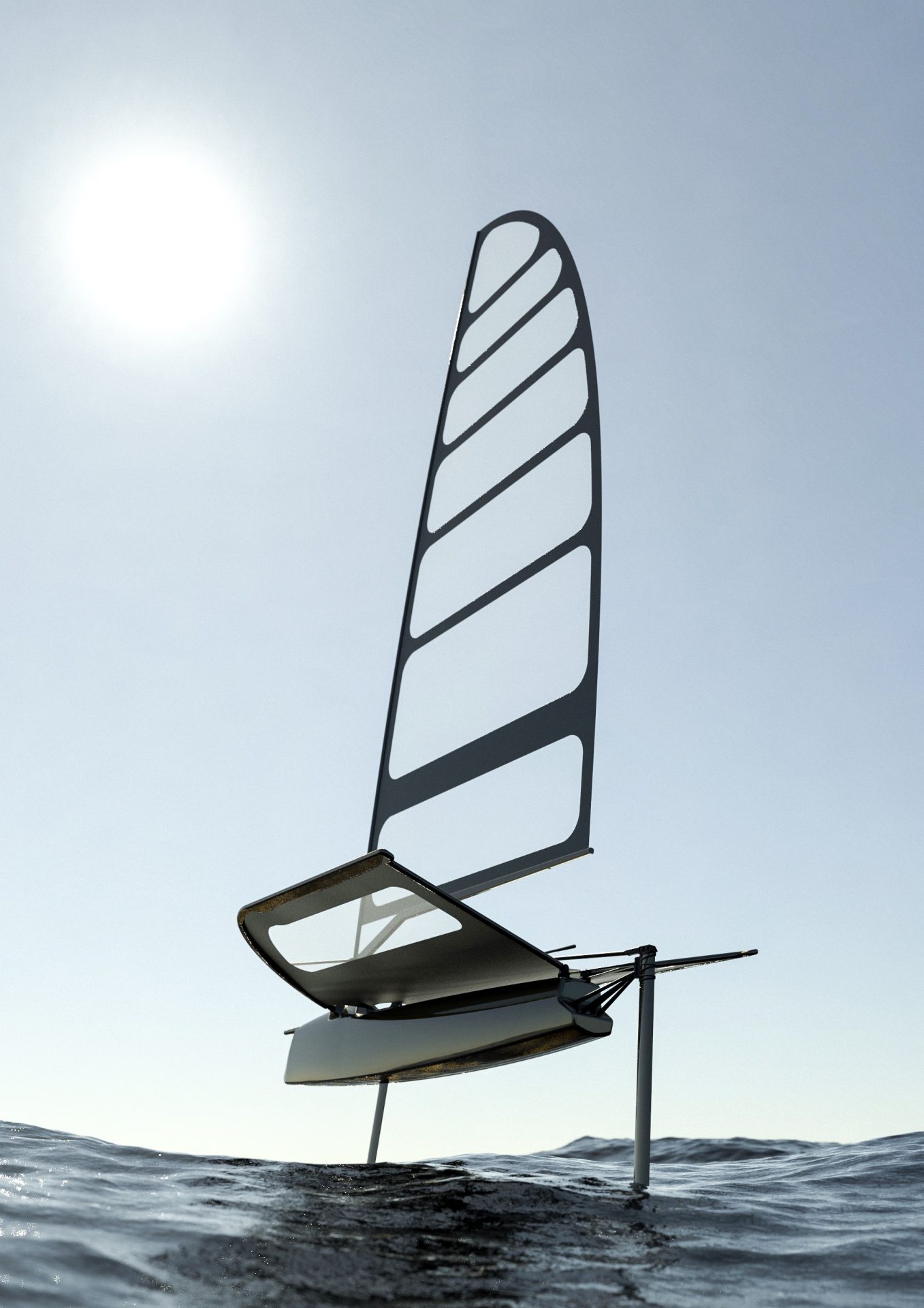
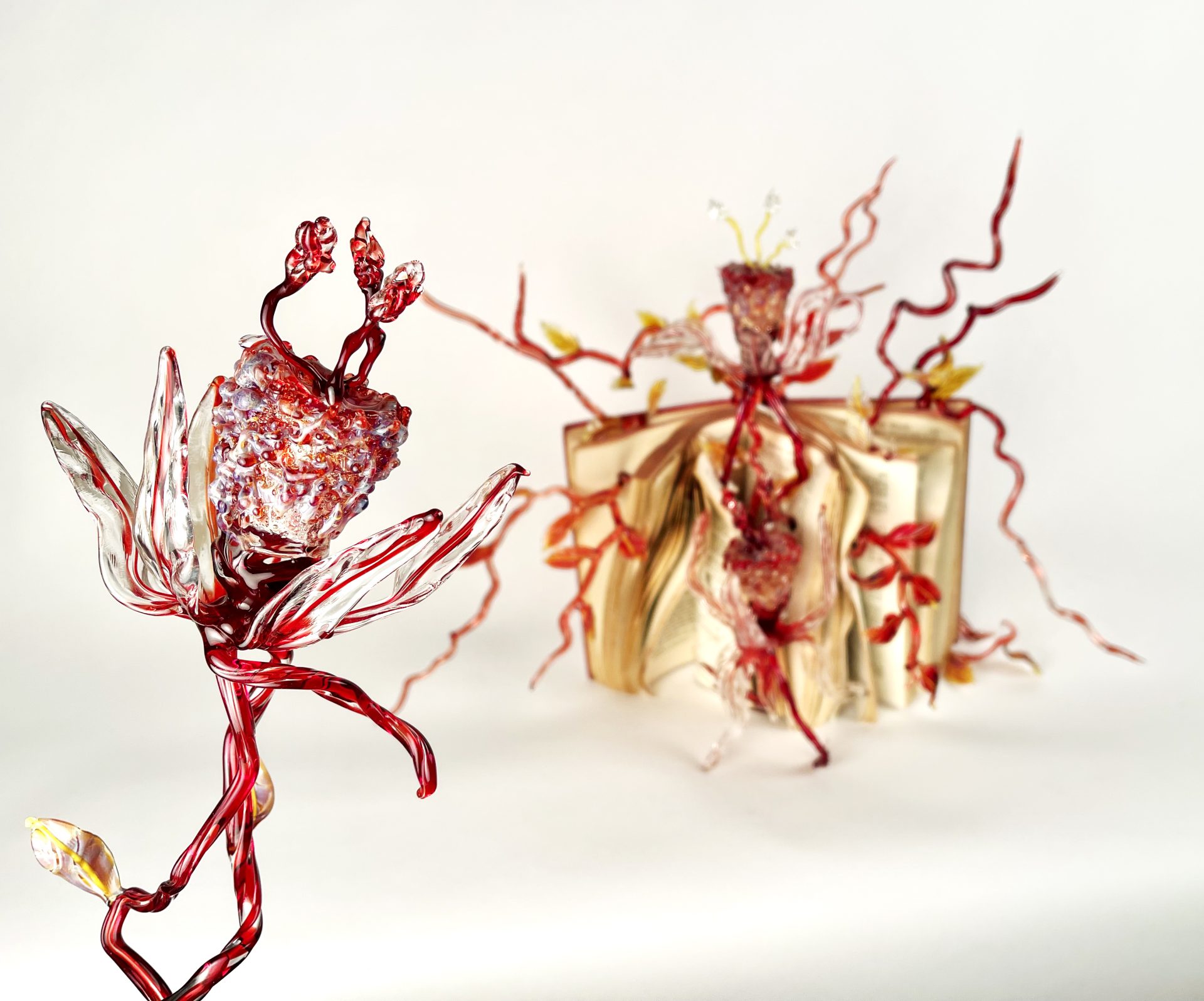

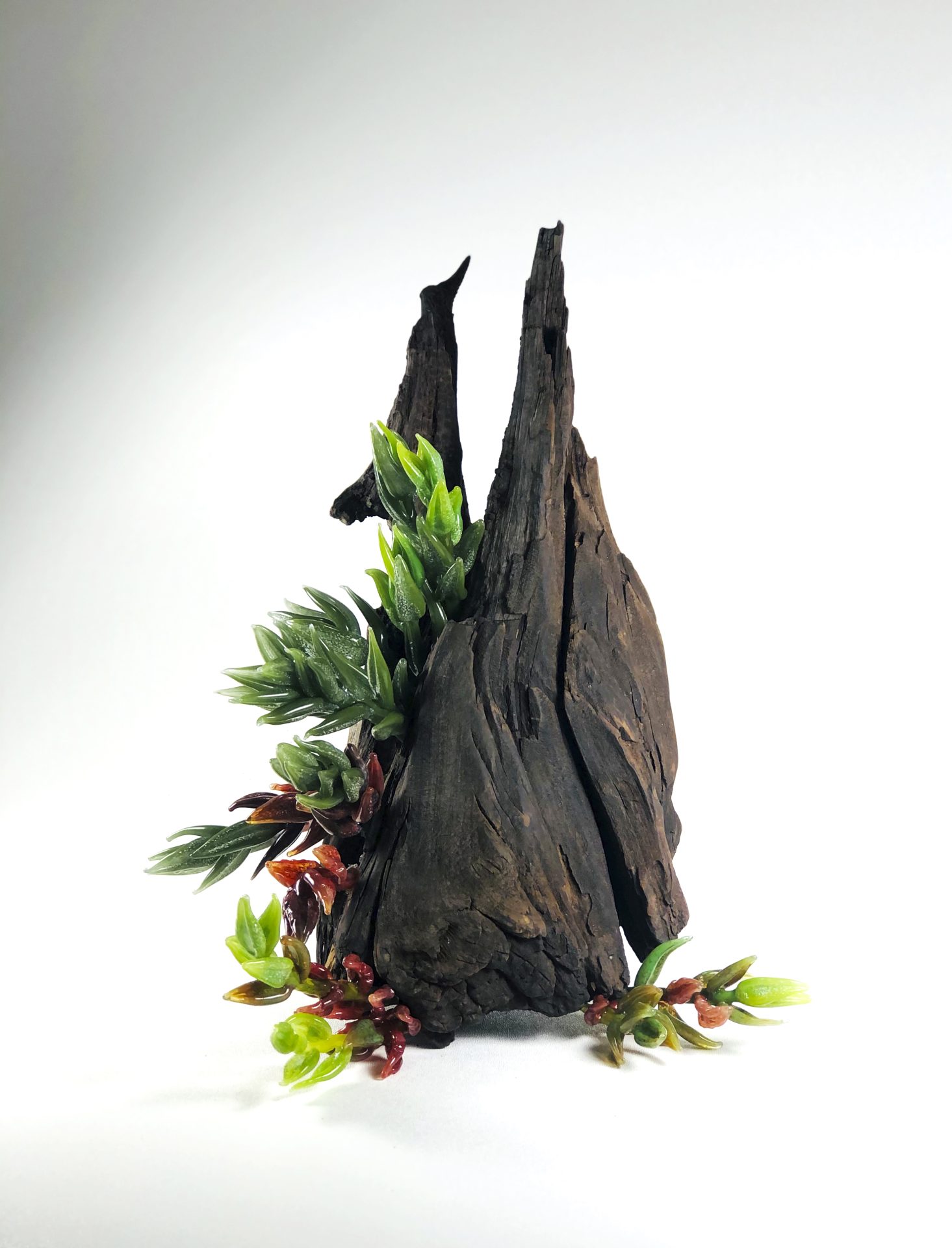
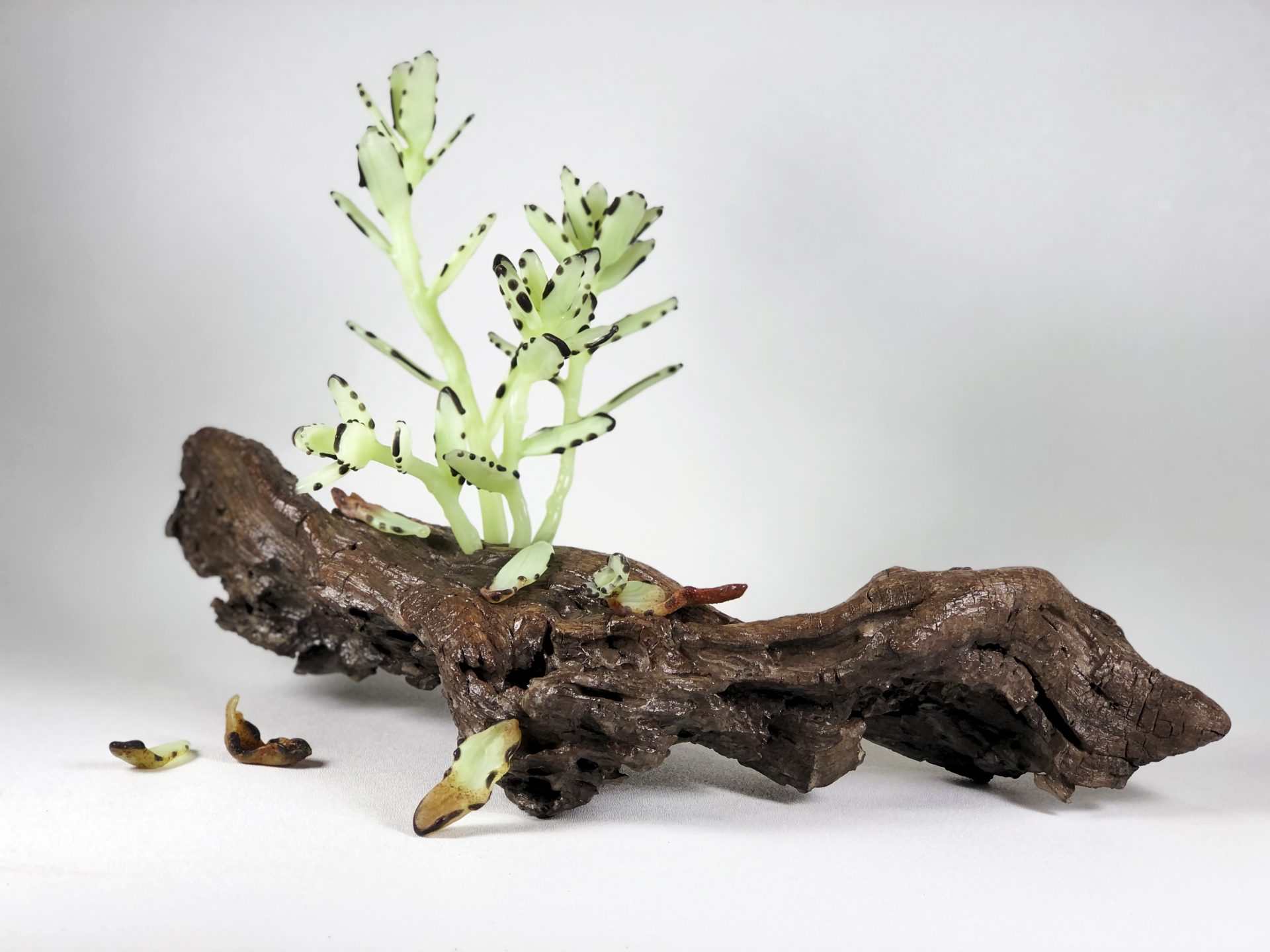
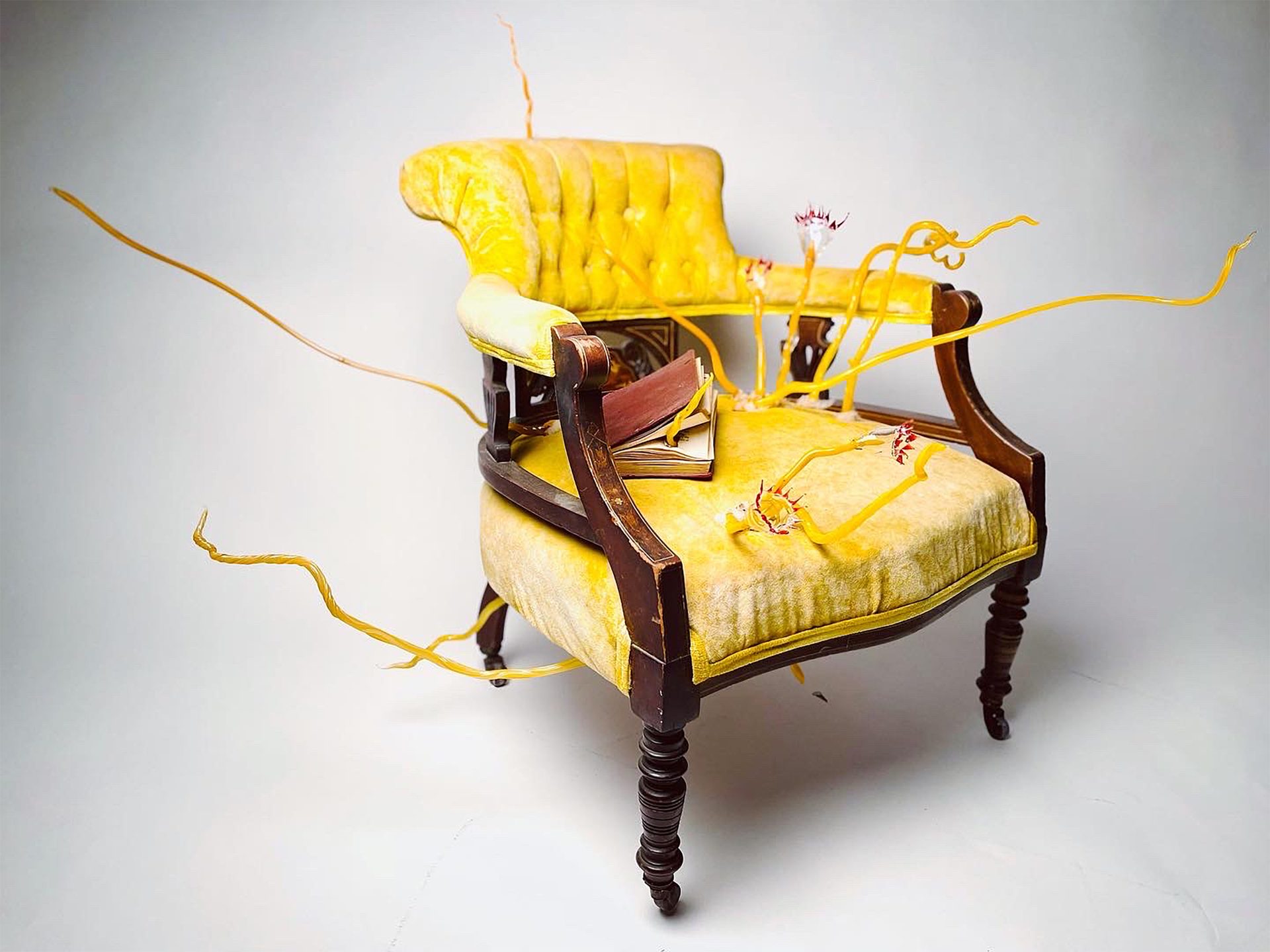
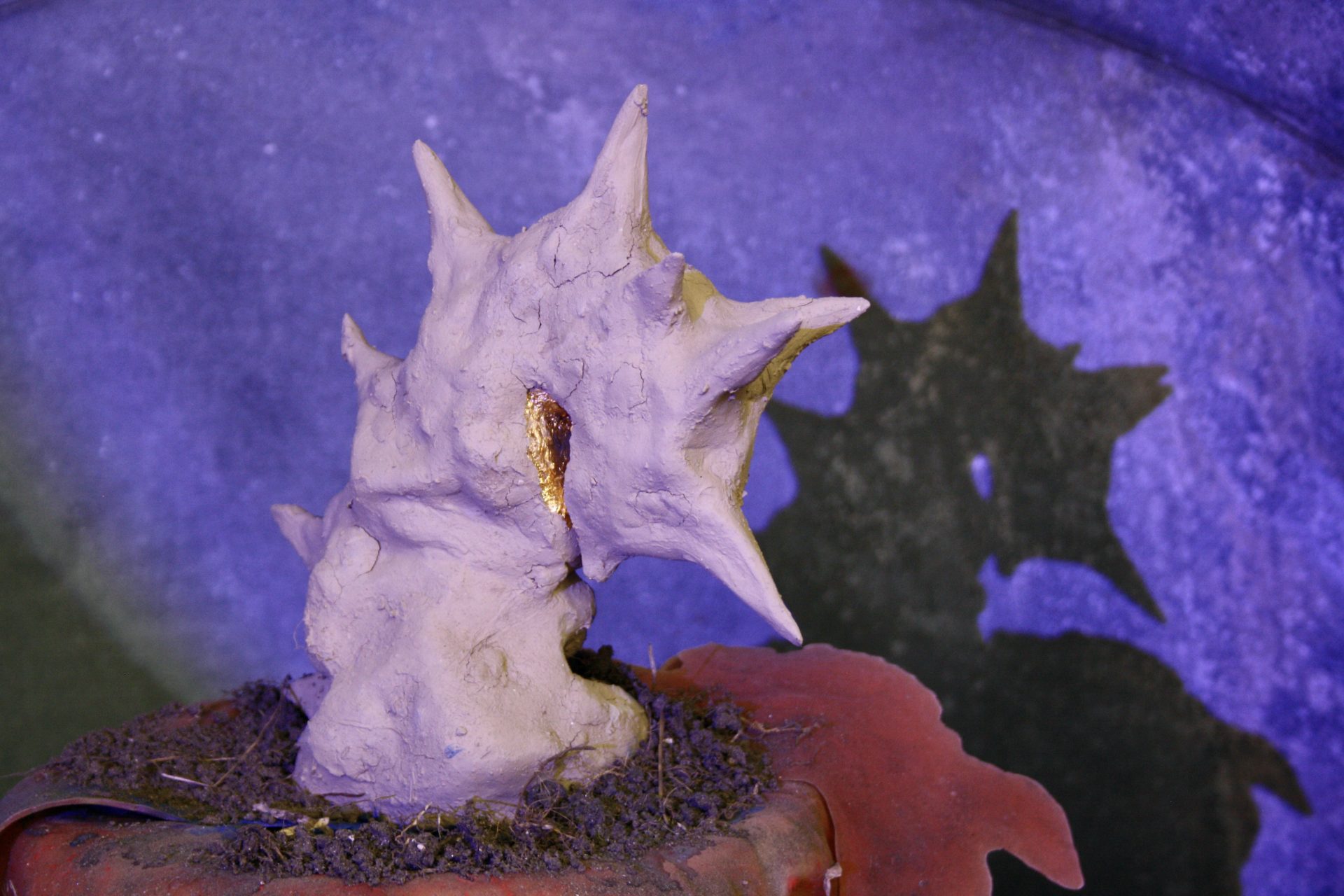
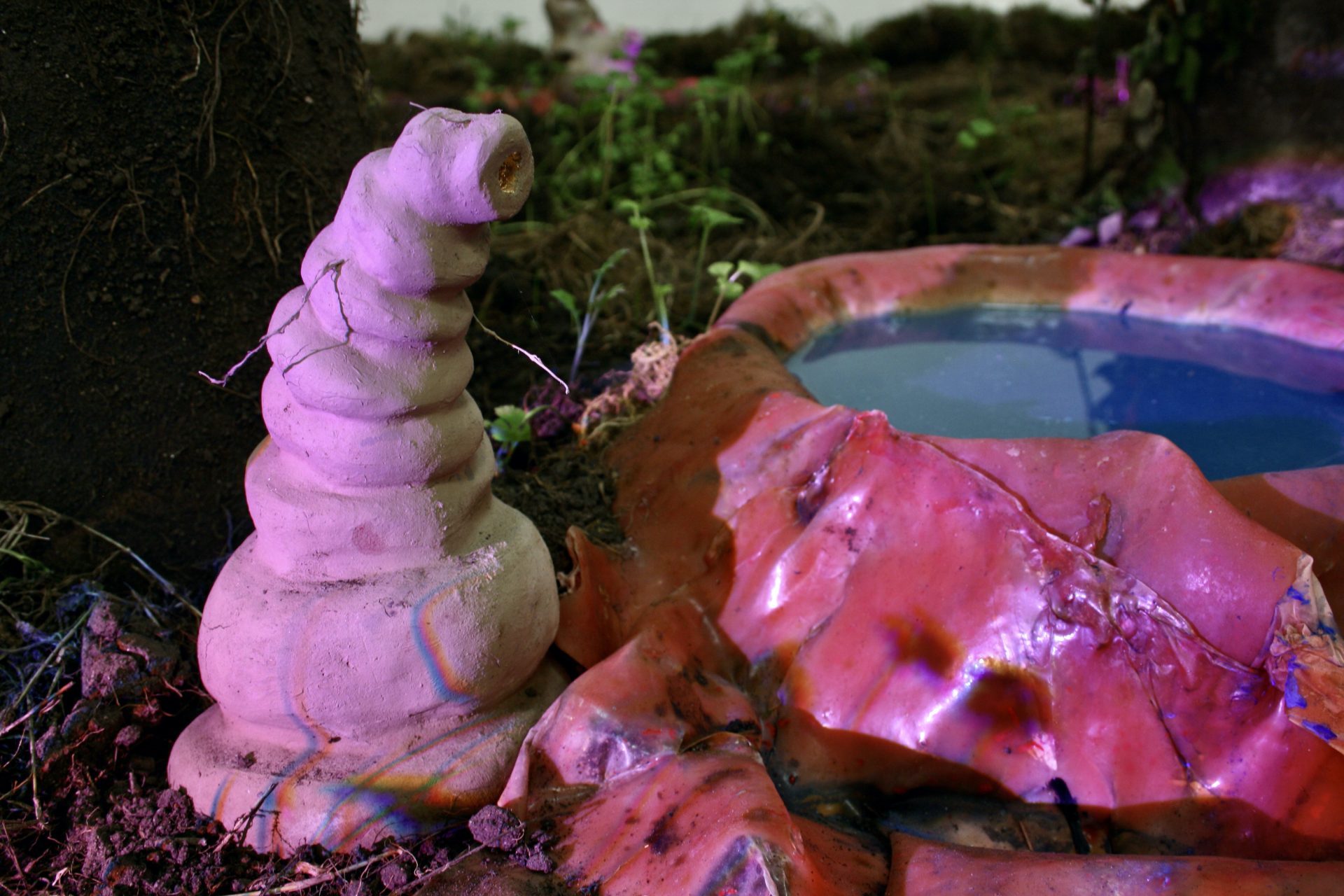
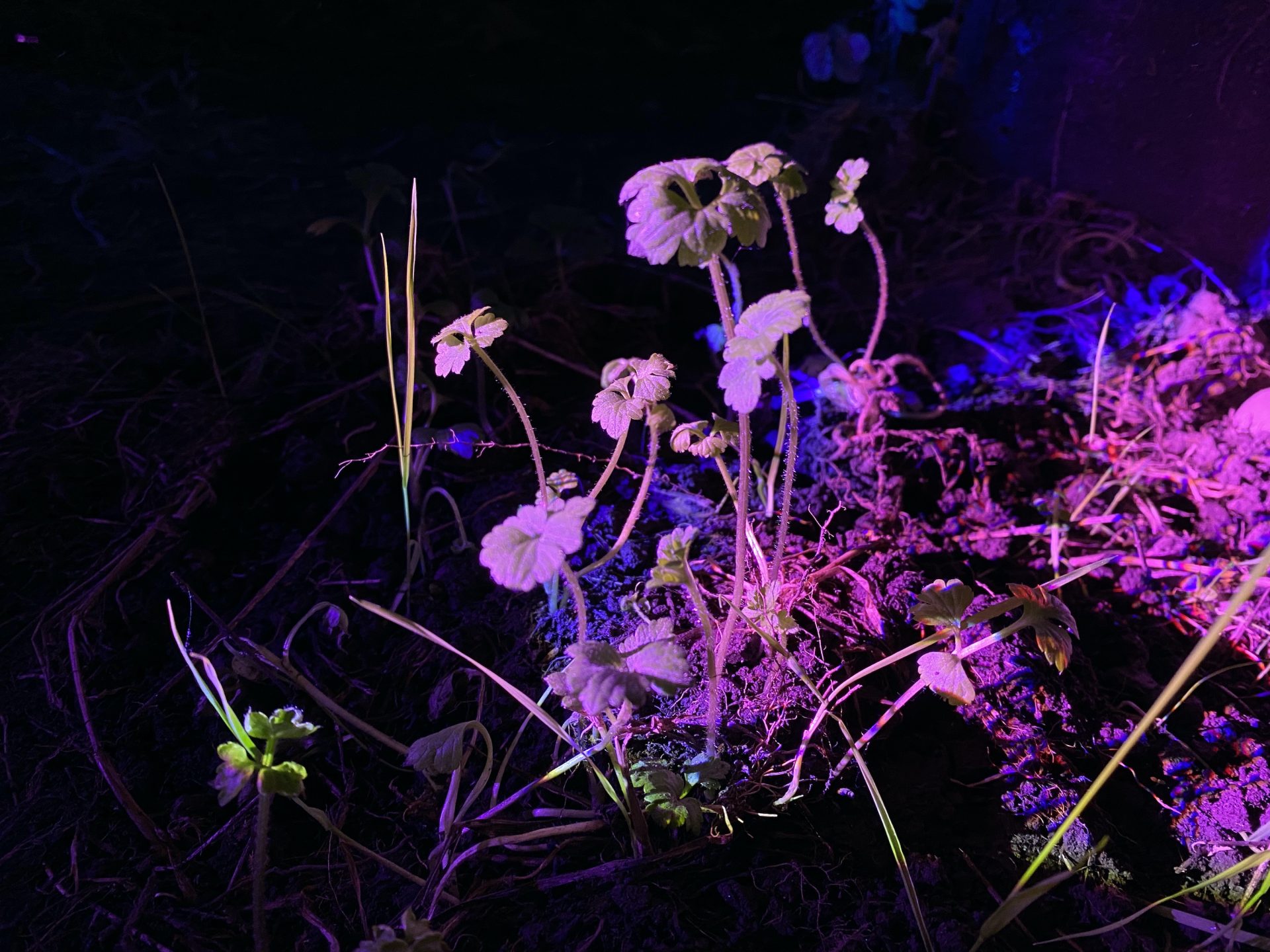
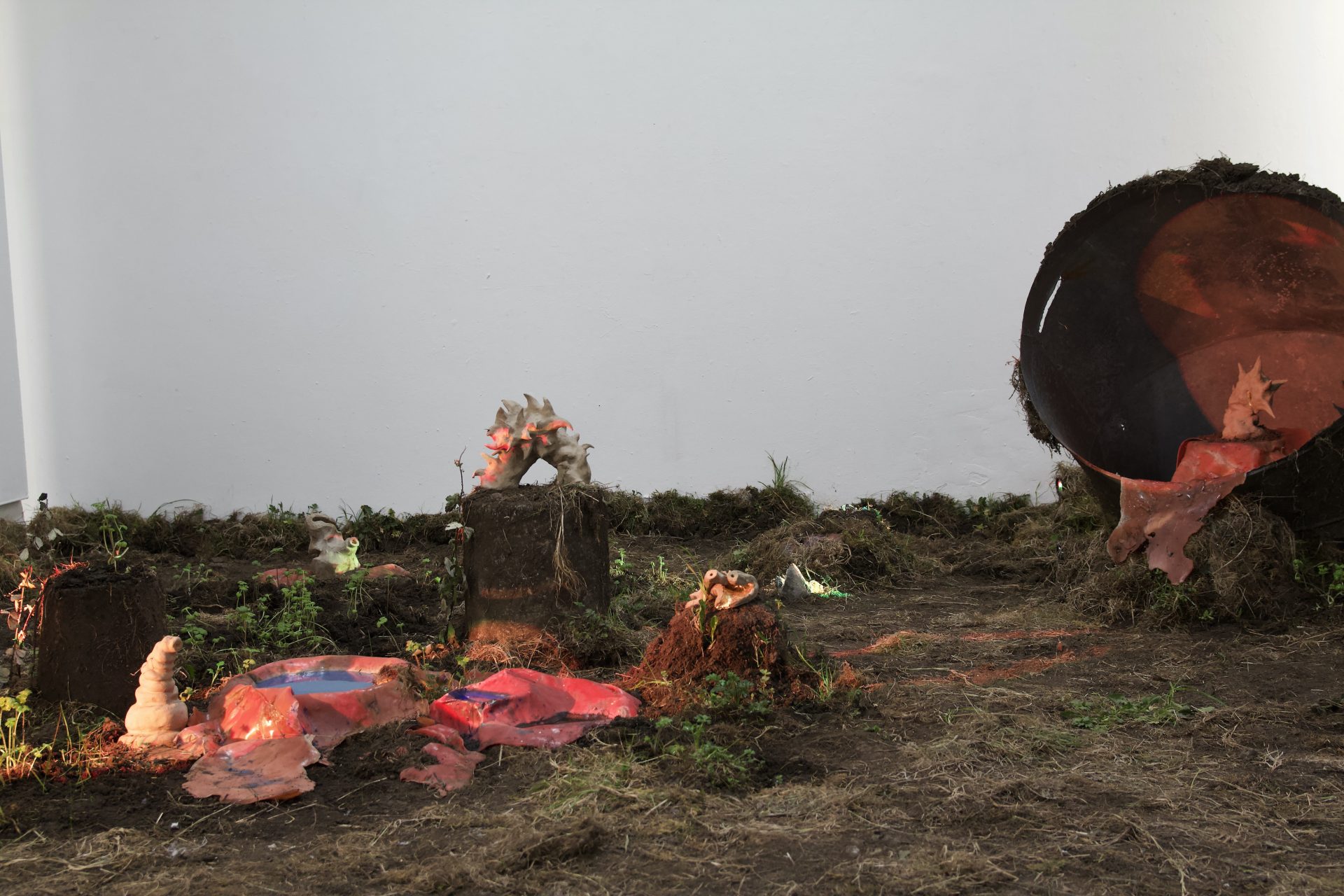
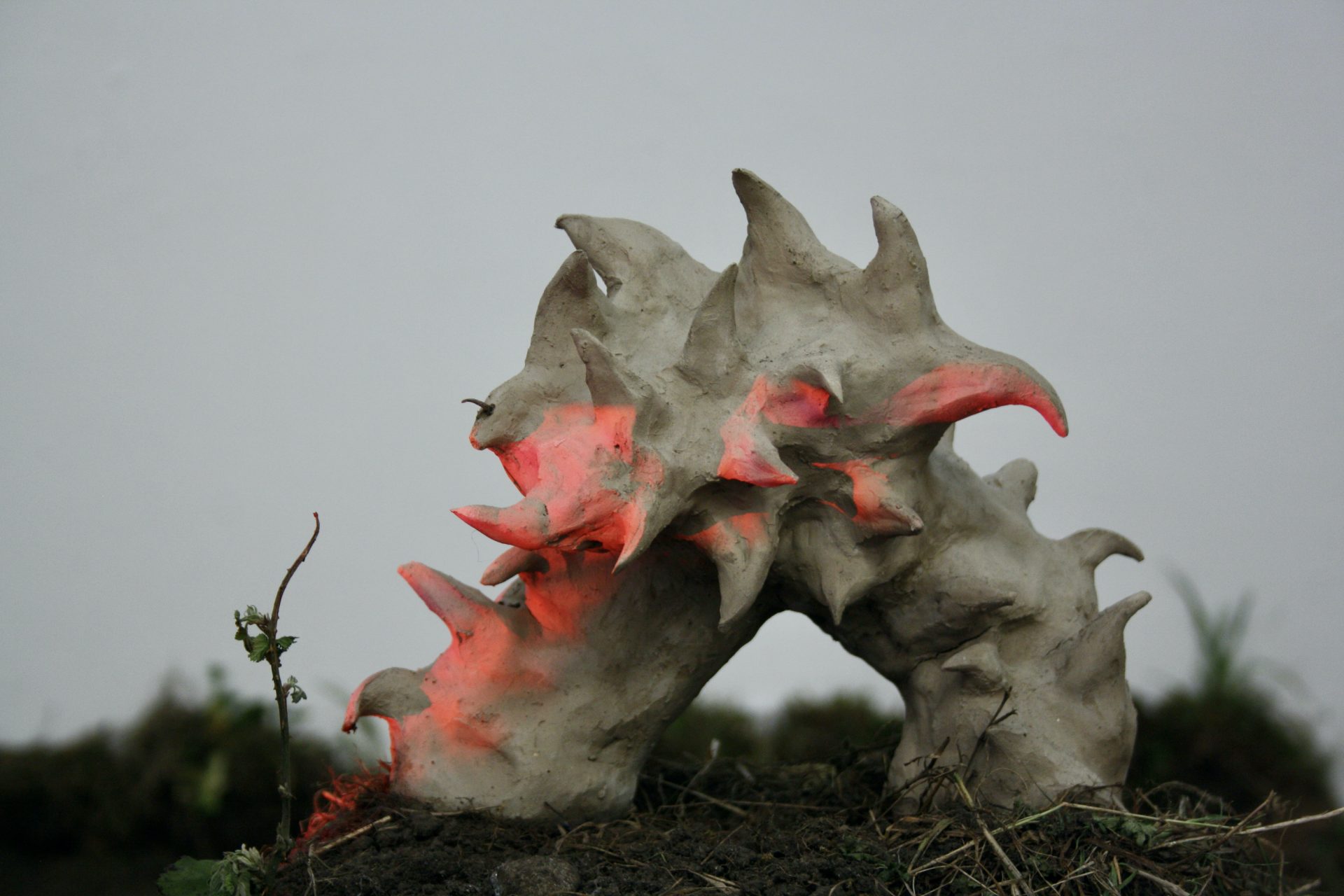
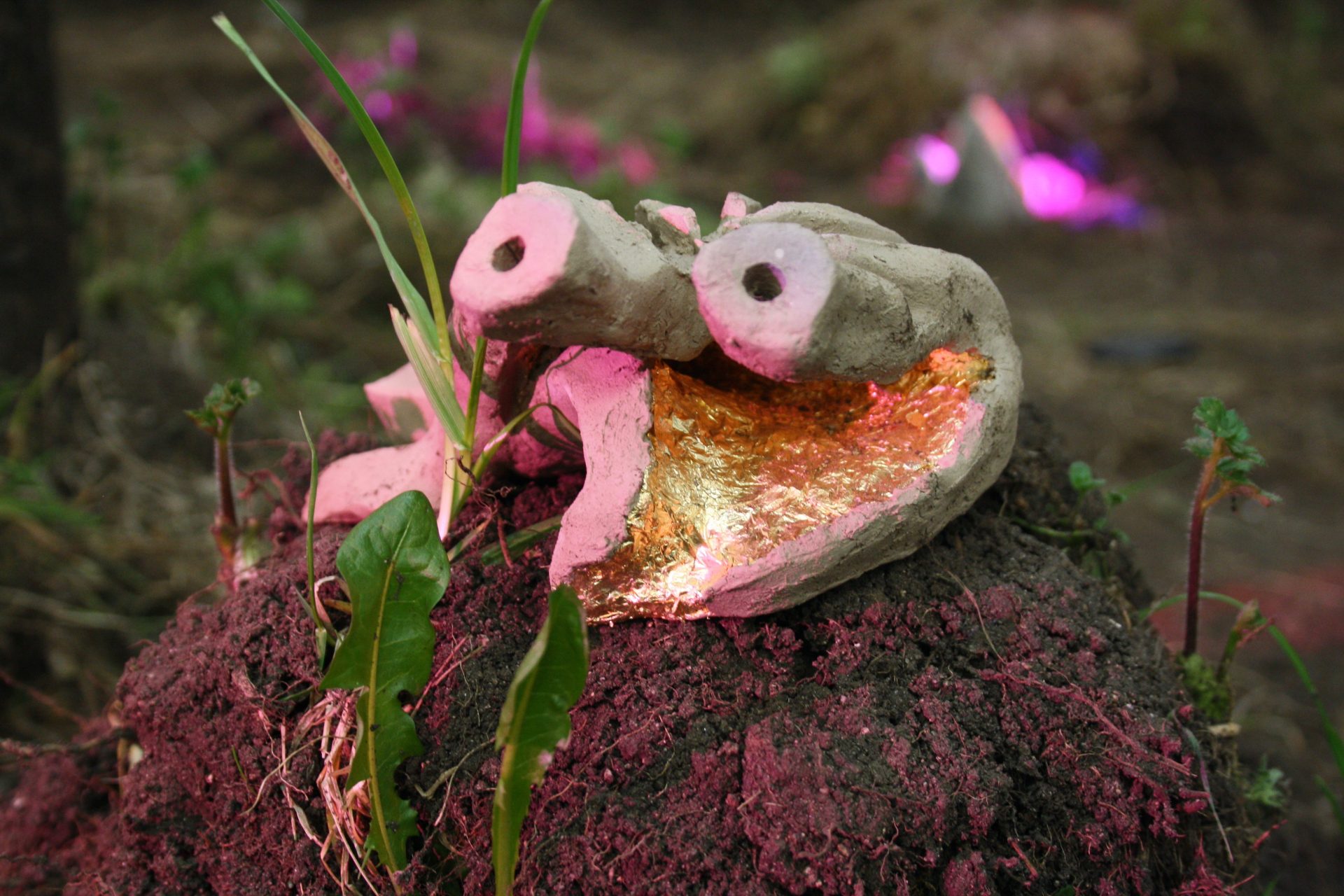
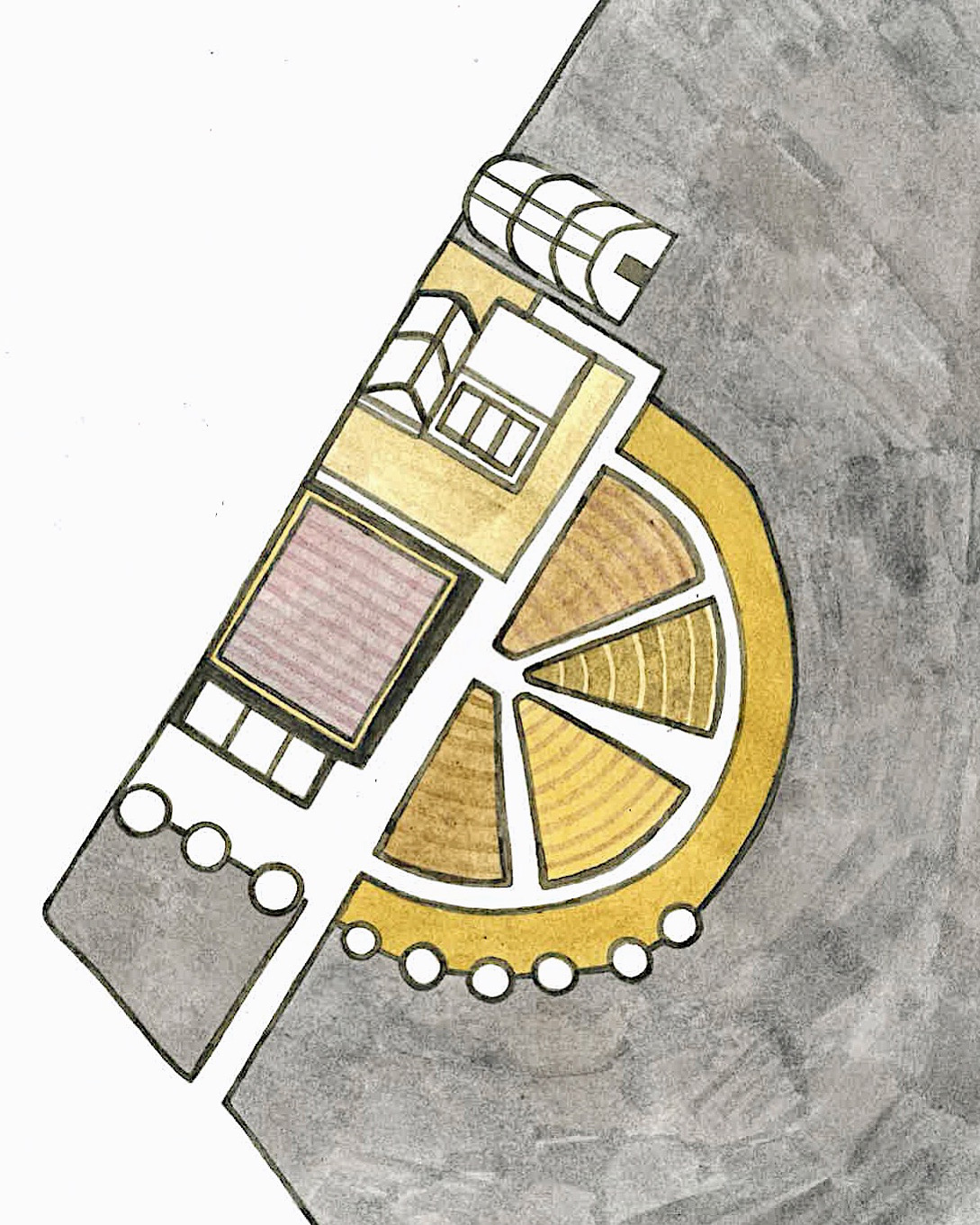
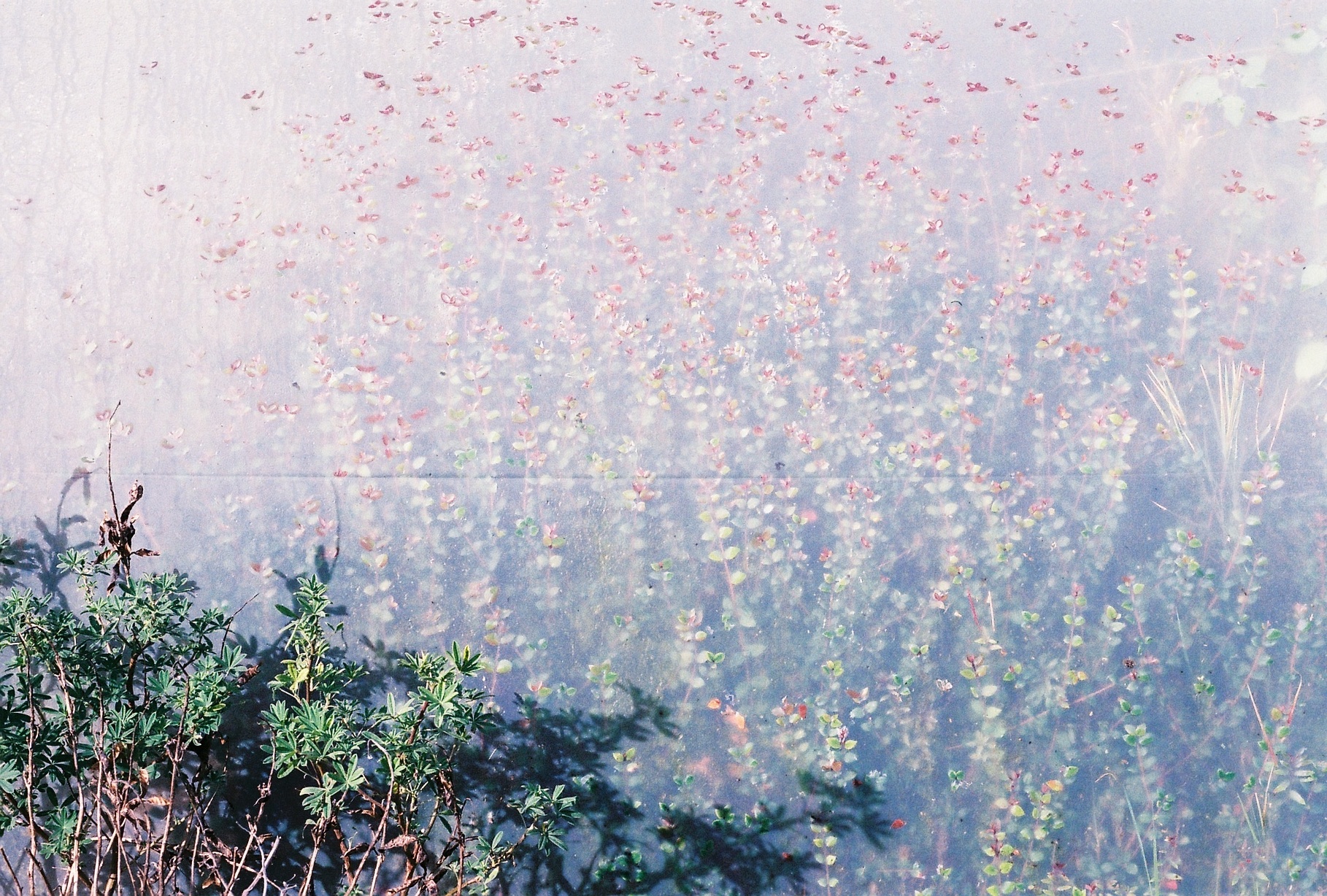
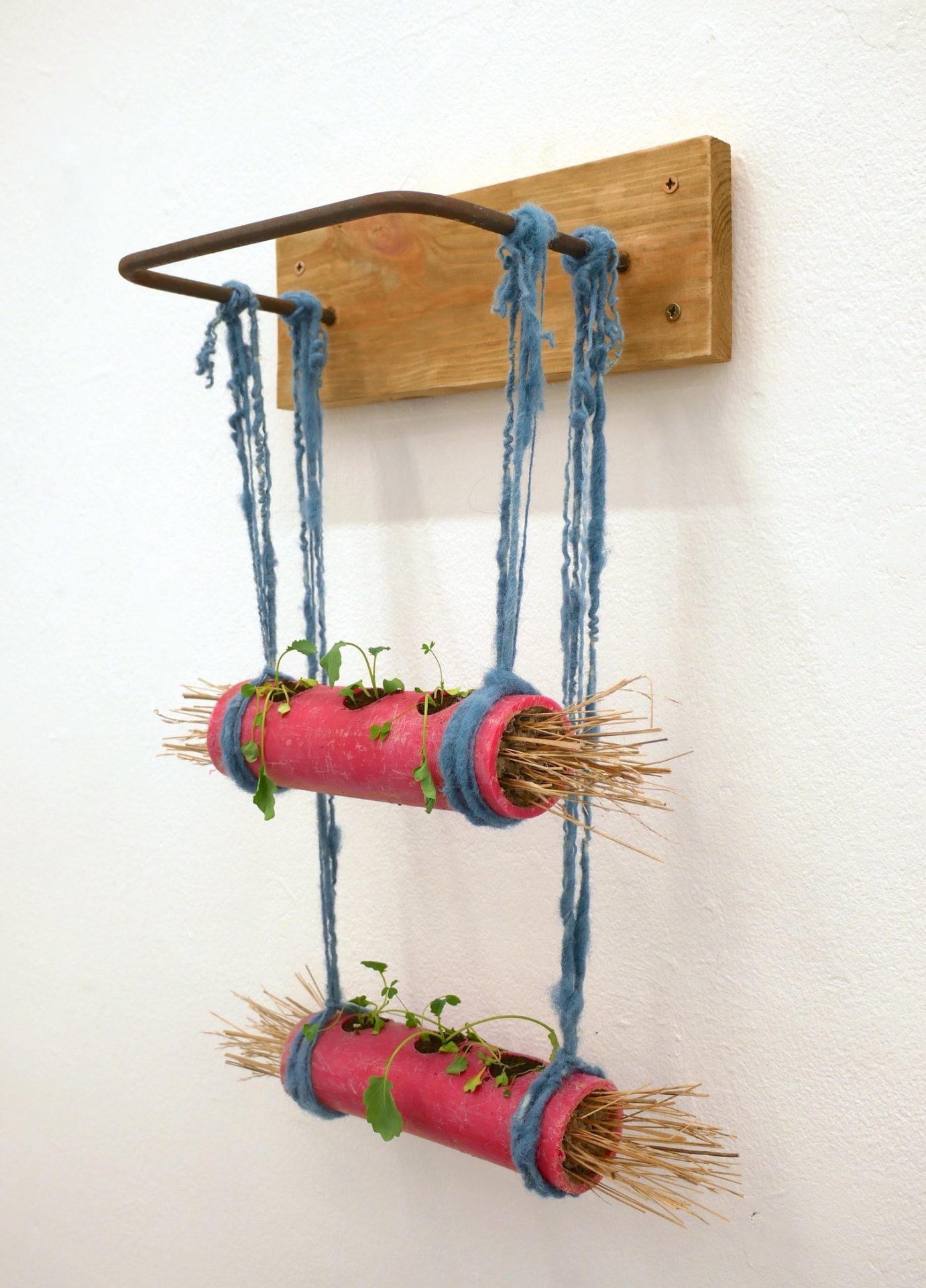
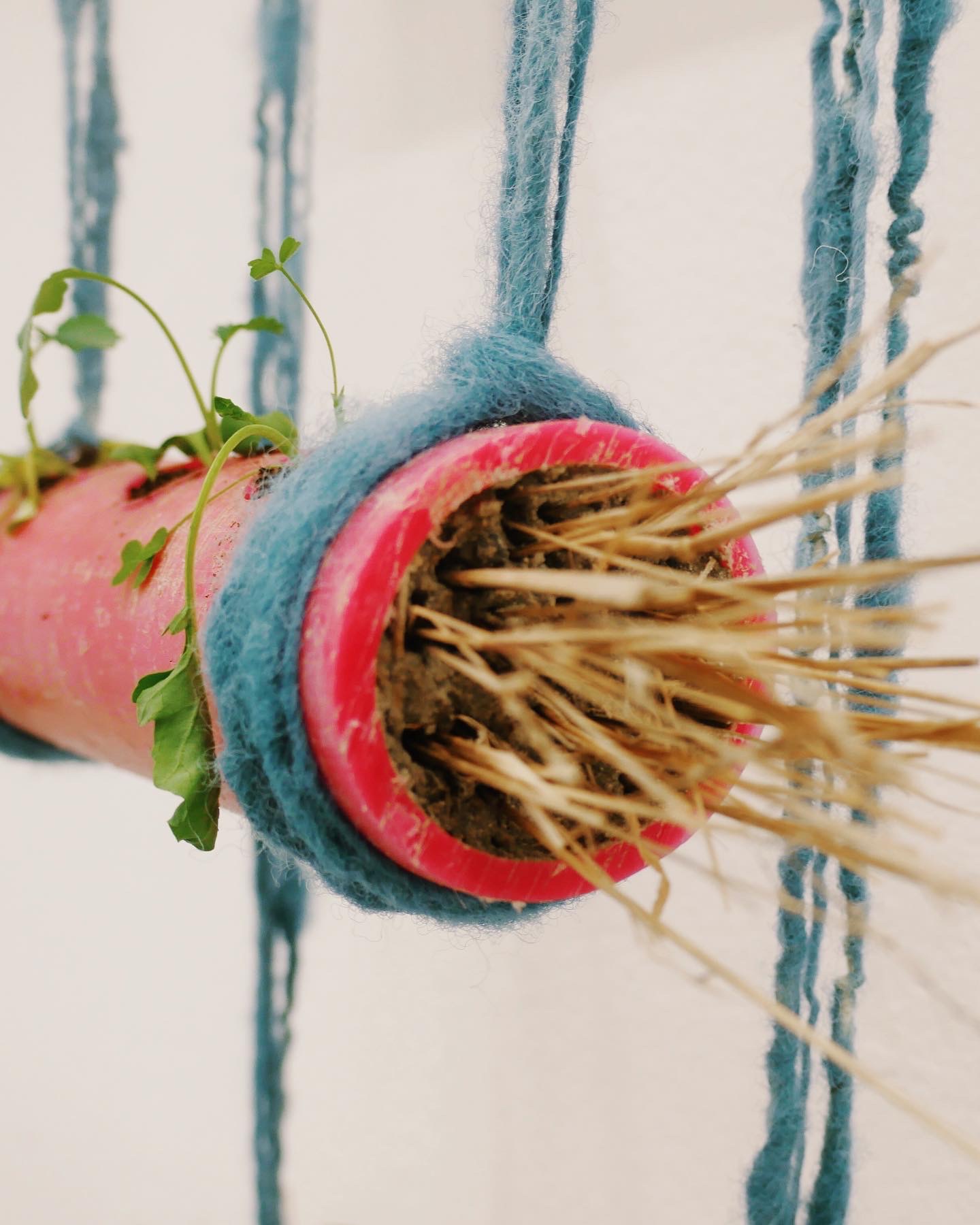
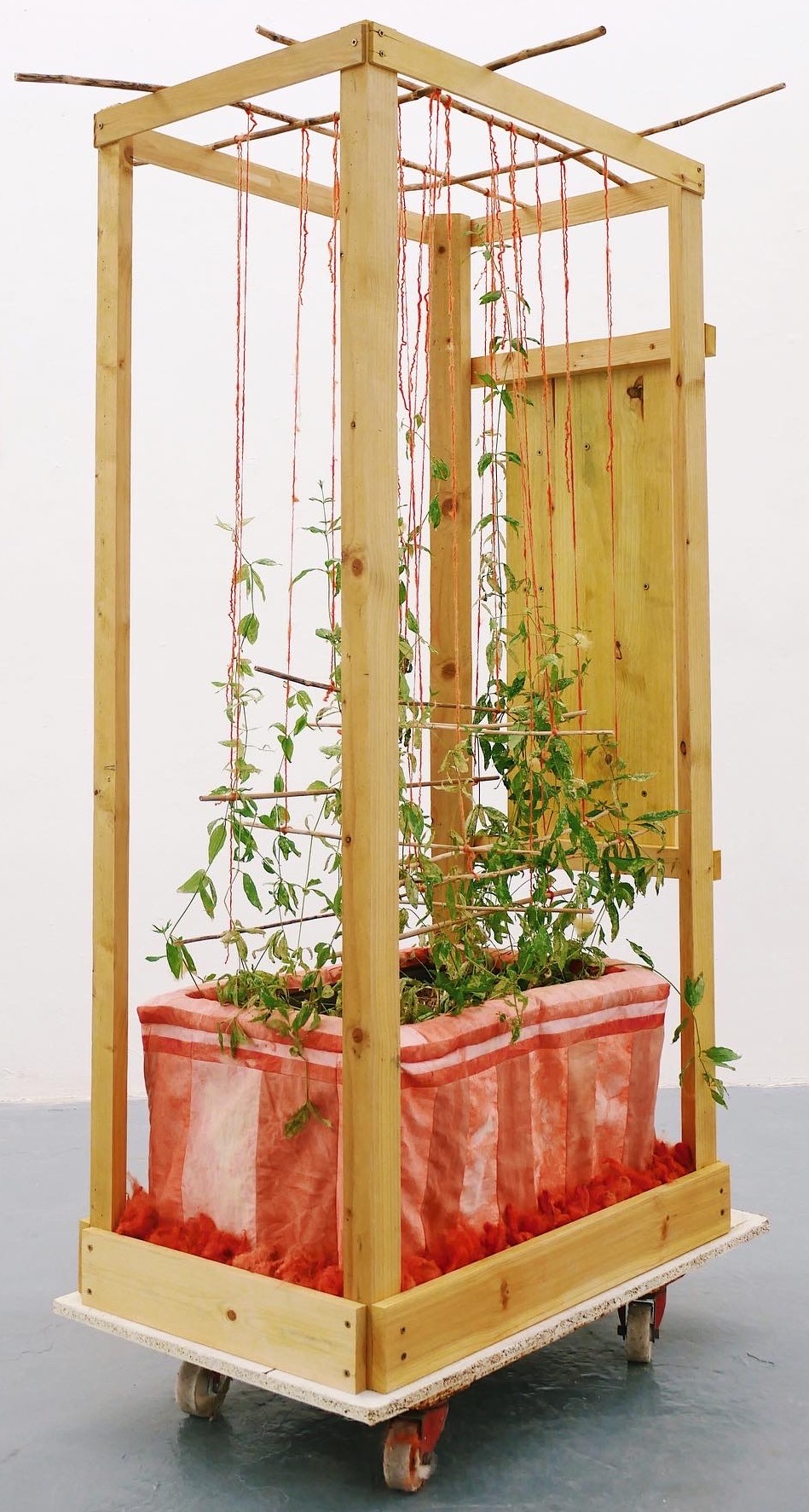
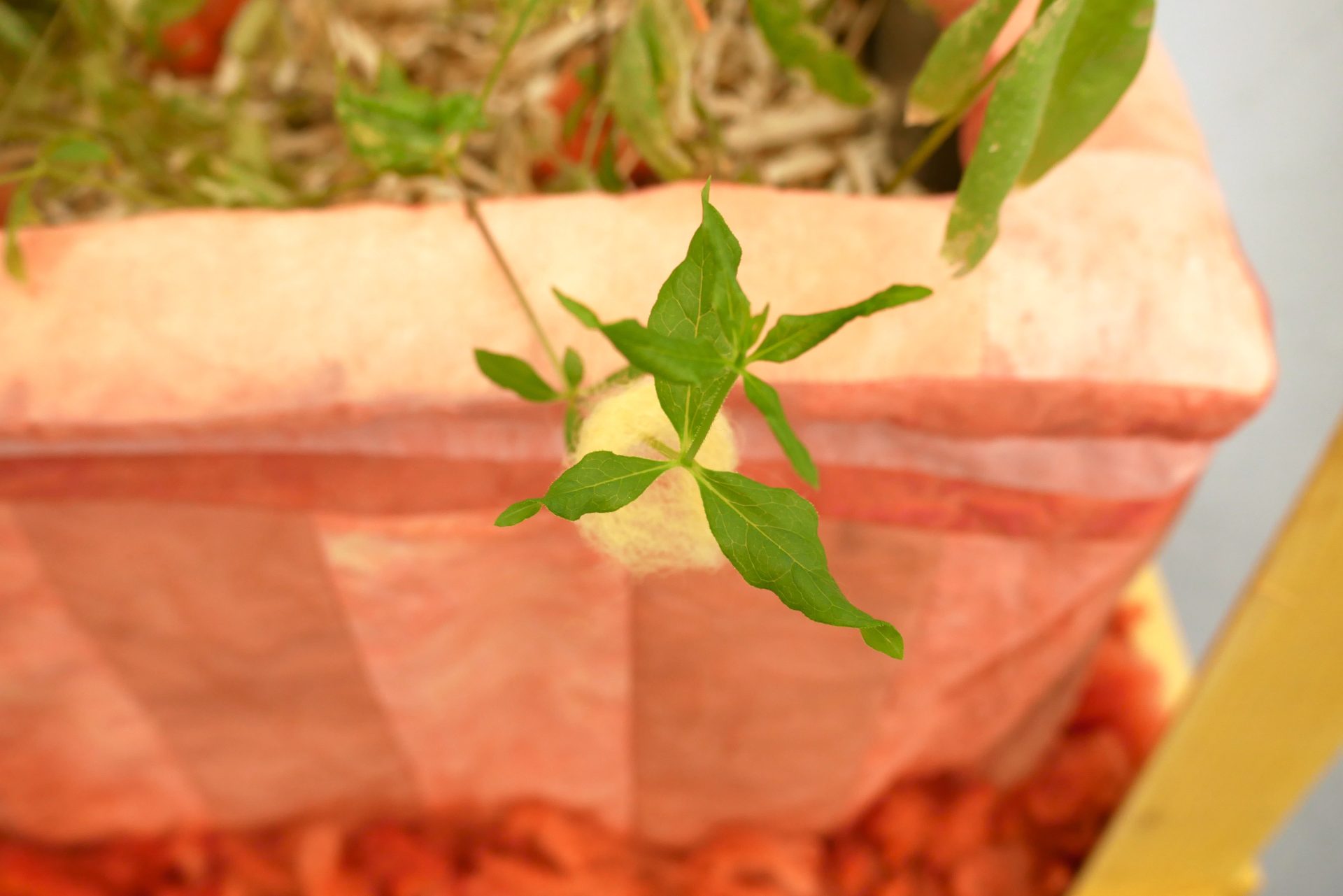
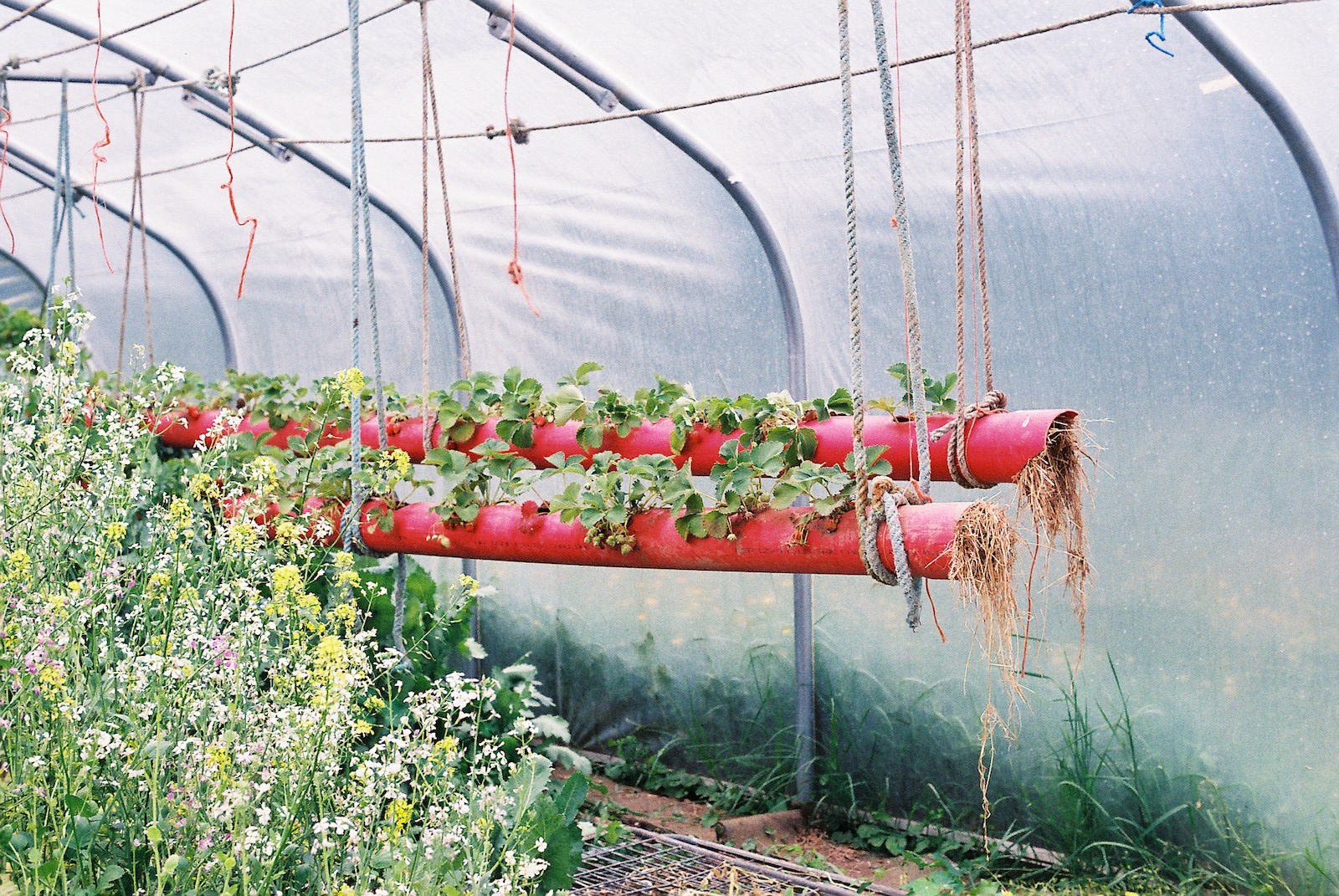
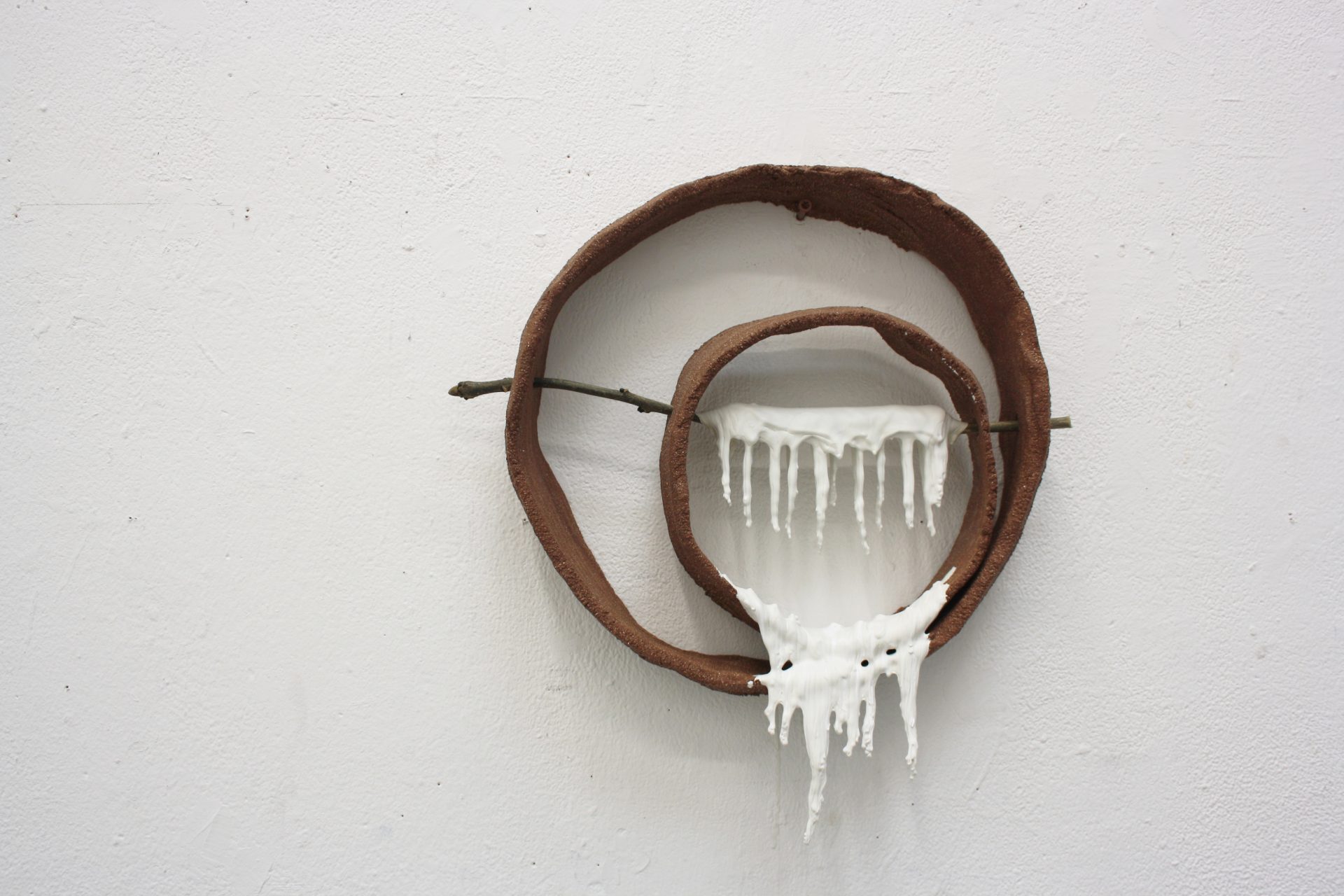
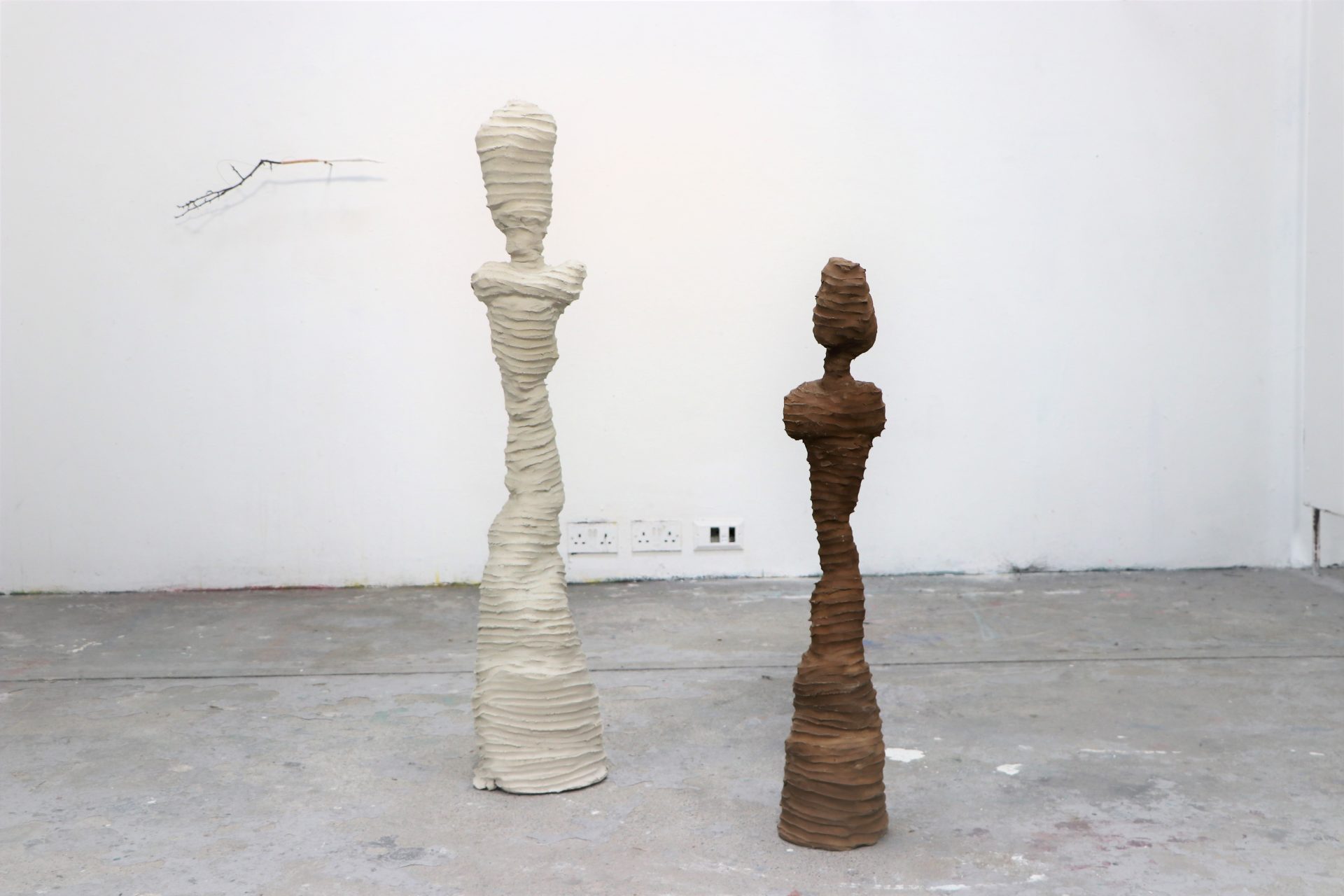
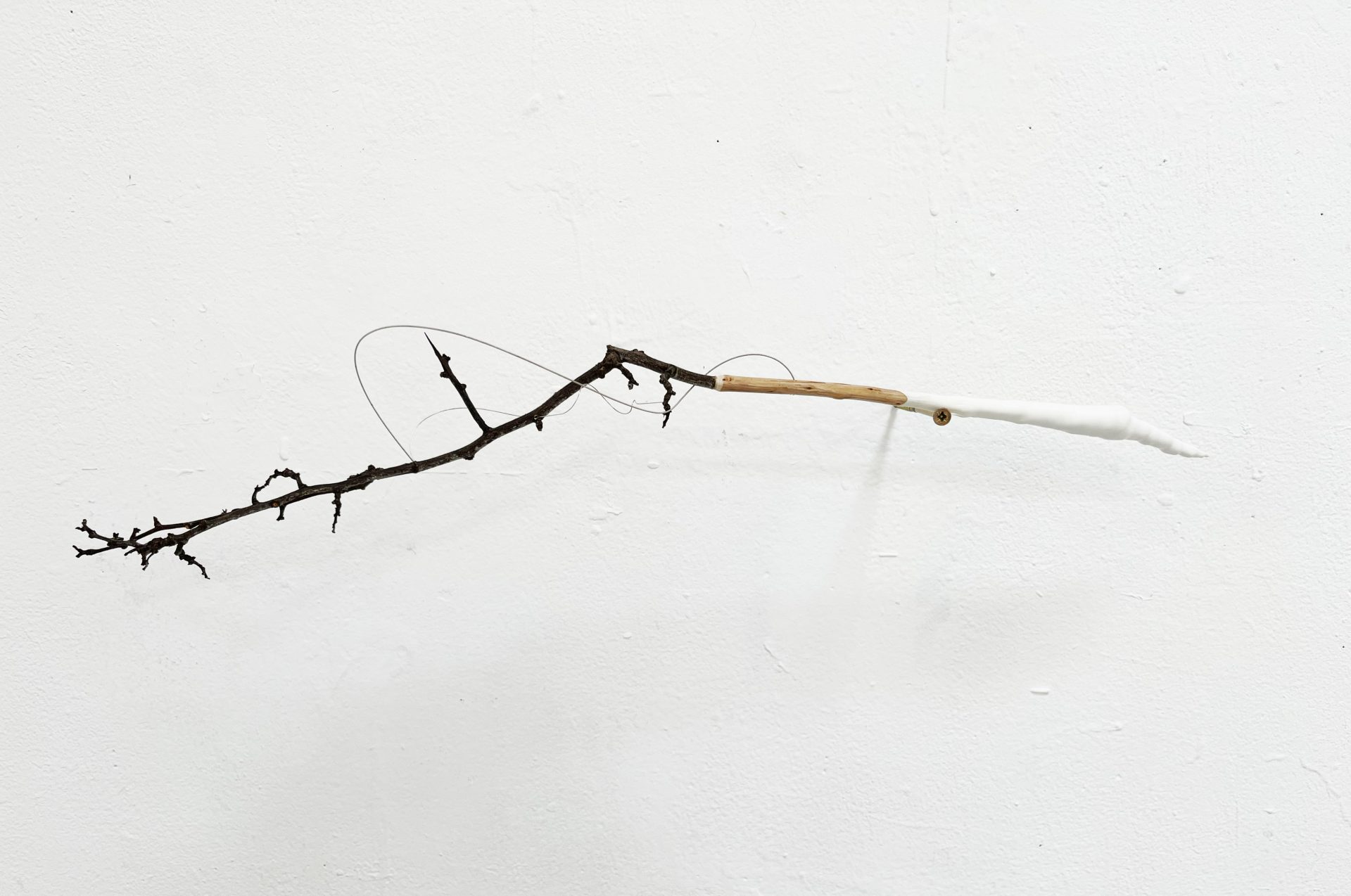
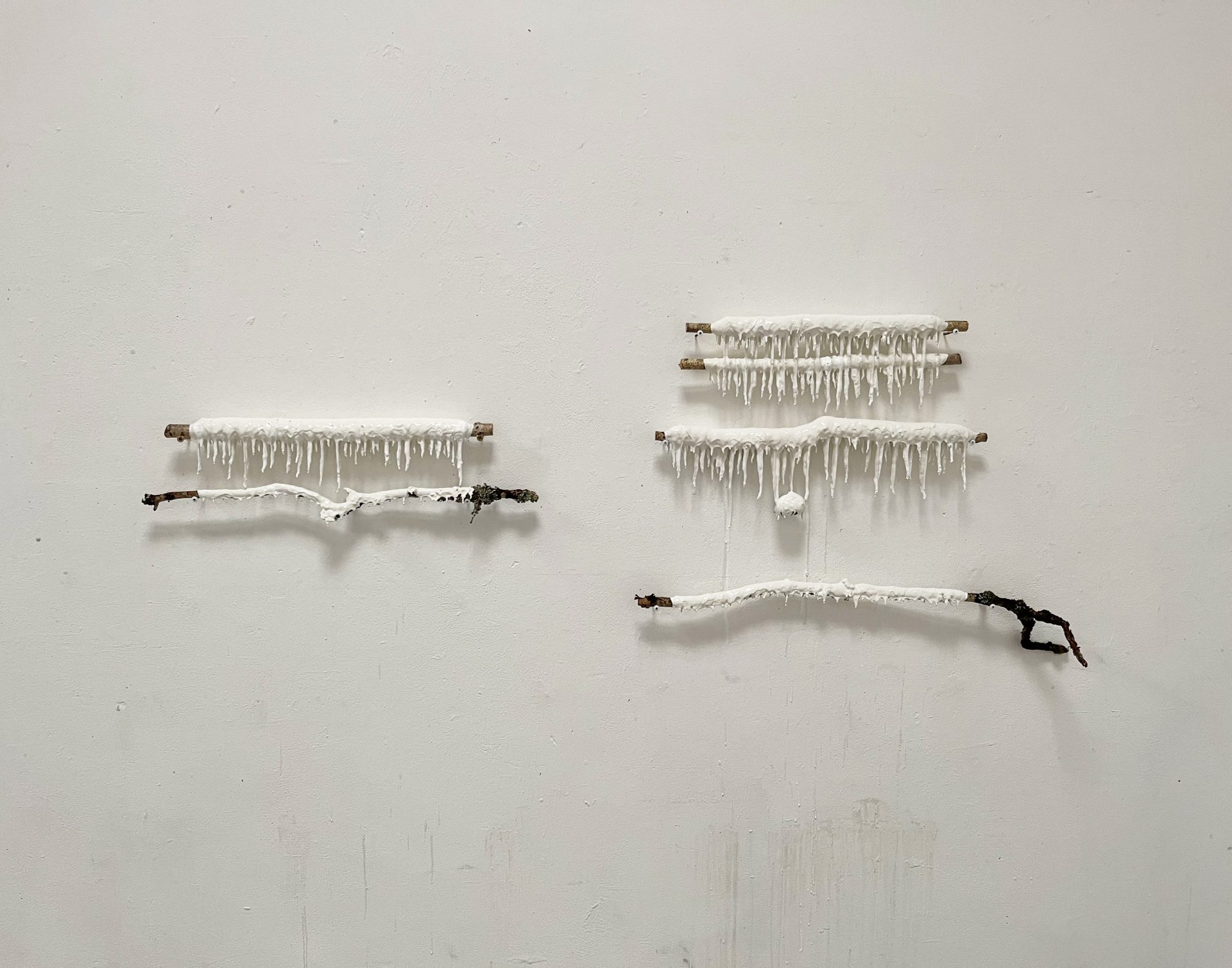
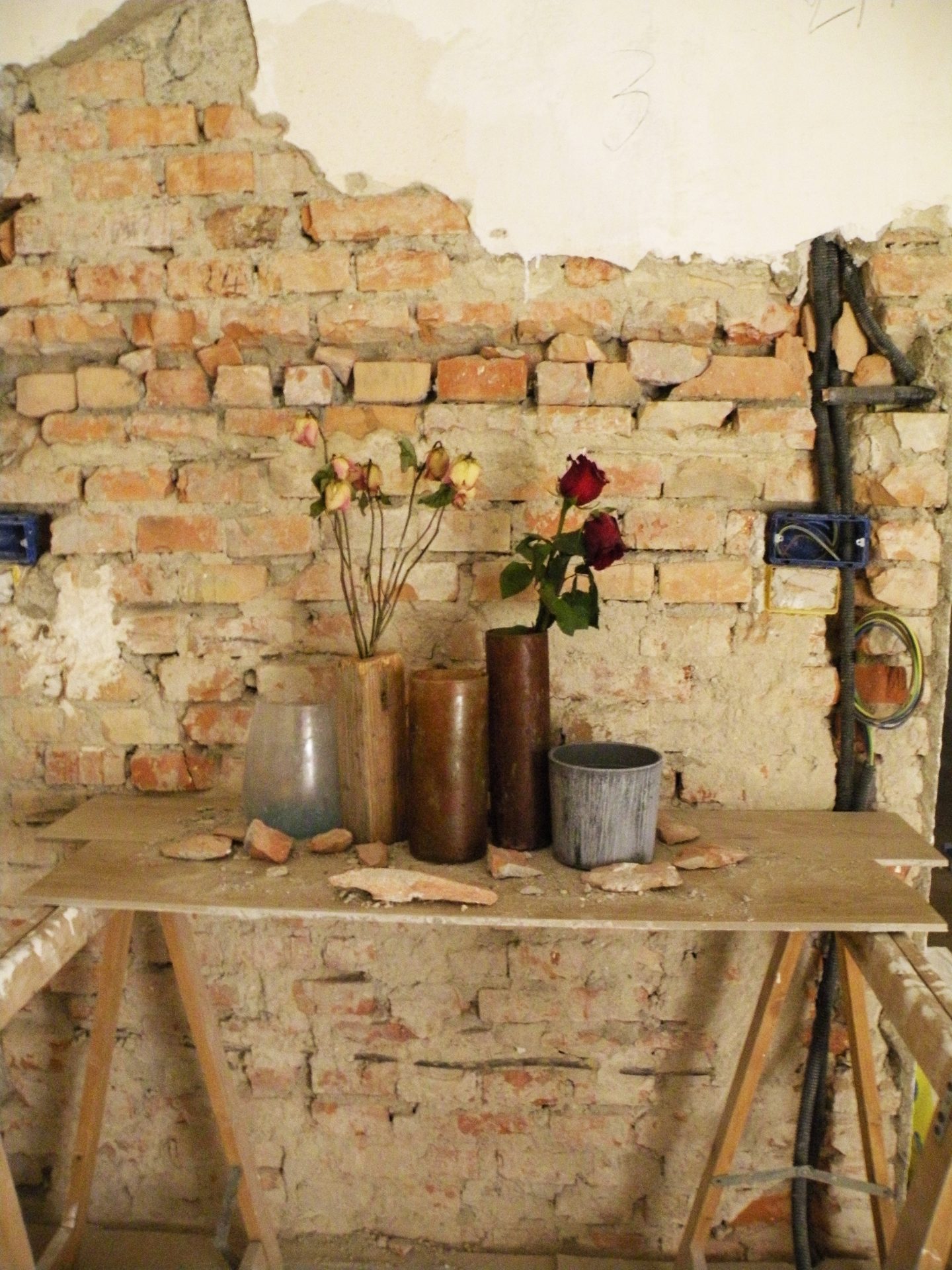
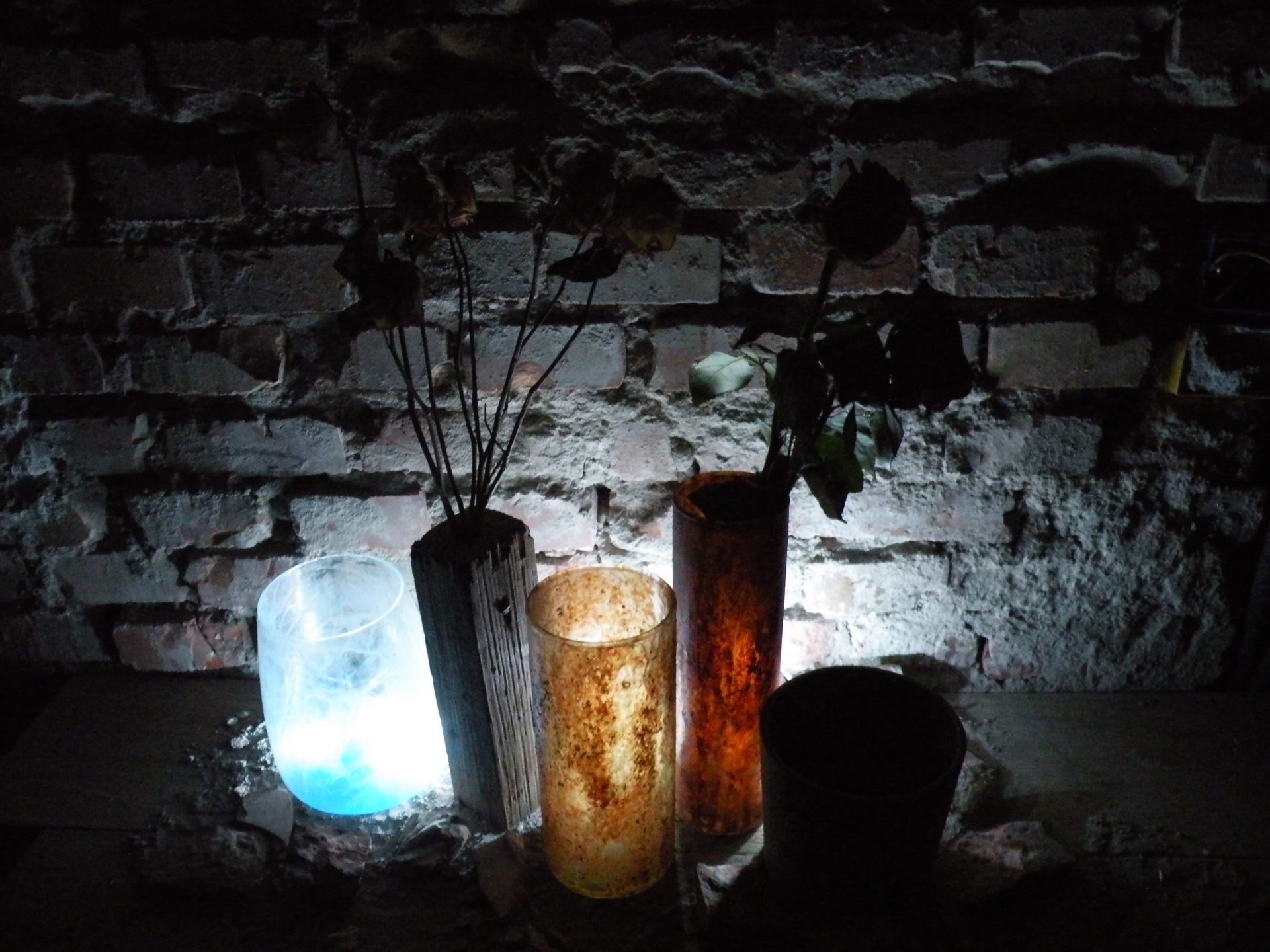
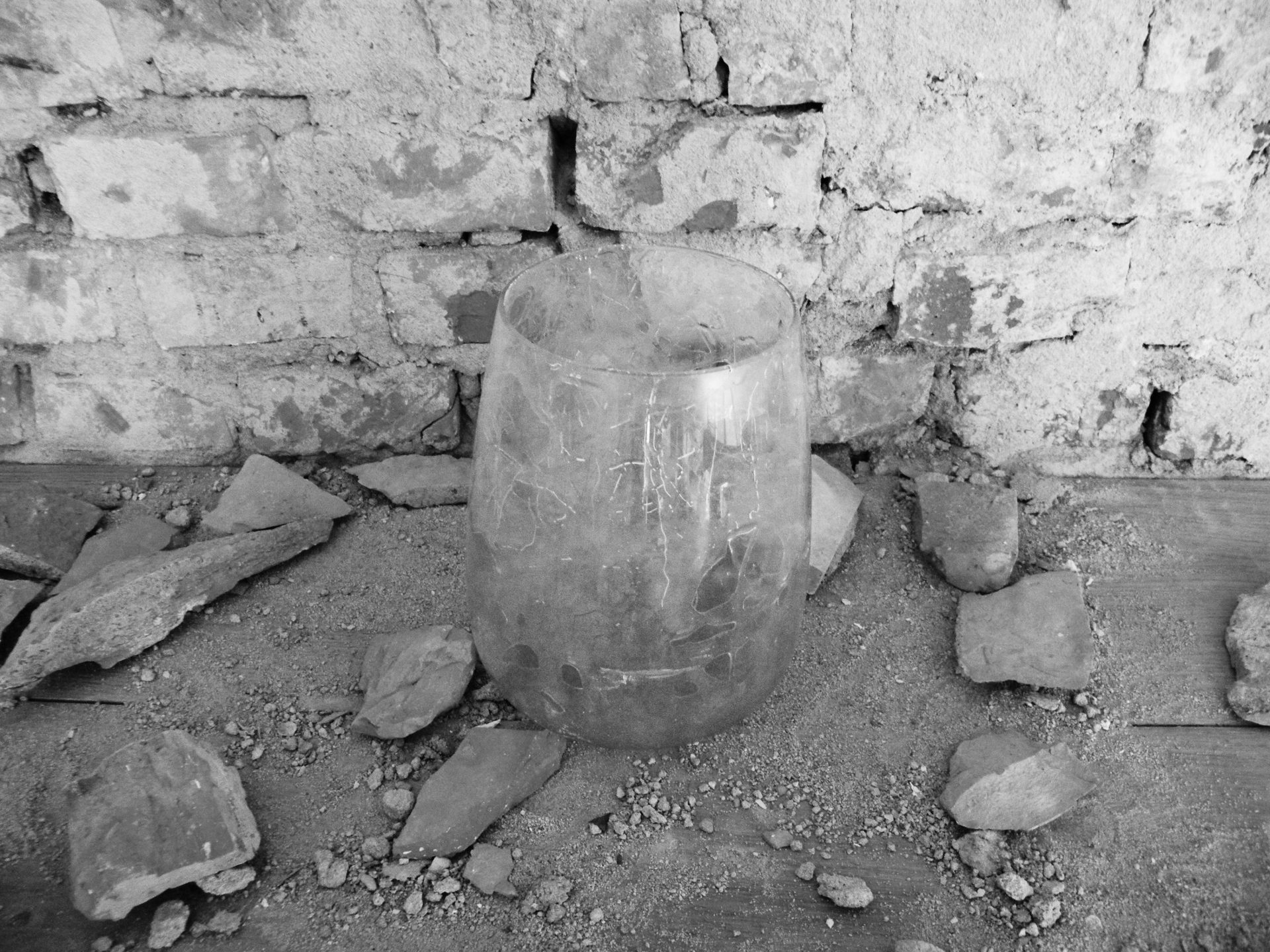
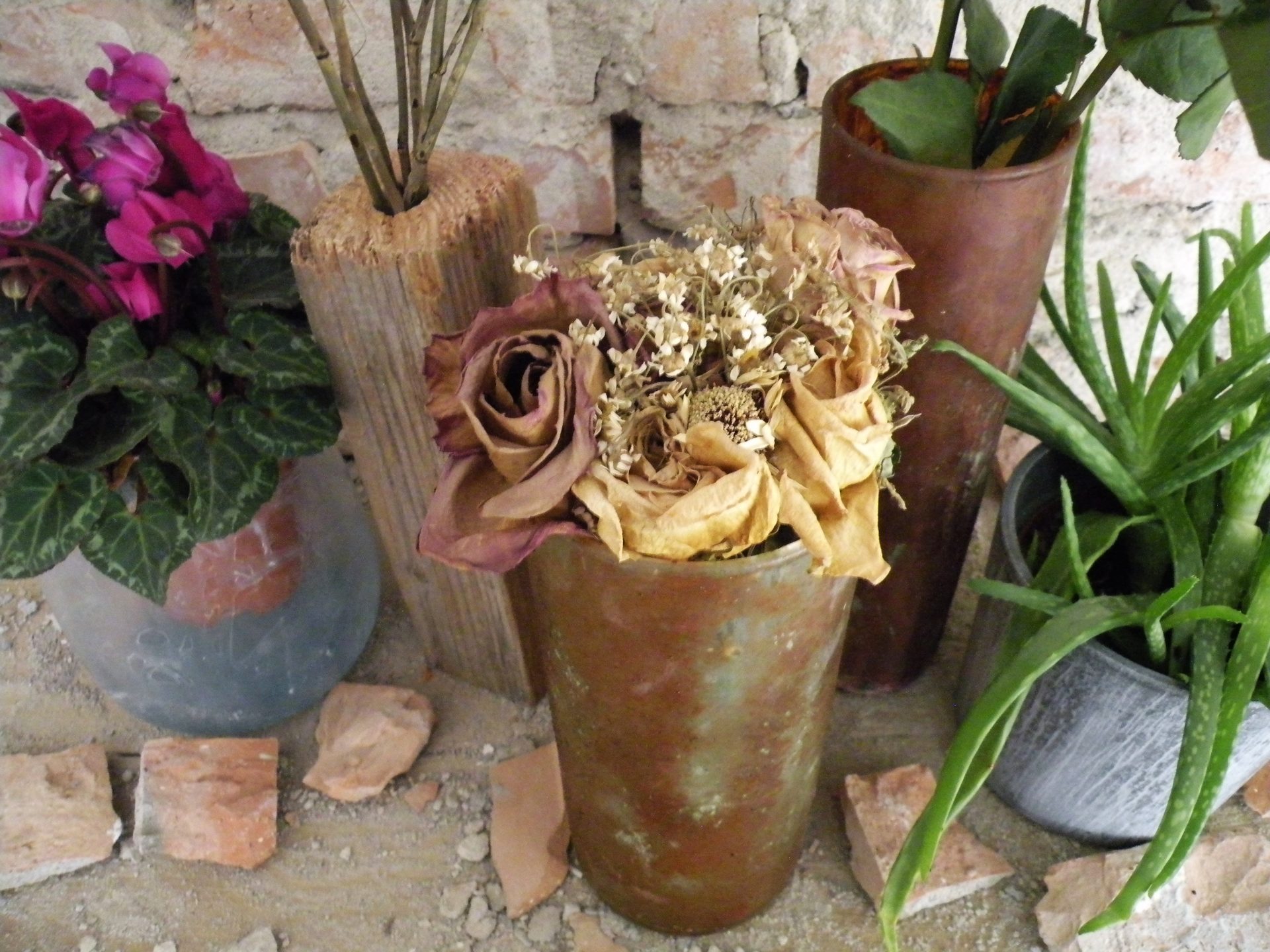
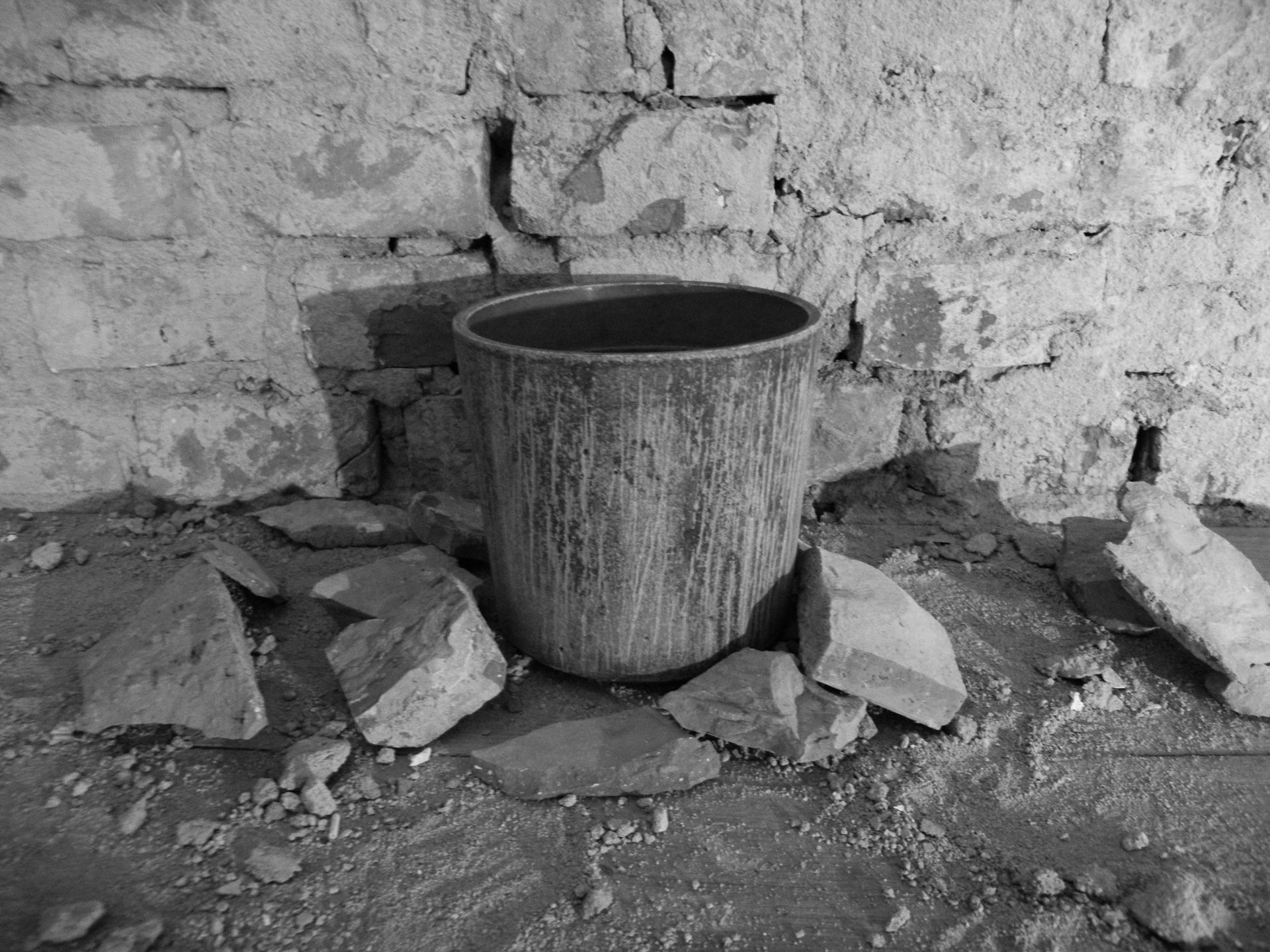
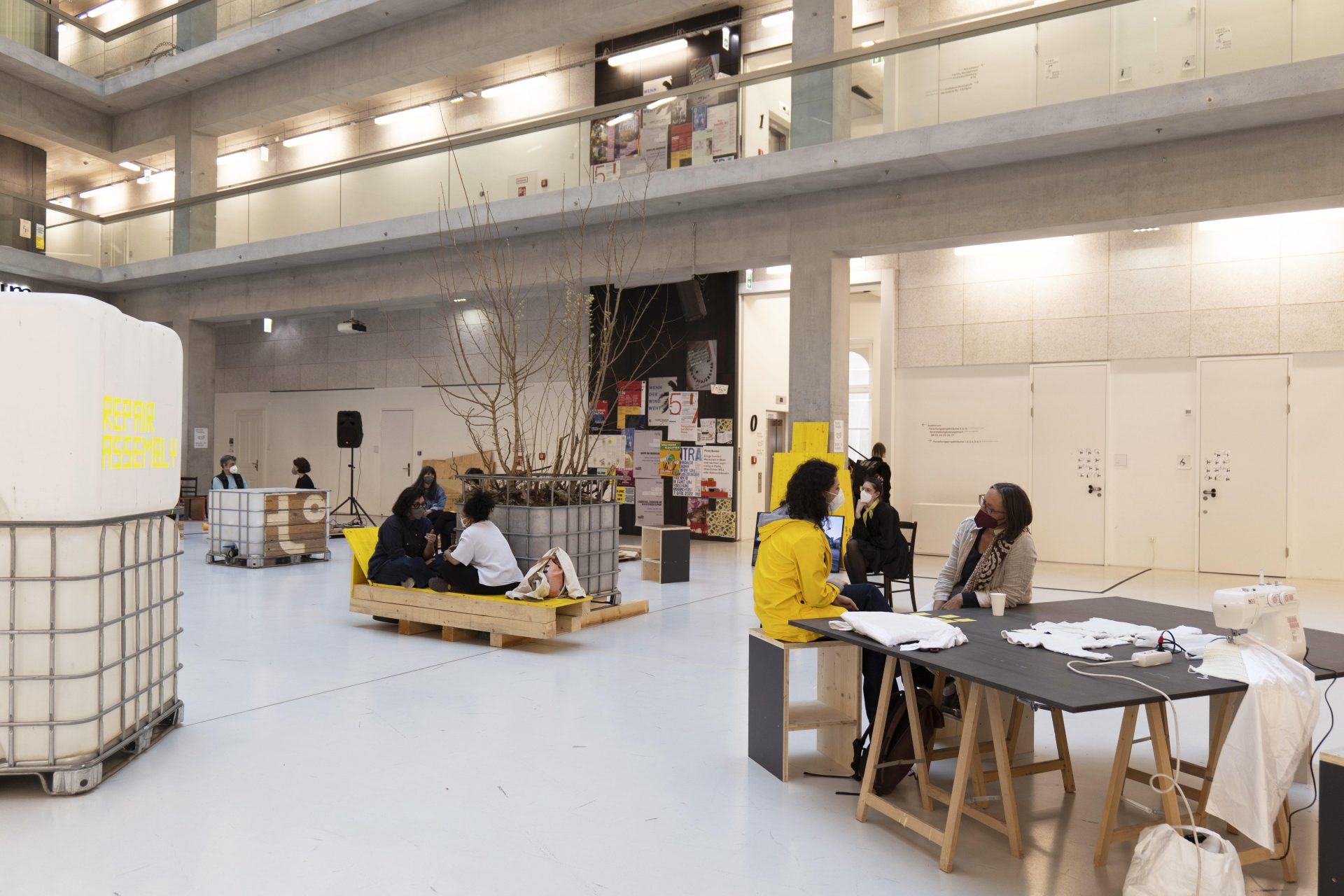
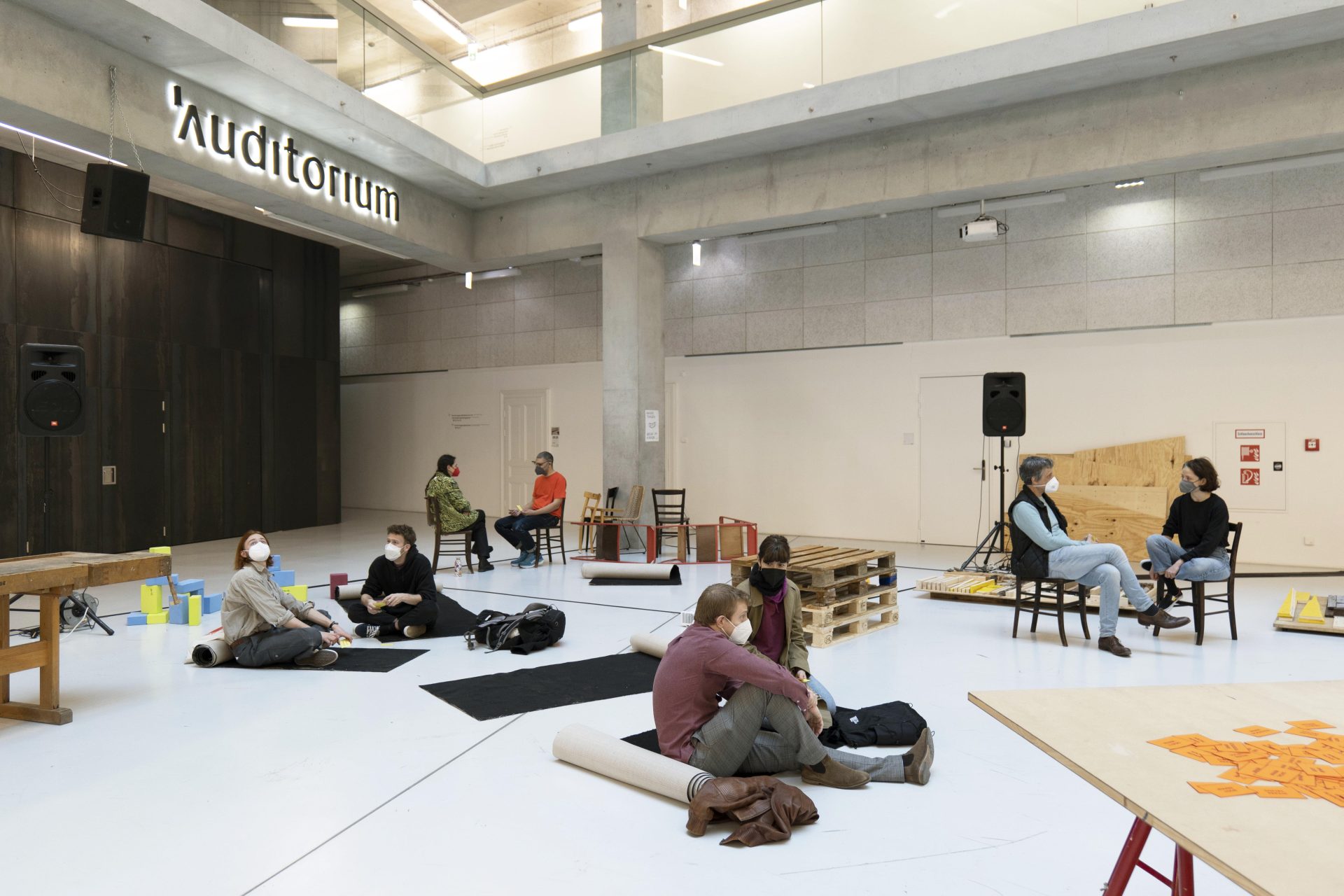
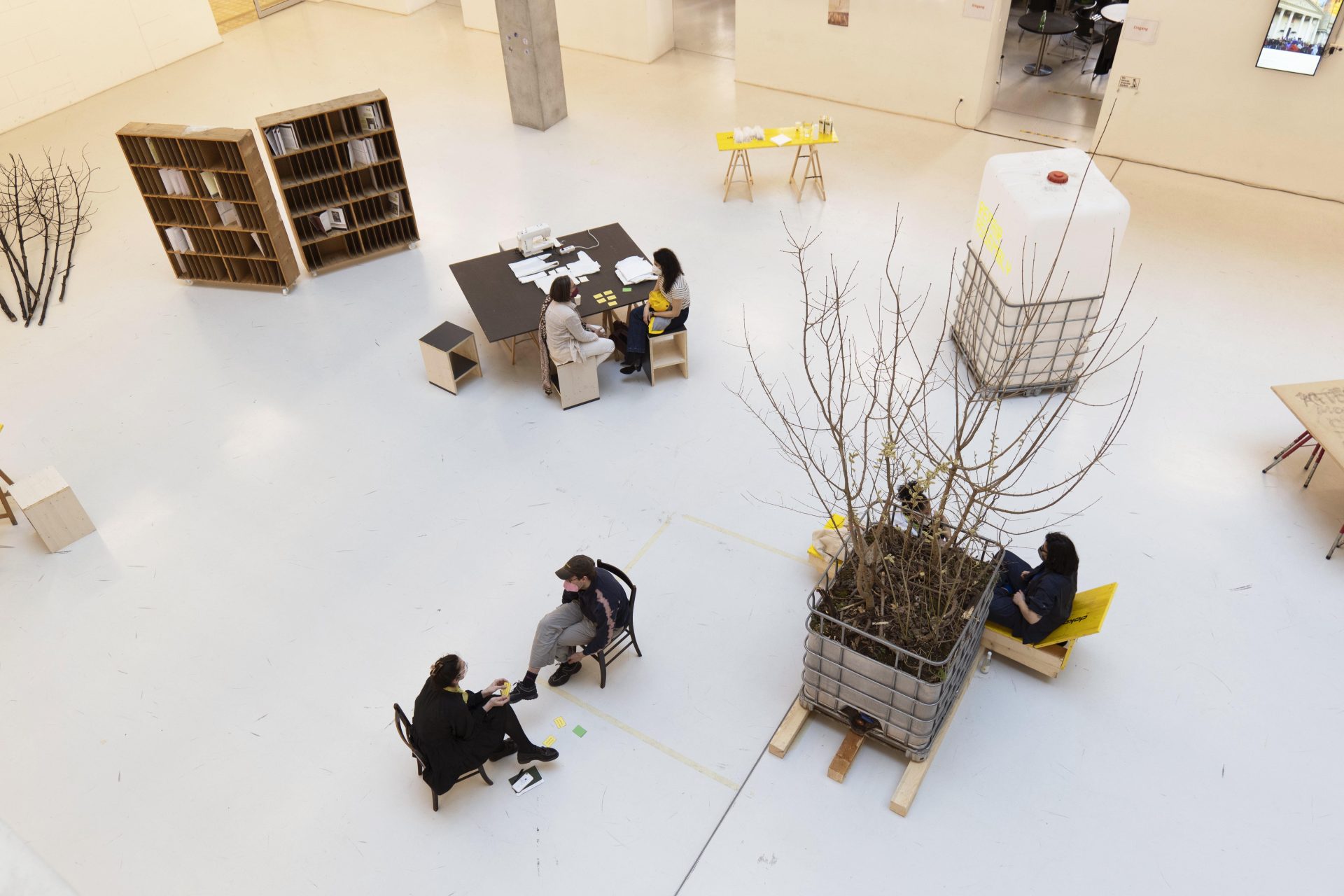
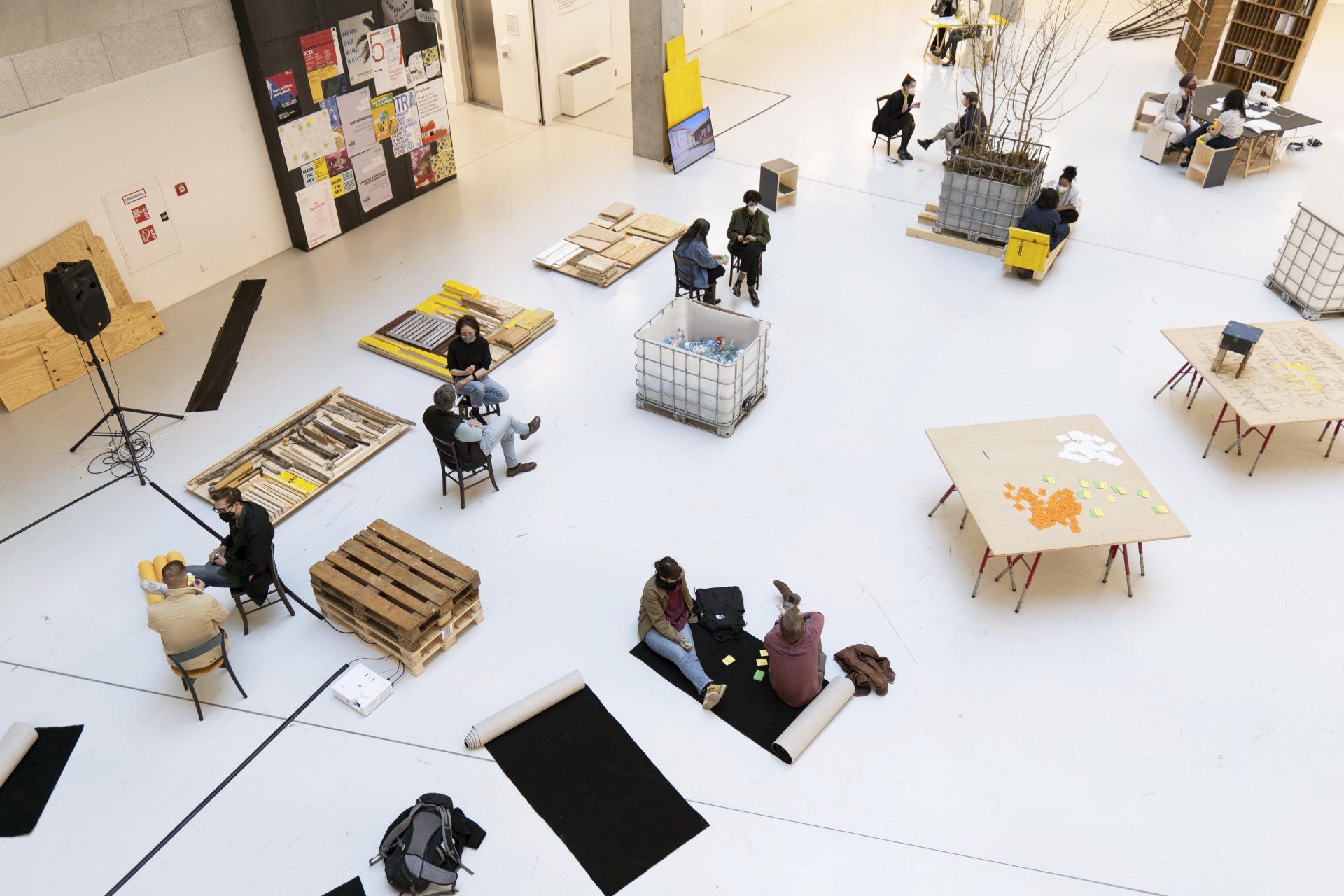
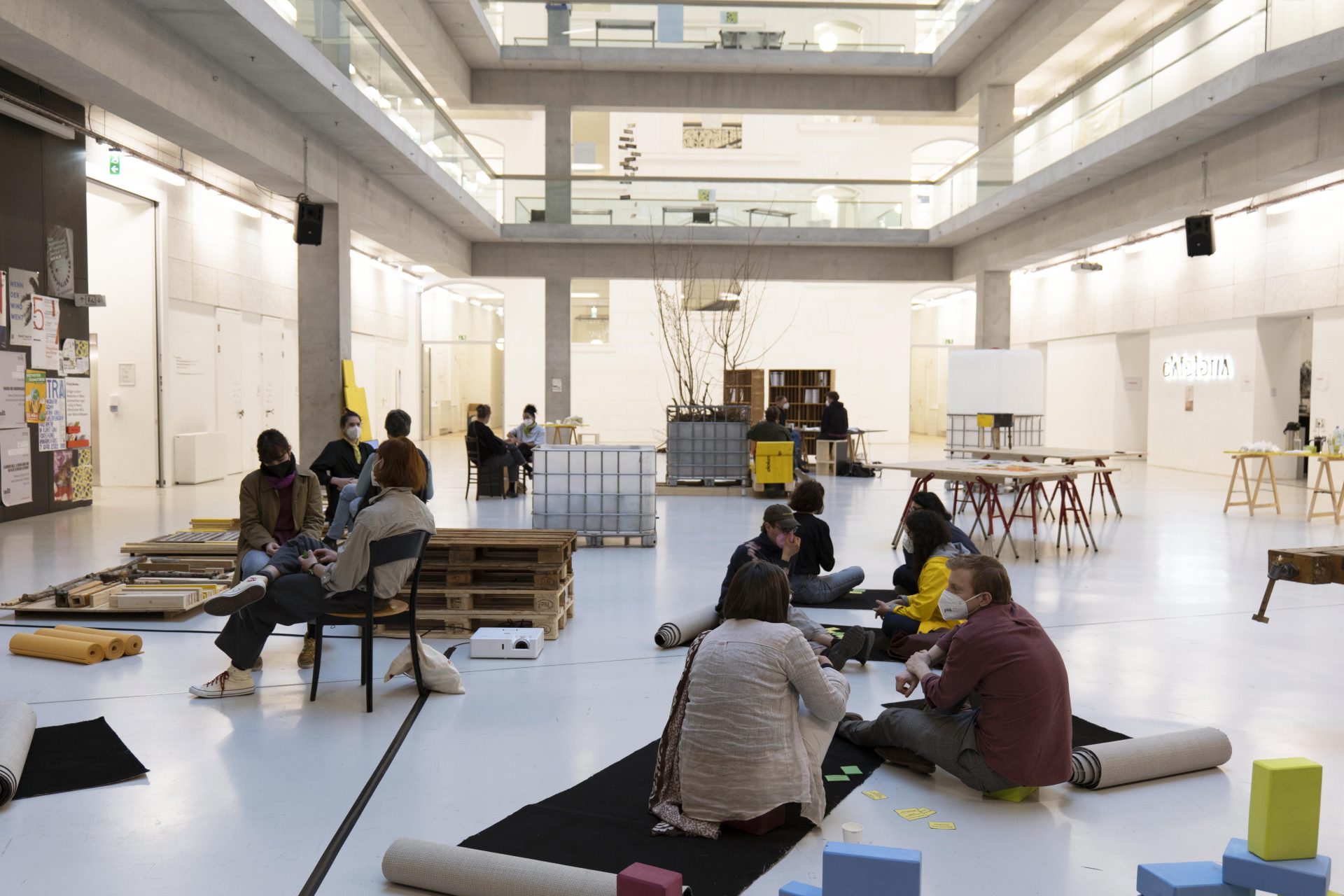
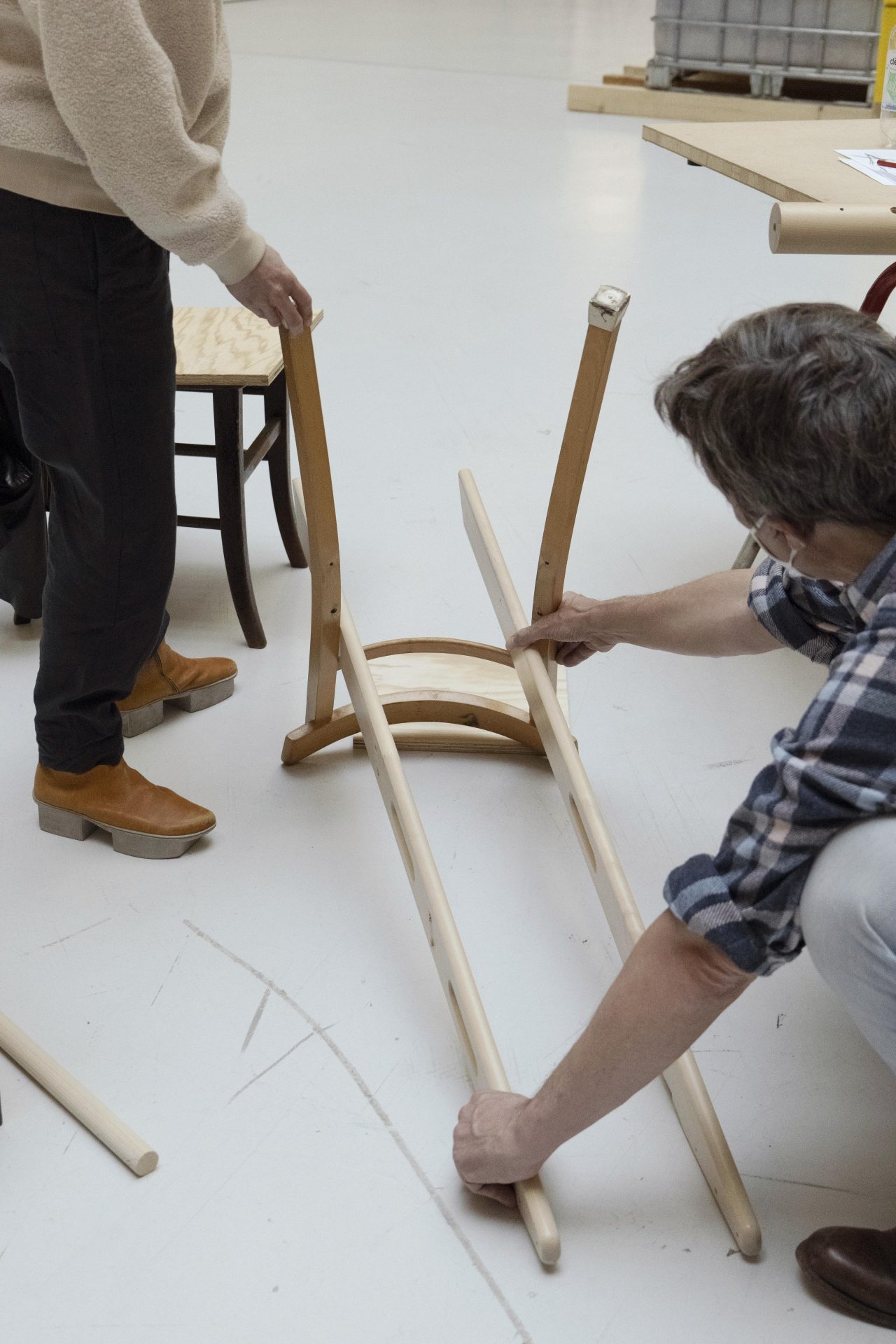
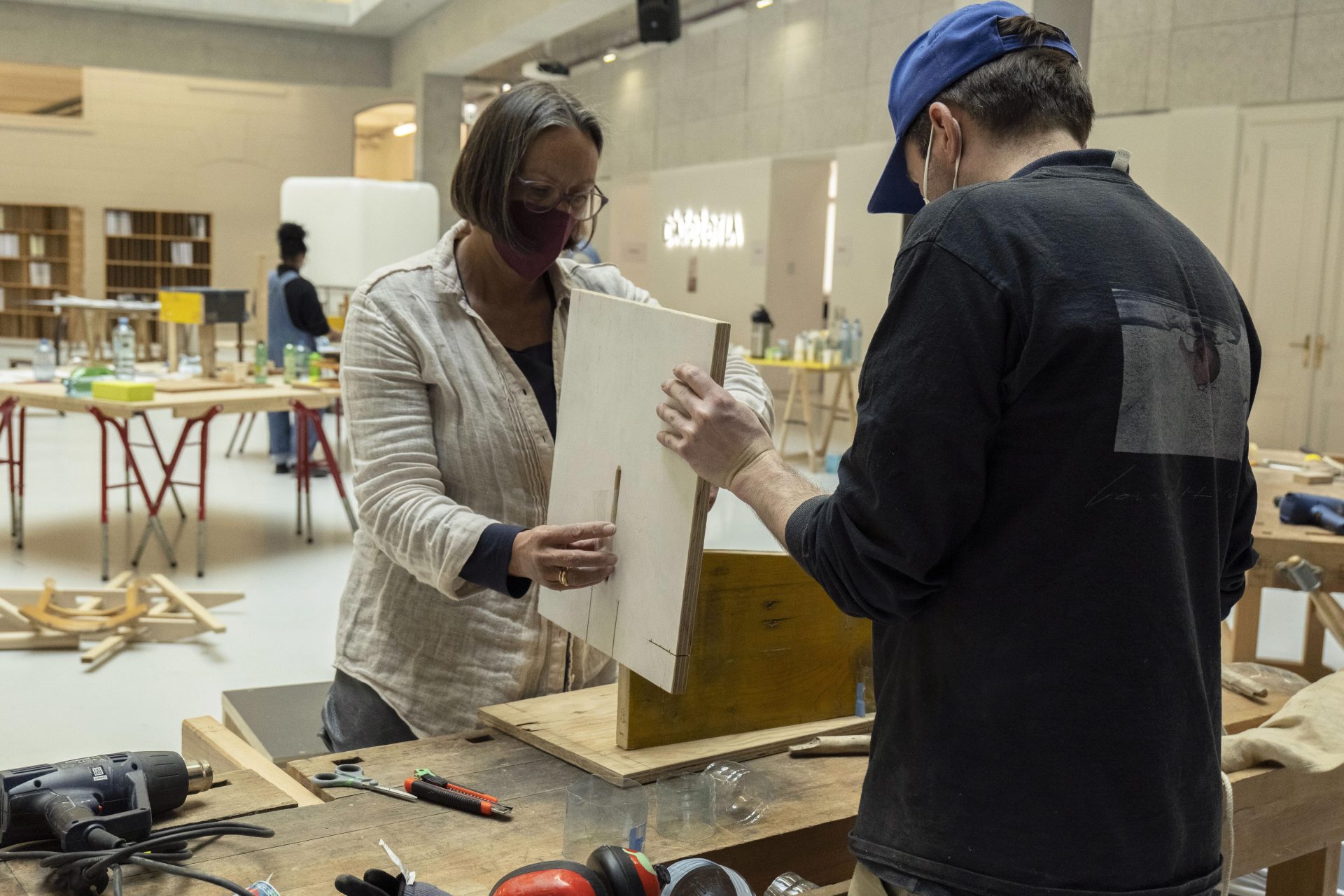
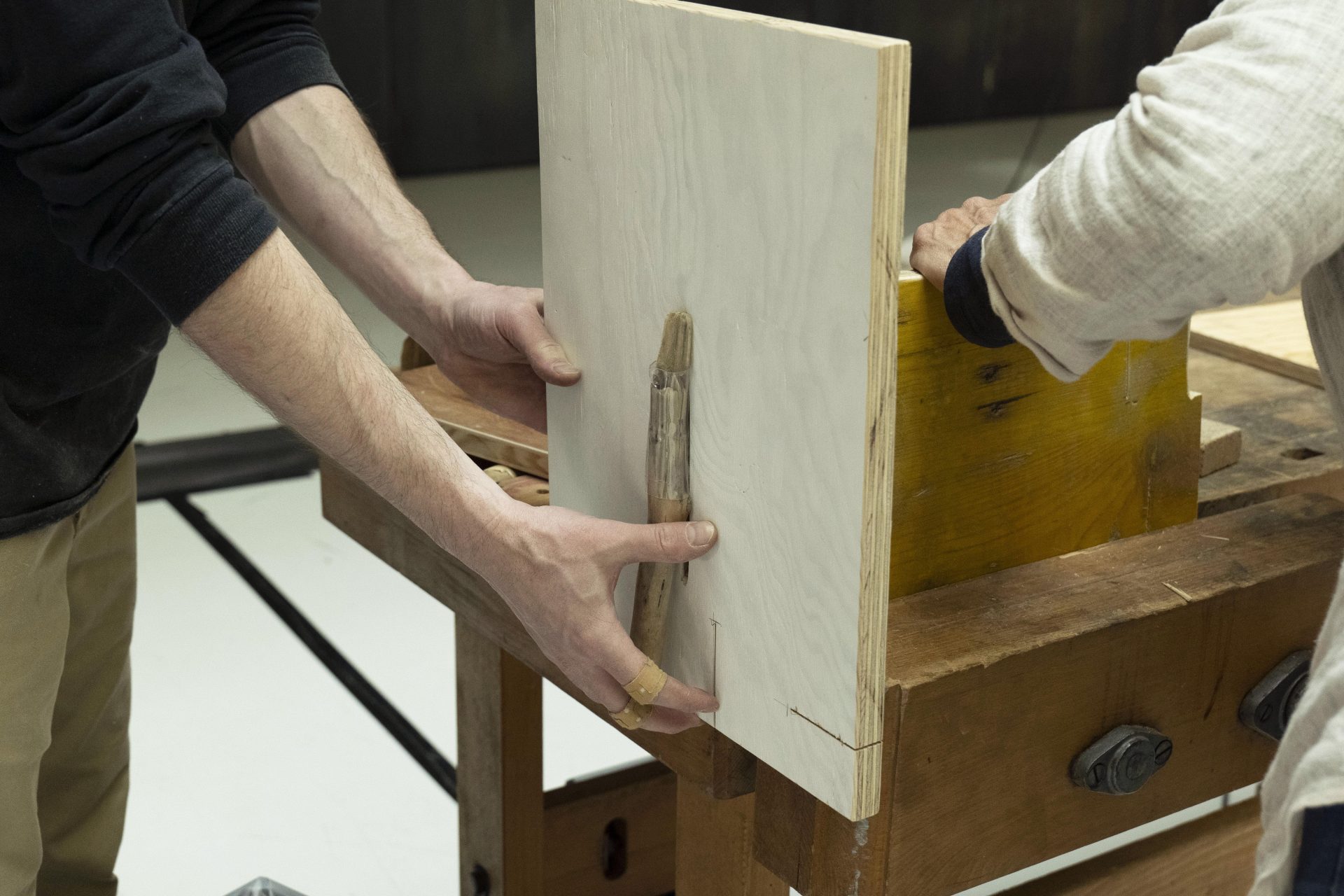
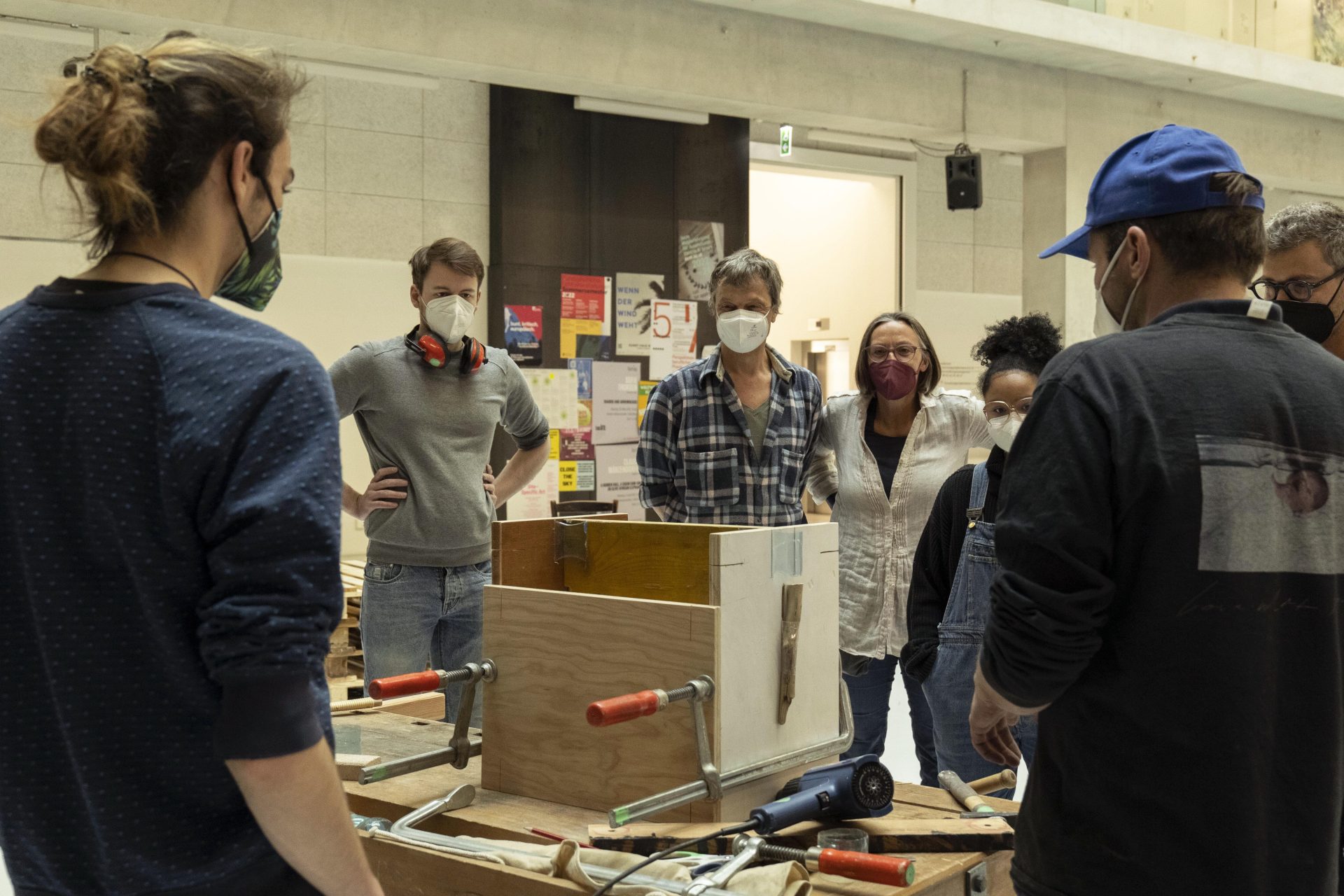
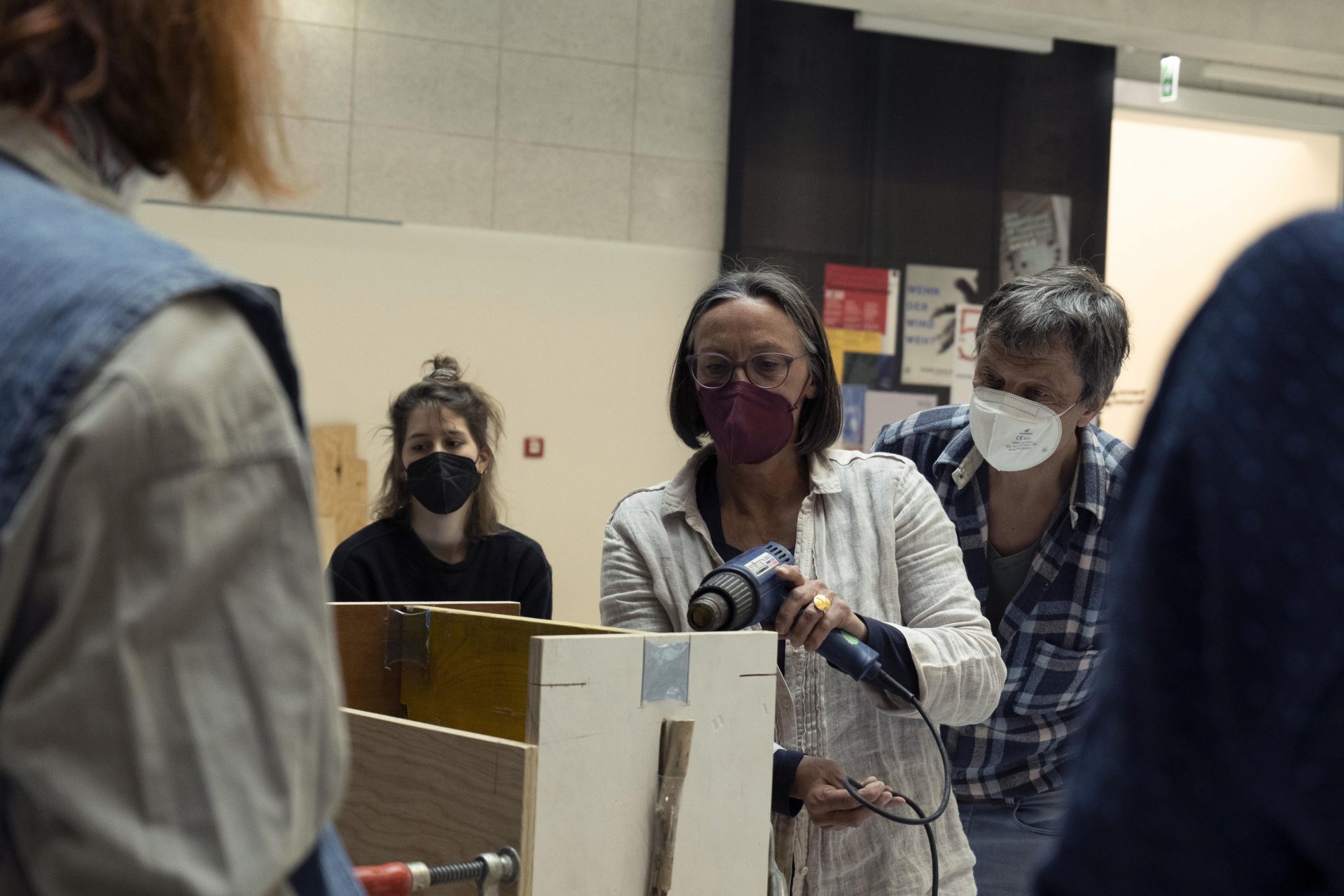
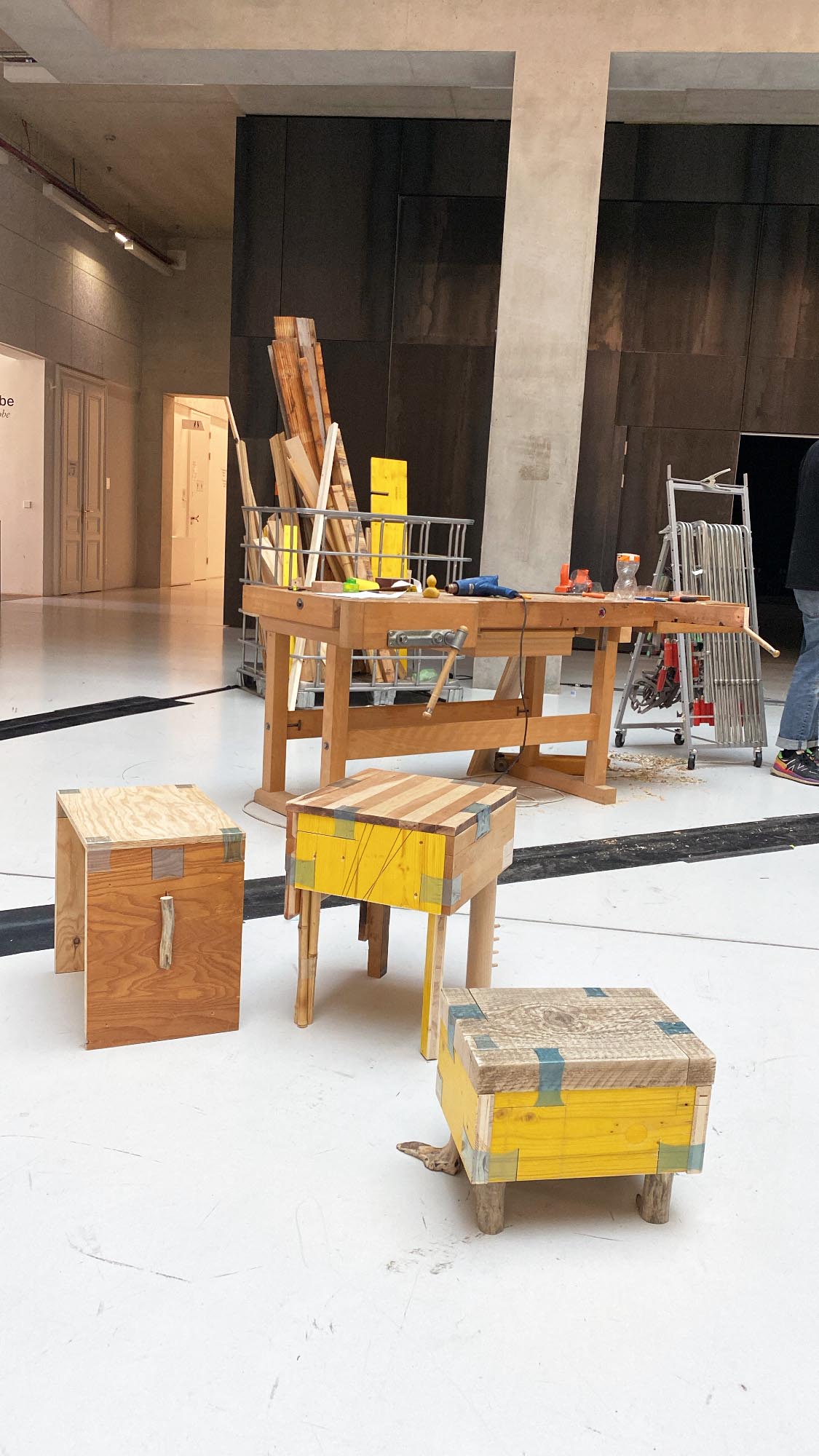
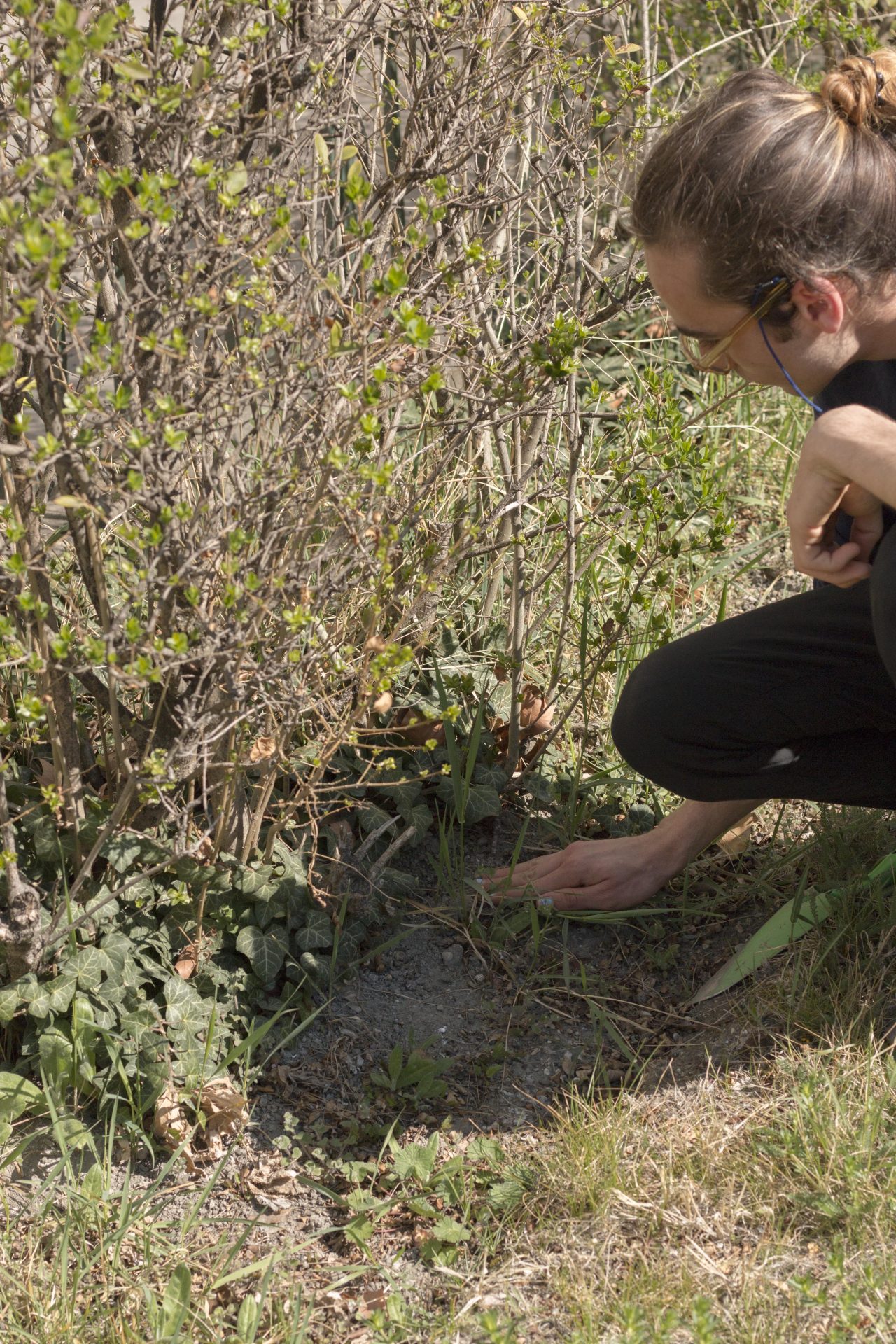
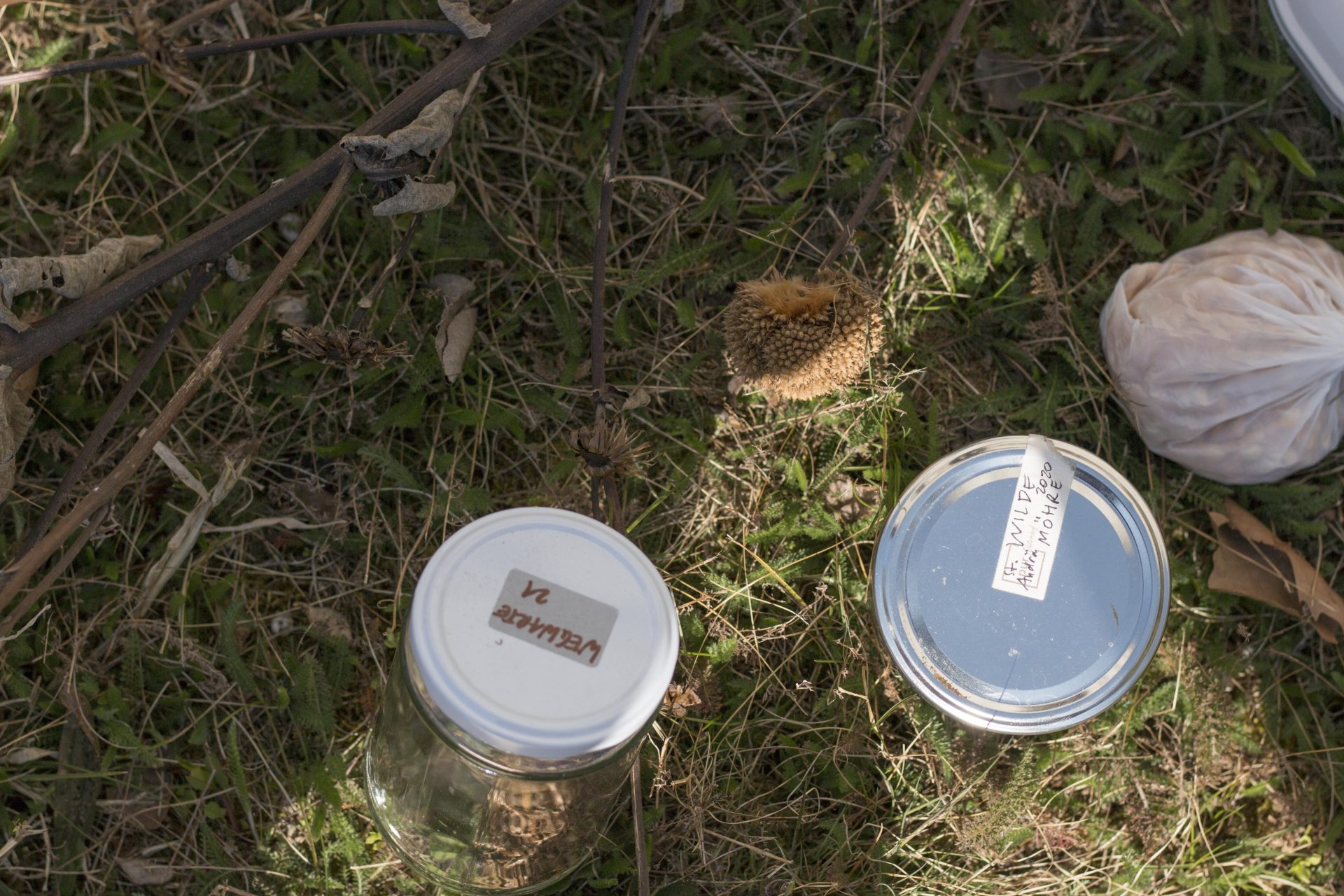
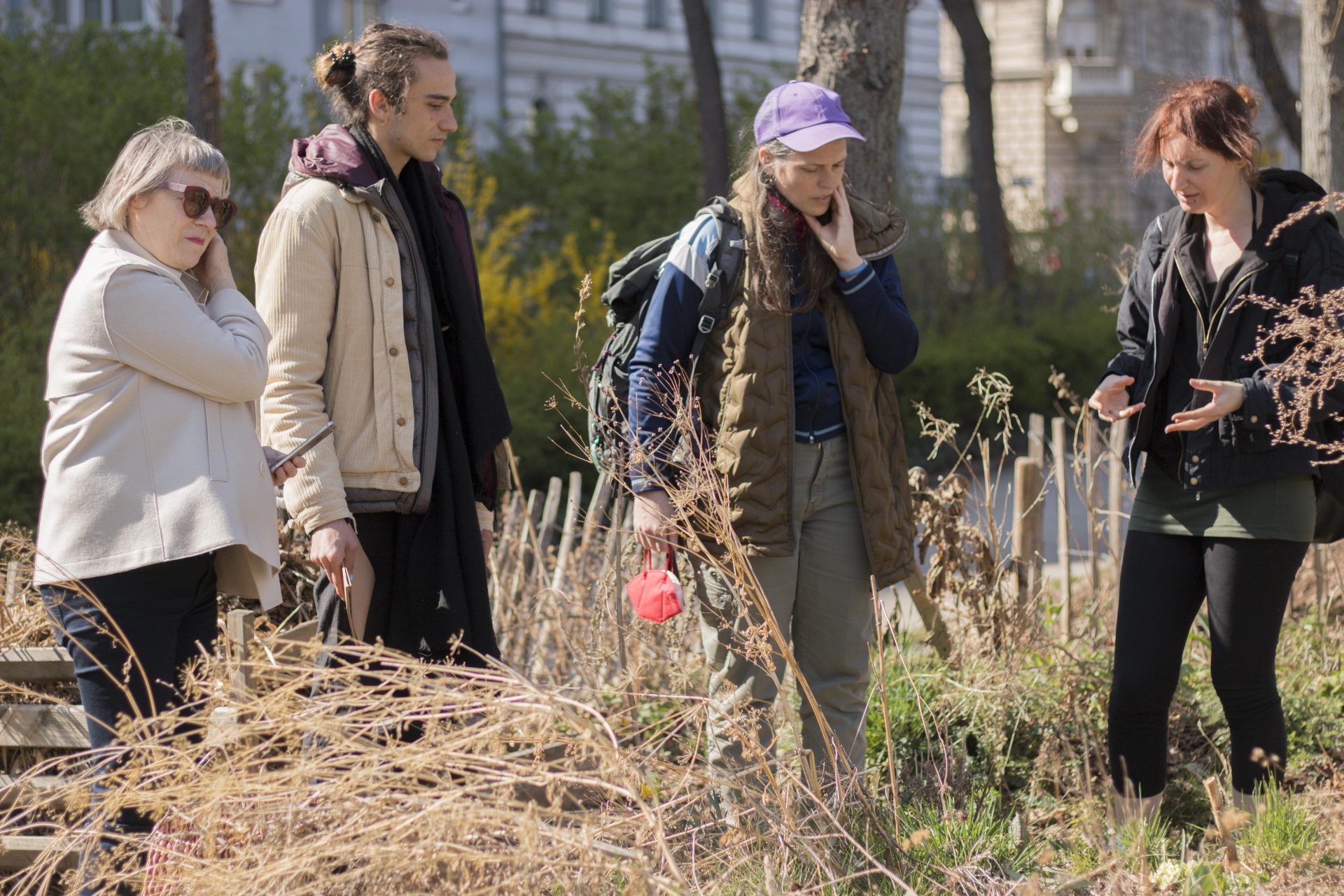
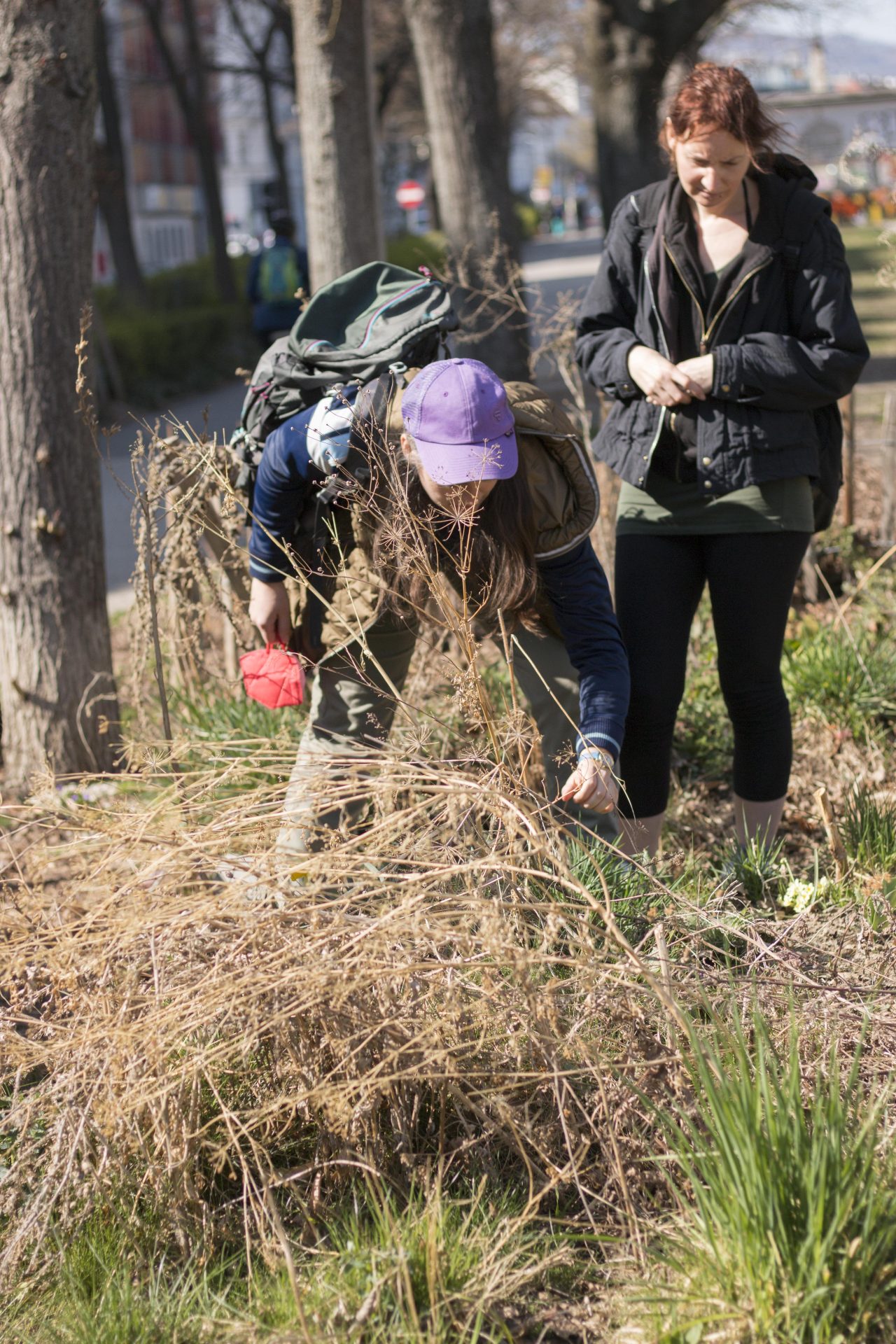
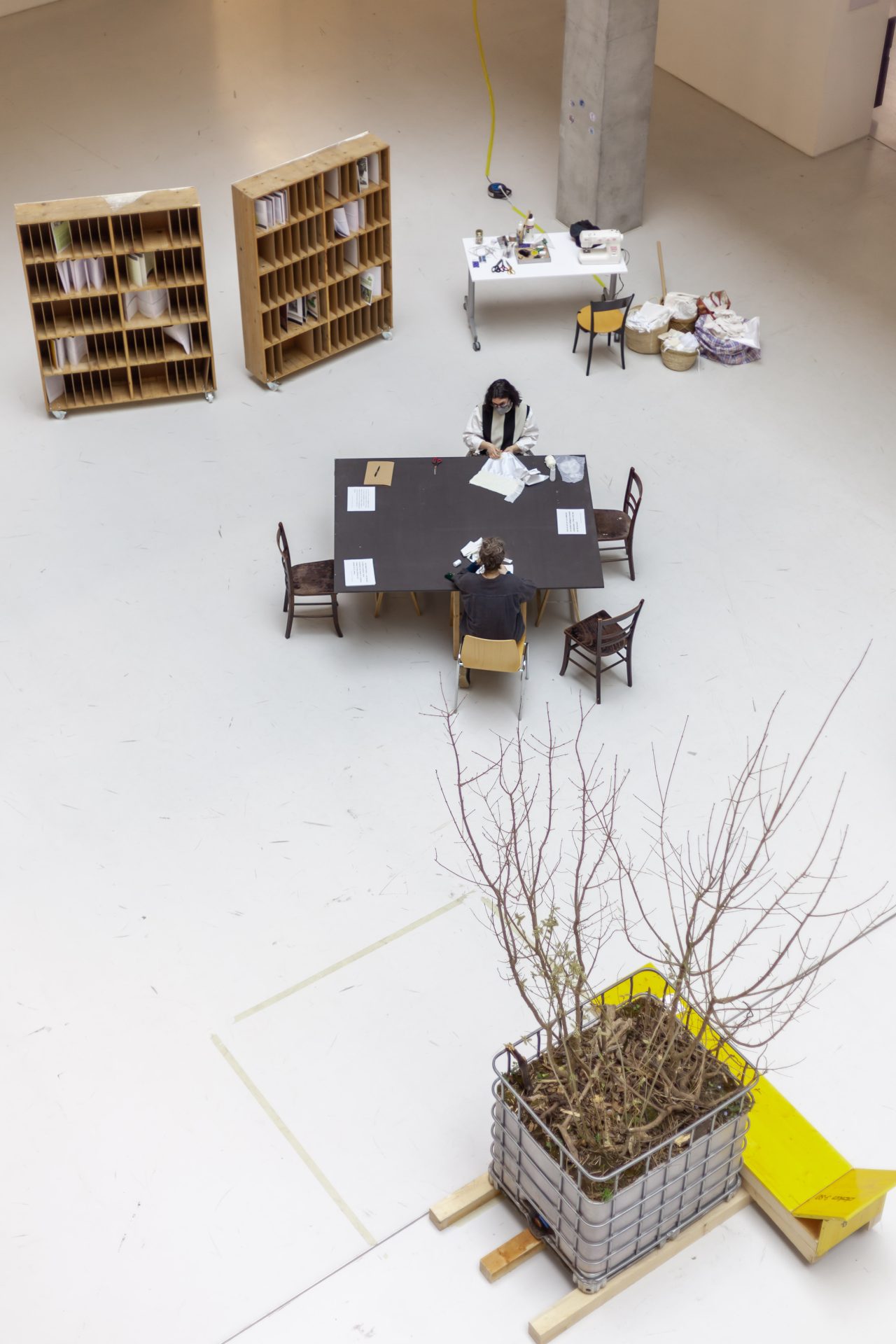
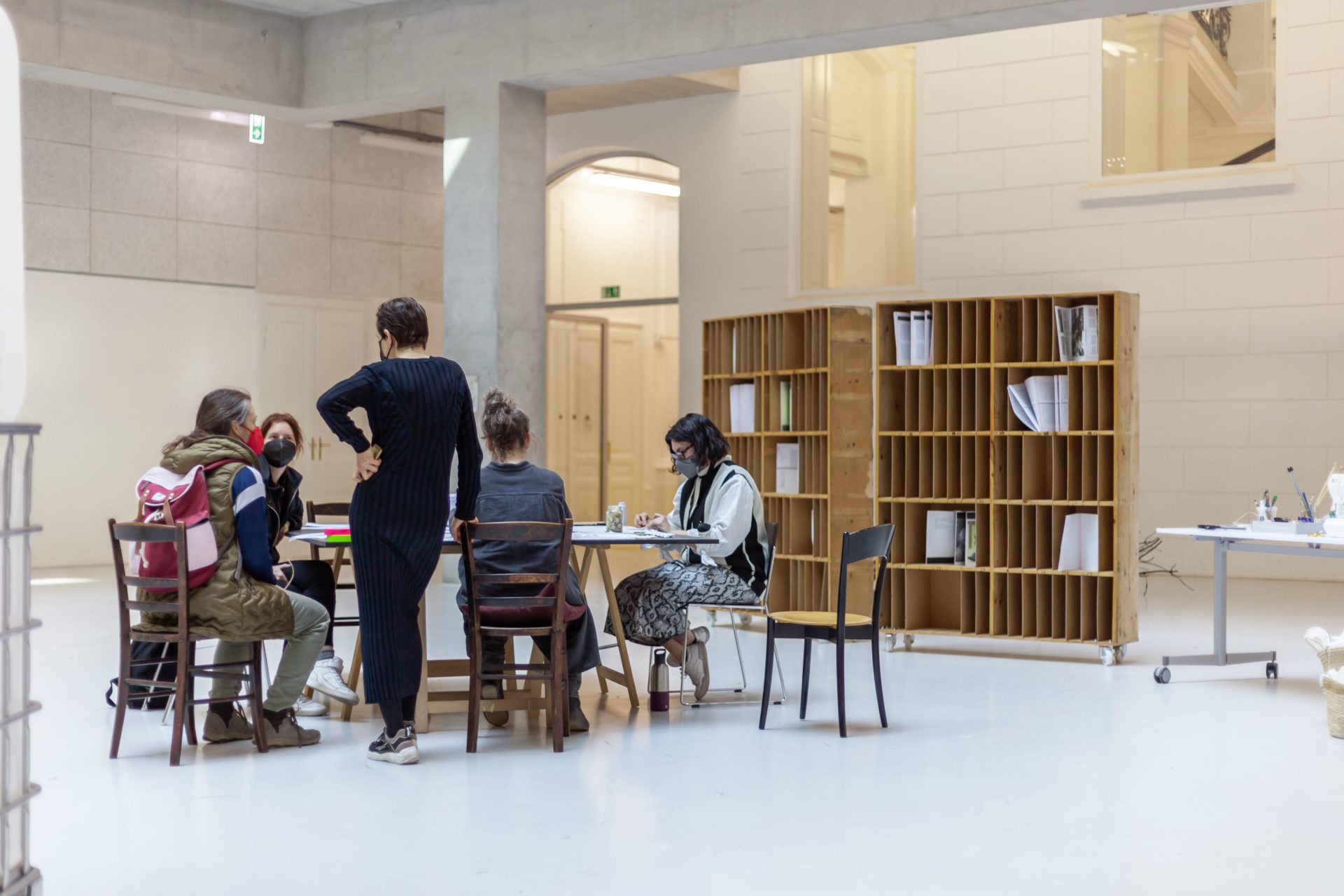
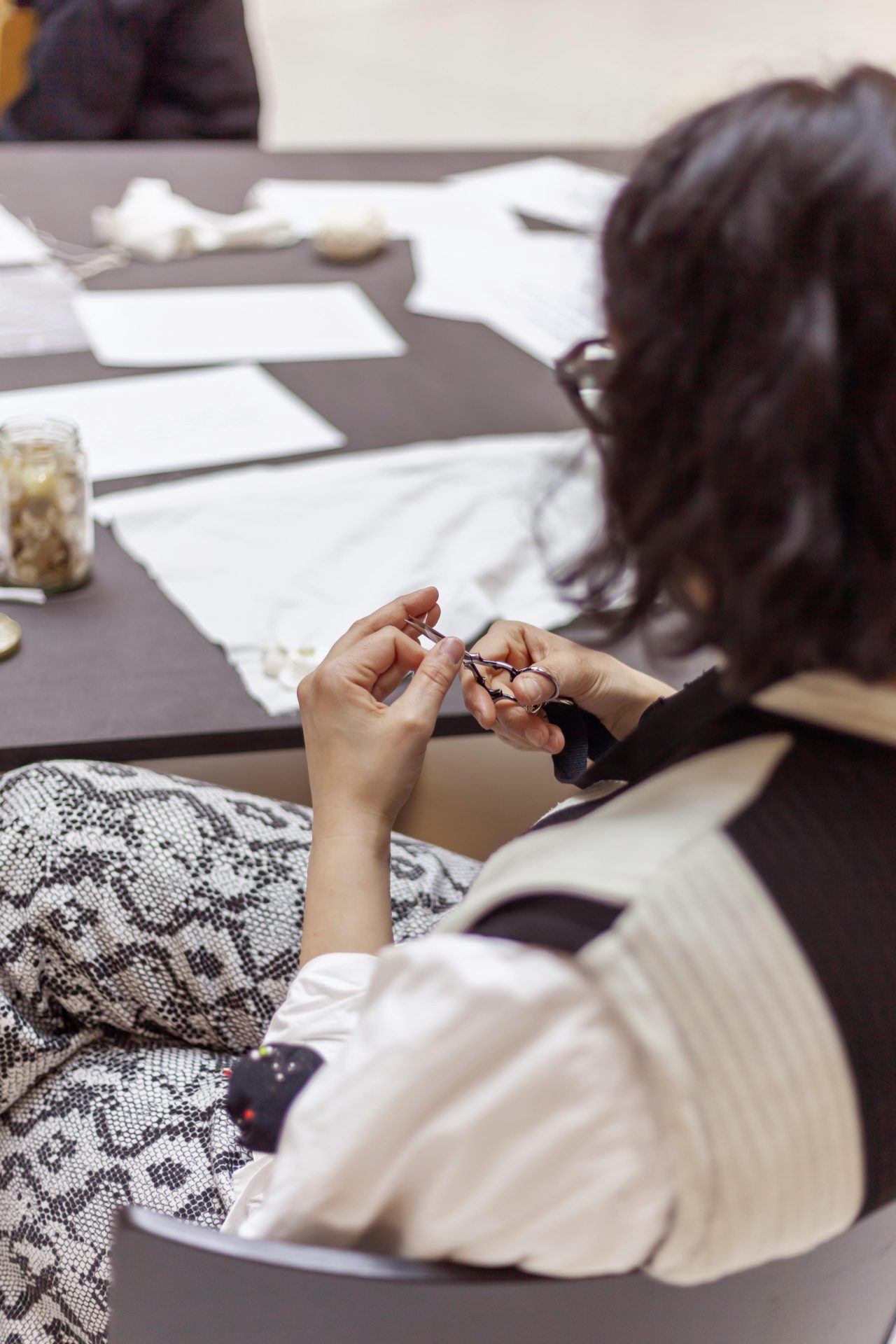
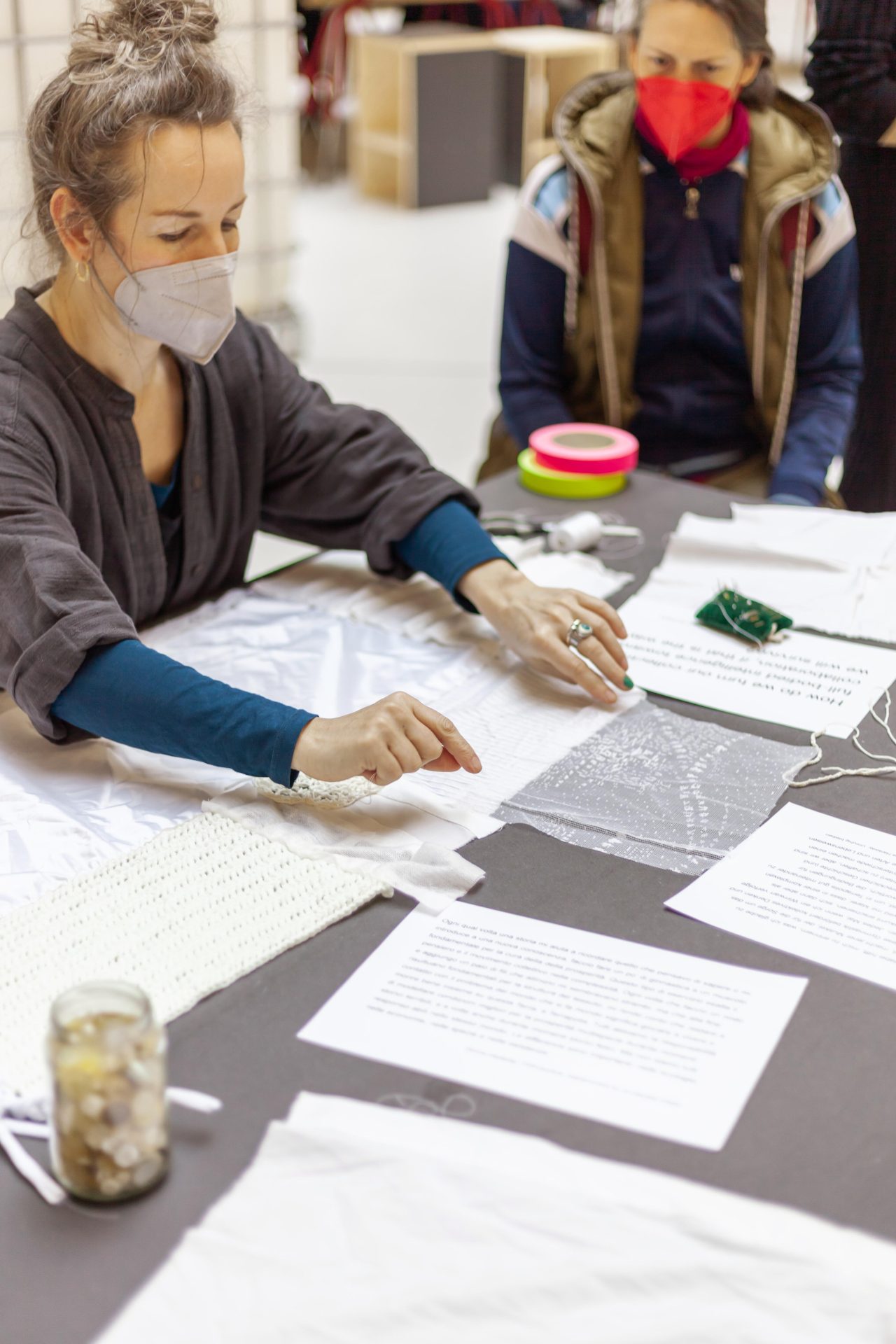
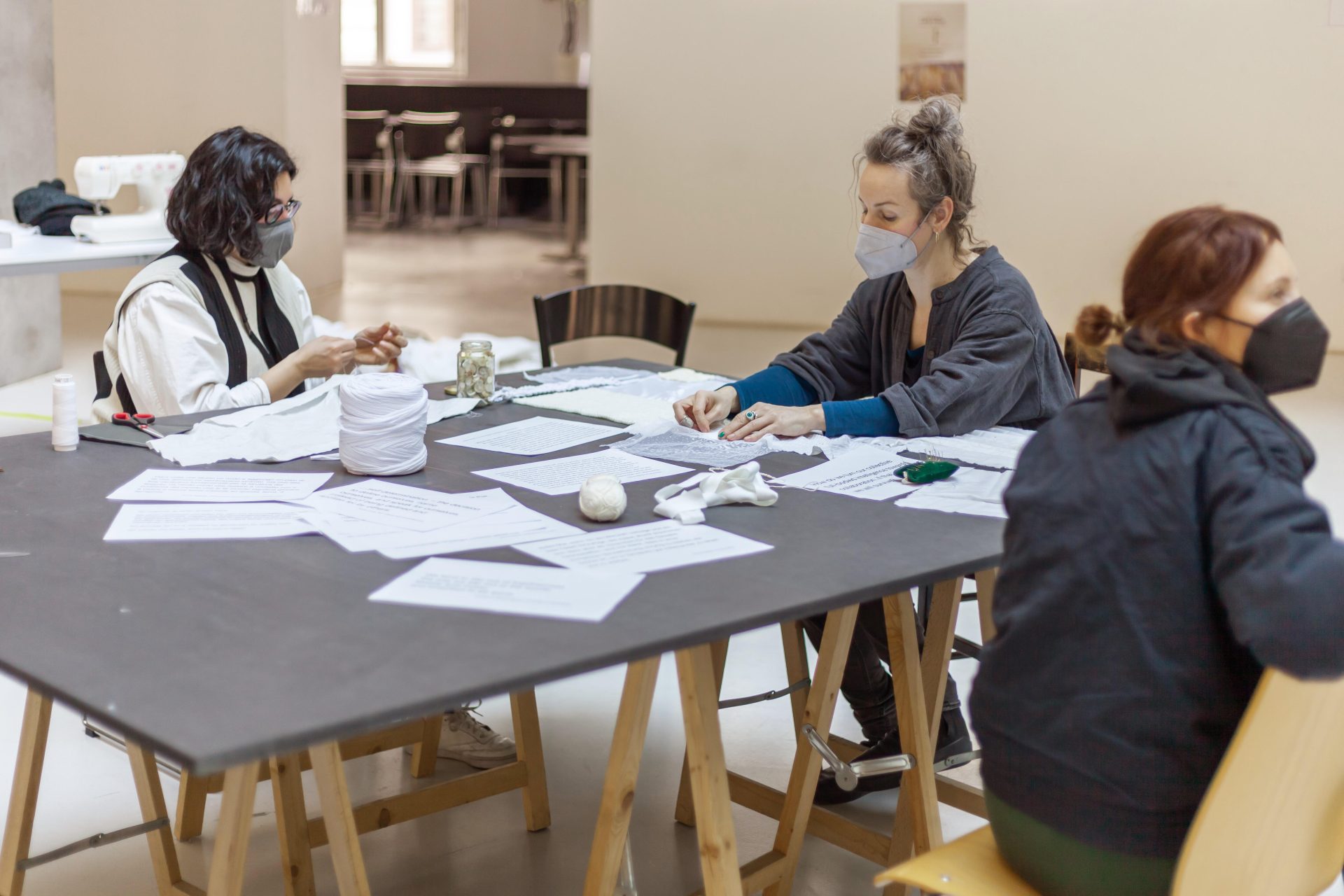
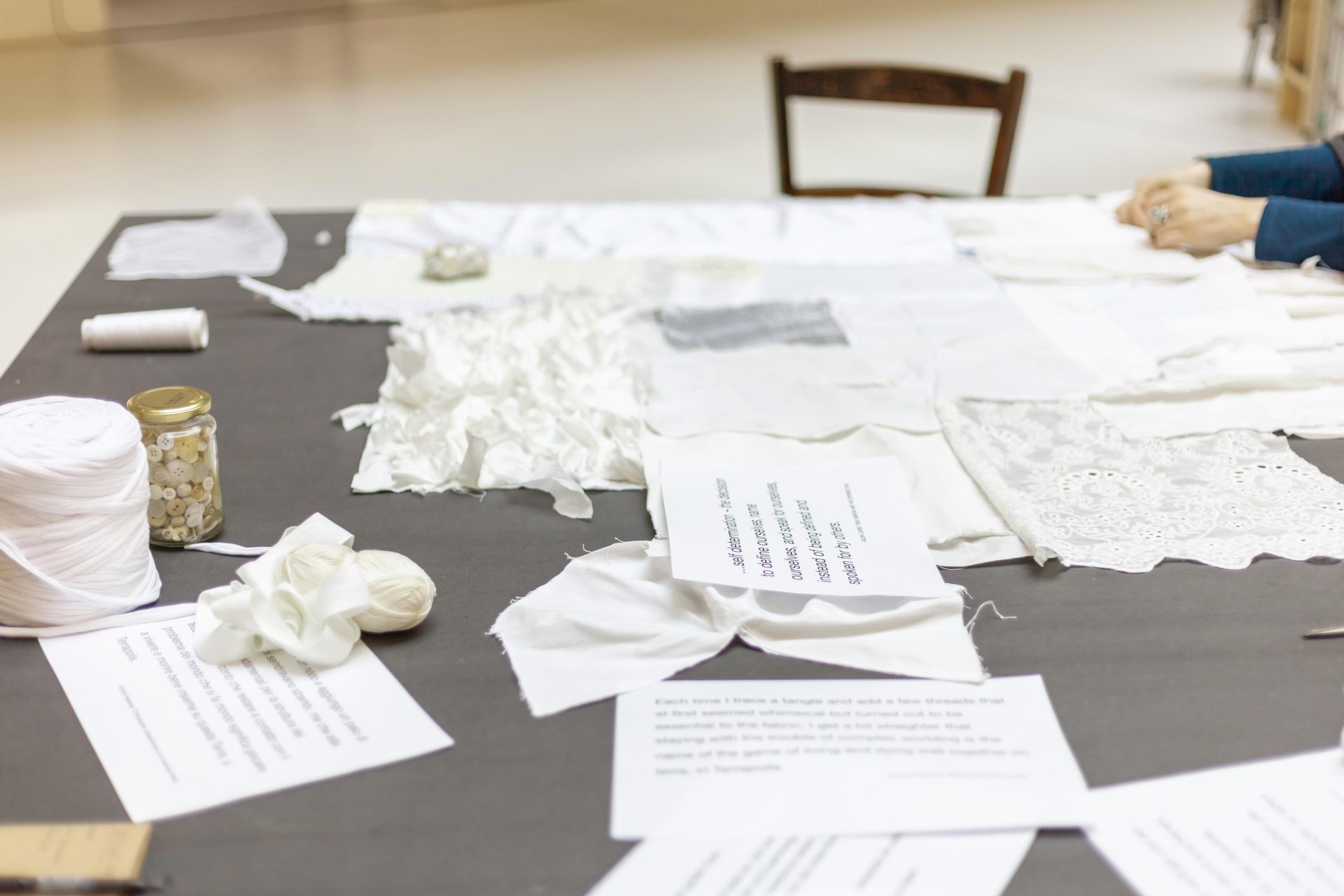
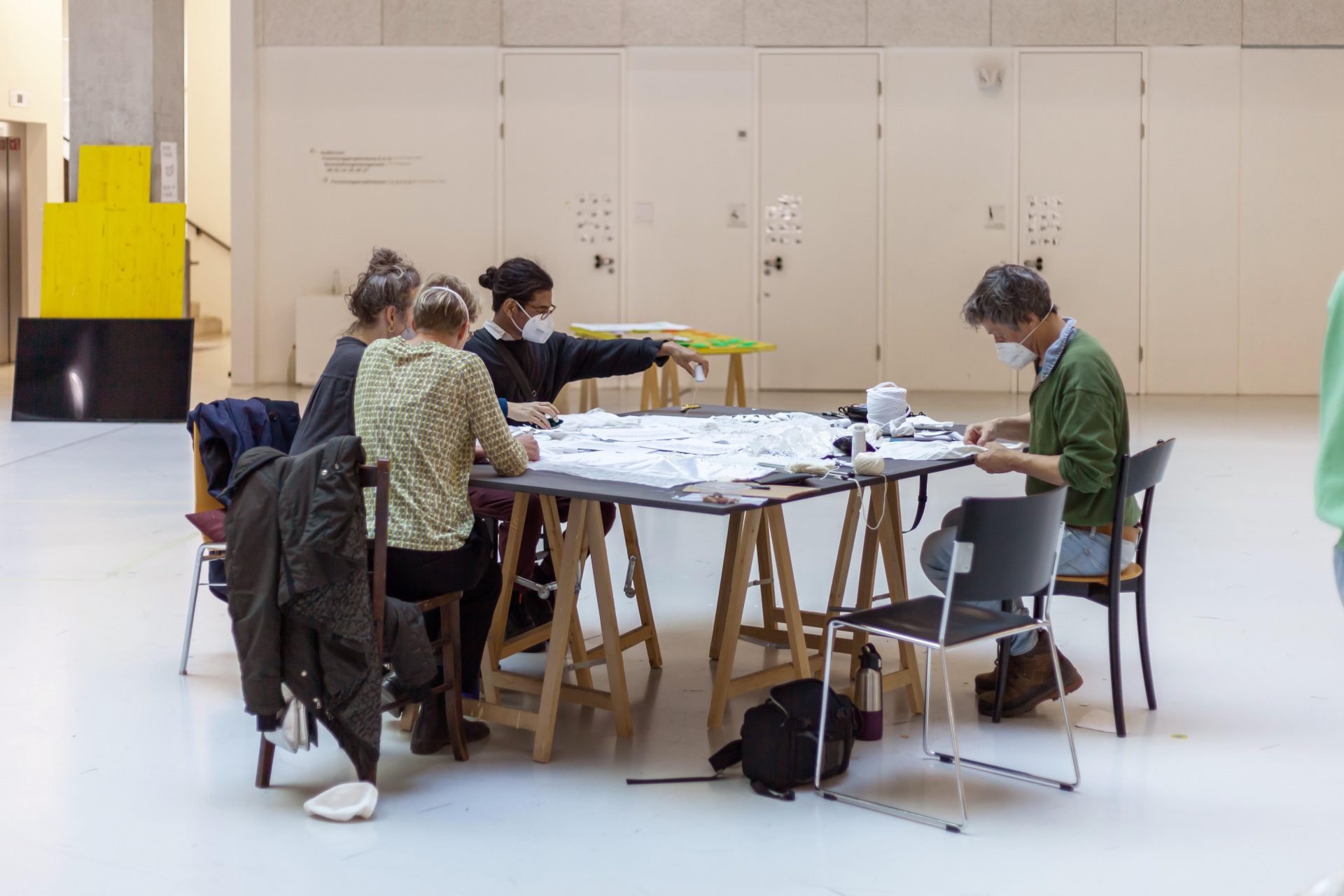
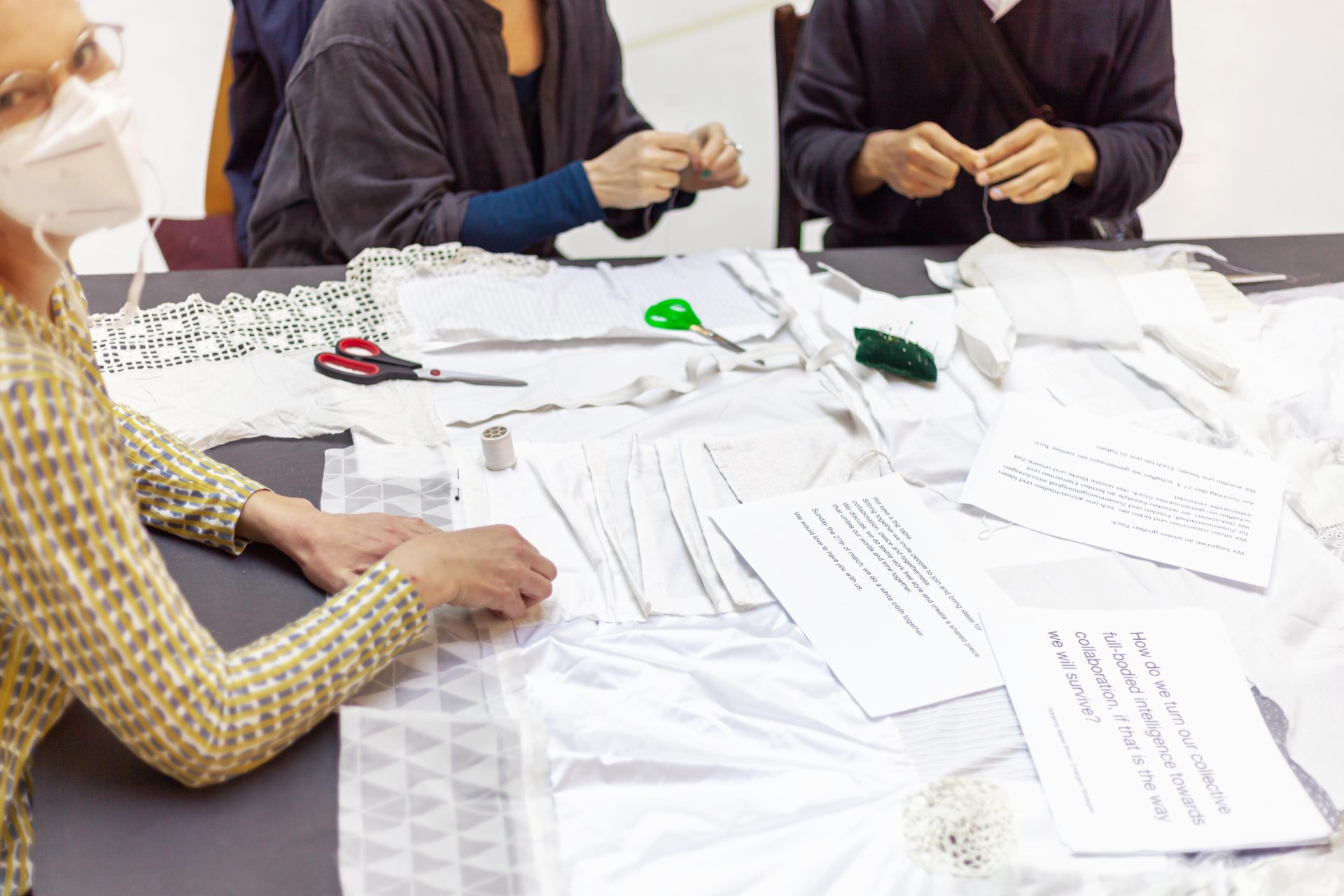
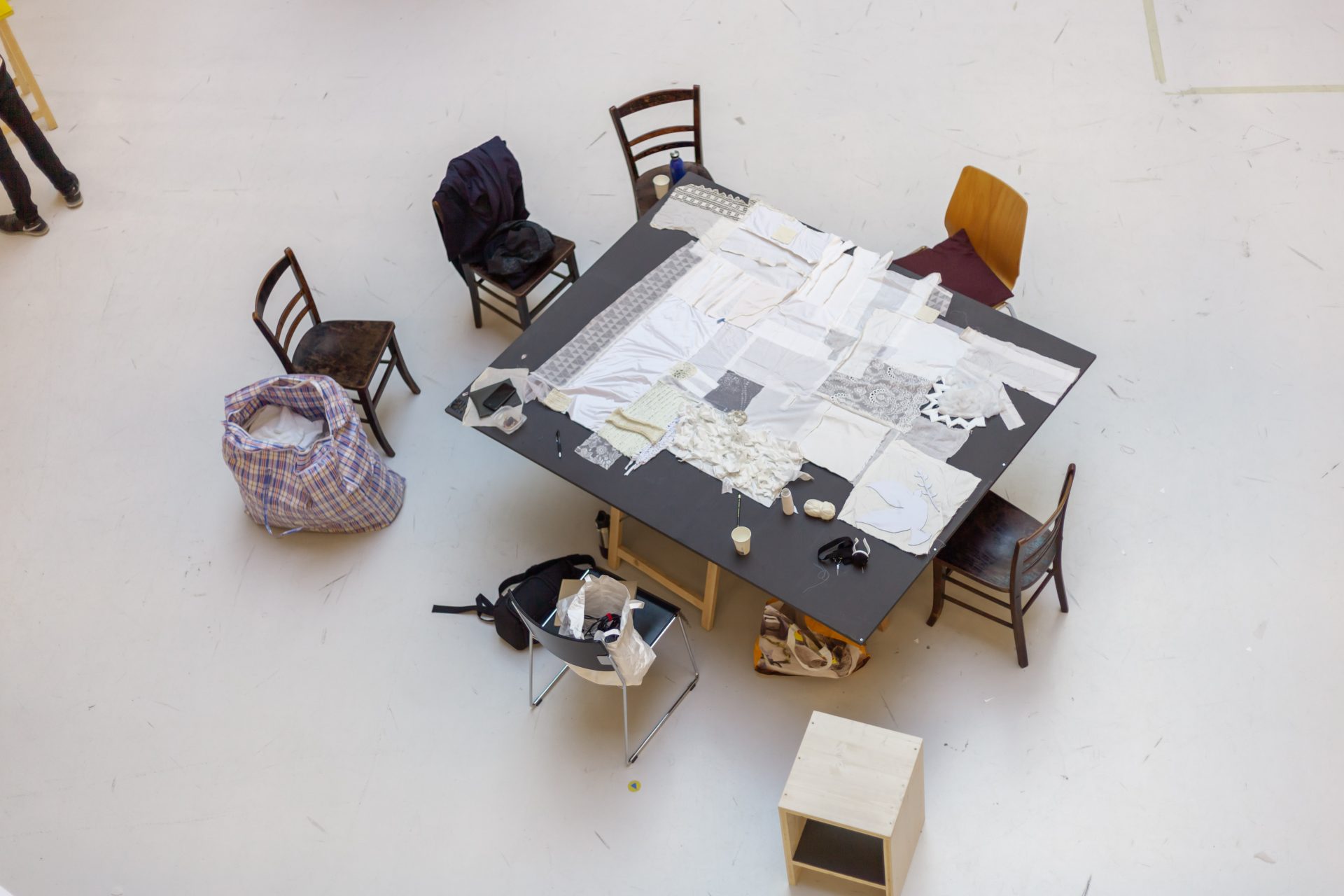

 Founded in 1994, Burren College of Art is located in the West of Ireland in the rural region of the Burren – an area famous for its natural beauty and unique ecosystem. We are an internationally recognized Irish non-profit college specializing in undergraduate, postgraduate and alternative approaches to fine art education. Our postgraduate programmes are accredited by the National University of Ireland, Galway and welcome students from all over the world. Our undergraduate programme is designed for students in North America who wish to study abroad in Ireland for one to two semesters. Our workshops and residency programmes welcome international practitioners, and our Creative Difference and Leadership programmes are designed to educate non-artists in the principles and procedures of creative processes.
Founded in 1994, Burren College of Art is located in the West of Ireland in the rural region of the Burren – an area famous for its natural beauty and unique ecosystem. We are an internationally recognized Irish non-profit college specializing in undergraduate, postgraduate and alternative approaches to fine art education. Our postgraduate programmes are accredited by the National University of Ireland, Galway and welcome students from all over the world. Our undergraduate programme is designed for students in North America who wish to study abroad in Ireland for one to two semesters. Our workshops and residency programmes welcome international practitioners, and our Creative Difference and Leadership programmes are designed to educate non-artists in the principles and procedures of creative processes. Dipartimento Design Laba Firenze
Dipartimento Design Laba Firenze Scientific Director: Ingrid Paoletti (Professore Associato in Tecnologia dell’Architettura)
Scientific Director: Ingrid Paoletti (Professore Associato in Tecnologia dell’Architettura)